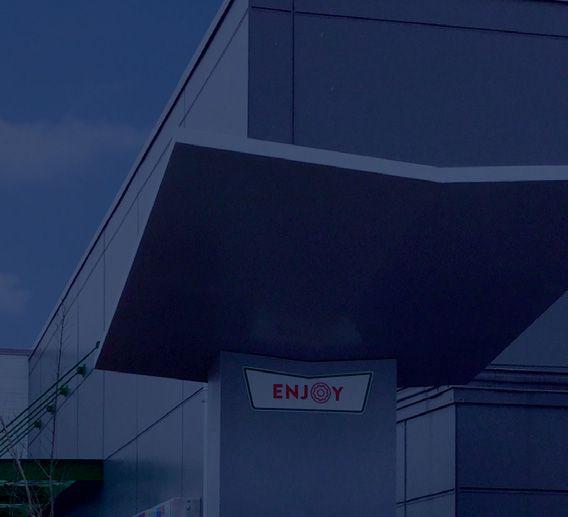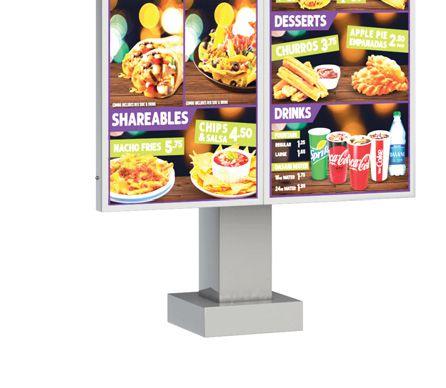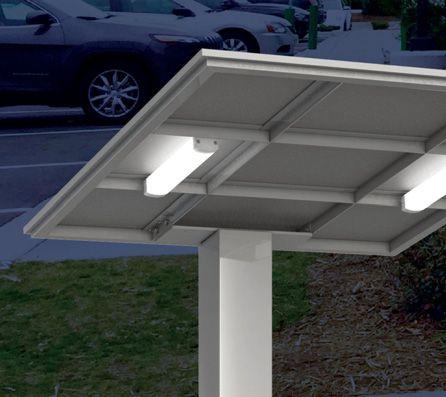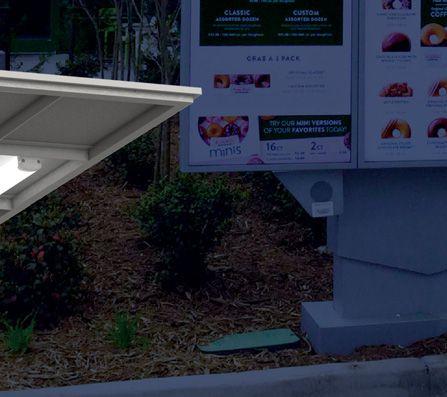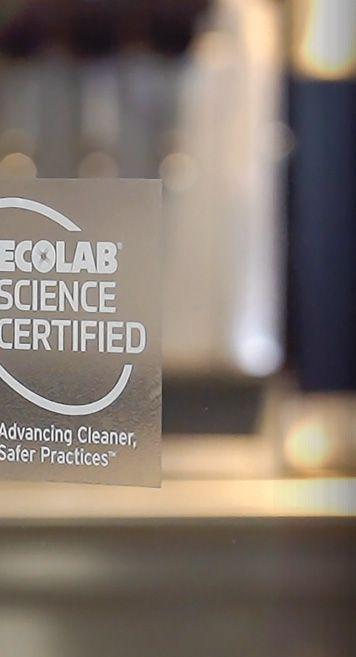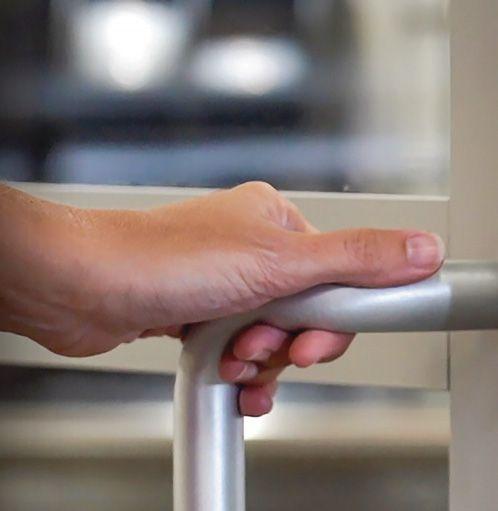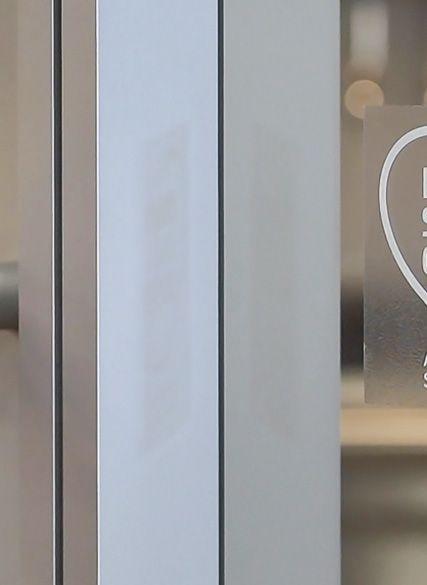






















































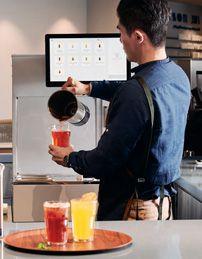
OLD WISDOM HAS NOTED that the restaurant industry was slow to adapt to certain technologies. The digitization of, well, everything was slow and steady process playing out during the 2000s and 2010s. And then the dam broke. The COVID-19 pandemic necessitated a reexamination of every aspect of restaurant operations, large and small. New equipment, technology, and digital solutions were rolled out fast and furious, all with the aim of helping restaurants become more efficient. The following pages detail the ways many tech brands and vendor partners are seeking to help restaurants achieve those efficiencies in any way they can. The hope is that these company profiles will give operators good starting point in regard to which industry partners might be worth reaching out to, as there’s no time like the present to join the future of the industry. Restaurant Equipment & TECHNOLOGY 2022 50 Acrelec 52 Bite Kiosk 54 Botrista 56 ChargeNe 58 Ecotrak 60 Envysion 62 Frontline International 64 Hellomete 66 Intelliho 68 Loomis 70 Peerless-AV 72 R.F Technologies, Inc. 74 Science On Cal 76 Welbilt 78 Xenia BOTRISTA FRONTLINE INTERNATIONAL HELLOMETER PEERLESS-AV 2 JANUARY 2022 | QSR | www.qsrmagazine.com
EDITORIAL
EDITORIAL DIRECTOR, FOOD NEWS MEDIA: Danny Klein danny@qsrmagazine.com
MANAGING EDITOR, FOOD NEWS MEDIA: Nicole Duncan nicole@qsrmagazine.com
DIRECTOR OF CUSTOM CONTENT: Peggy Carouthers peggy@qsrmagazine.com
CUSTOM CONTENT ASSOCIATE EDITOR: Charlie Pogacar charlie@qsrmagazine.com
CONTENT EDITOR: Ben Coley ben@qsrmagazine.com
STAFF WRITERS: Suzanne Blake Suzanne@qsrmagazine.com Trevor Griner Trevor@qsrmagazine.com

ART & PRODUCTION
ART DIRECTOR: Tory Bartelt tory@qsrmagazine.com
ONLINE ART DIRECTOR: Kathryn “Rosie” Rosenbrock rosie@qsrmagazine.com
GRAPHIC DESIGNER: Erica Naftolowitz erica@qsrmagazine.com
PRODUCTION MANAGER: Mitch Avery mitch@qsrmagazine.com
ADVERTISING 800.662.4834
NATIONAL SALES DIRECTOR // EXTENSION 126 : Eugene Drezner eugene@foodnewsmedia.com

NATIONAL SALES MANAGER // EXTENSION 149 : Edward Richards edward@foodnewsmedia.com
NATIONAL SALES MANAGER // EXTENSION 141 : Amber Dobsovic amber@foodnewsmedia.com
NATIONAL SALES MANAGER // EXTENSION 148 : John Krueger john@foodnewsmedia.com
SALES SUPPORT // EXTENSION 124 : Tracy Doubts tracy@foodnewsmedia.com
CIRCULATION WWW.QSRMAGAZINE.COM/SUBSCRIBE
CIRCULATION COORDINATOR: N. Weber circasst@qsrmagazine.com
ADMINISTRATION
GROUP PUBLISHER, FOOD NEWS MEDIA: Greg Sanders greg@foodnewsmedia.com
PRESIDENT: Webb C. Howell
MANAGER, IT SERVICES: Jason Purdy

ACCOUNTING ASSOCIATE: Carole Ogan
ADMINISTRATION
800.662.4834, www.qsrmagazine.com/subscribe
QSR is provided without charge upon request to individuals residing in the U.S. meeting subscription criteria as set forth by the publisher.
REPRINTS
THE YGS GROUP TOLL FREE: 800.290.5460
FAX: 717.825.2150
E-MAIL: qsrmagazine@theygsgroup.com www.qsrmagazine.com/reprints
Sponsored content in this magazine is provided by the represented company for a fee. Such content is written to be informational and non-promotional. Comments welcomed. Direct to sponsoredcontent@foodnewsmedia.com
FOOD NEWS MEDIA PROPERTIES

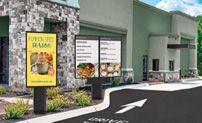


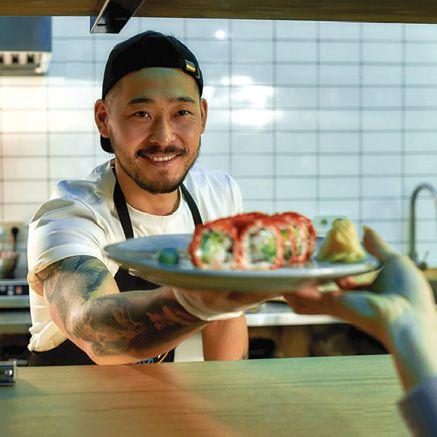
As I was trying to sort through the jigsaw that was my 2022 predictions article (page 30), one sentiment kept rearing up: The industry is worn out. Operators, executives, franchisees, frontline employees, suppliers, they’ve all worked to the tilt for months to make it. And just as demand began to flood seats and drive-thru lanes, brands faced macroeconomic pressures that exist behind the consumer curtain. Commodity inflation, labor struggles, just the reality it takes months to order a walk-in cooler. Personally, I’m still waiting on a couch I picked out in July.
Over the past year, 70 percent of hourly workers were new to Starbucks. While high turnover is nothing new to restaurants, this is a pretty staggering concept to consider. The Cheesecake Factory spent roughly $900,000 more than usual in Q3 due to training costs. These types of hurdles led managers, franchisees, even executives, to jump in and lend a hand. In October, some 50 percent of fast casual Piada’s workforce was in the trenches. The entire marketing team worked 10 shifts per week.
So yes, it’s not surprising the sector is burned out. Demand stormed back, restrictions lifted, and yet restaurants had to surrender to the fact they weren’t going to meet gold standards because they didn’t have the staff. It’s brought to boil buzzwords like automation, robots, AI, and every other tech fix imaginable. Although those are exciting opportunities and very tangible parts of this conversation, hospitality is always going to take people to deliver. And not just warm bodies, but employees who buy in and understand the playbook.
What I’ll say is this: Resiliency isn’t a

COVID theme—it’s why this industry endures. Someone once asked which legacy brand I figured might be gone in 10 years (why would I ever answer that?) My response was, do you realize how hard it is to kill a fast-food chain? White Castle and A&W have been here for 100 years. Dickey’s 80. Jack in the Box 70. Etc.
Keep innovating. Keep engaging and listening to customers. One of the positives of this climate is that it’s opened up ample channels between diners and brands. Mainly on the digital front. There’s more access to data than ever, and more chances to track patterns than pre-COVID. Follow guests’ lead.

For us here at QSR, we’re not going to let up, either. As people nice enough to follow me on social media know, this has been a crazy year on my end. I lost my father, my dog of 15 years, stepped into this role, and am getting ready for a second child, who is due later this month. I’m not sure I’ve caught my breath long enough to take stock of how much has happened, so quickly. And I’m positive many of you can say the same. While I don’t know when the pandemic will slow, when labor and supply will recalibrate, I can say with certainty that people are going to wake up tomorrow hungry. How that happens, where it happens, and which brands answer the call best, is up to you. But the chance ahead is arguably greater than it’s ever been. This year is when it all happens.
Danny Klein, Editorial Director






It’s been a challenging— and exhausting—stretch, but opportunity still waits for those ready to chase it.




















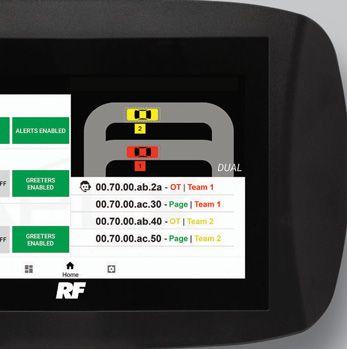
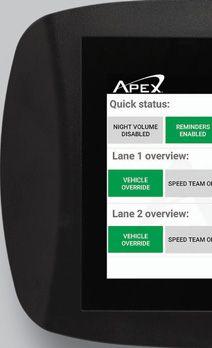


7-Eleven is ready to take one futuristic innovation to the road.
IN DECEMBER, 7-ELEVEN BEGAN to serve cusomers in Mountain View, California, via autonomous delivery with Nuro. The company said it marked the first autonomous commercial delivery in the state. Guests could order through the 7NOW delivery app to have their products delivered via bot.
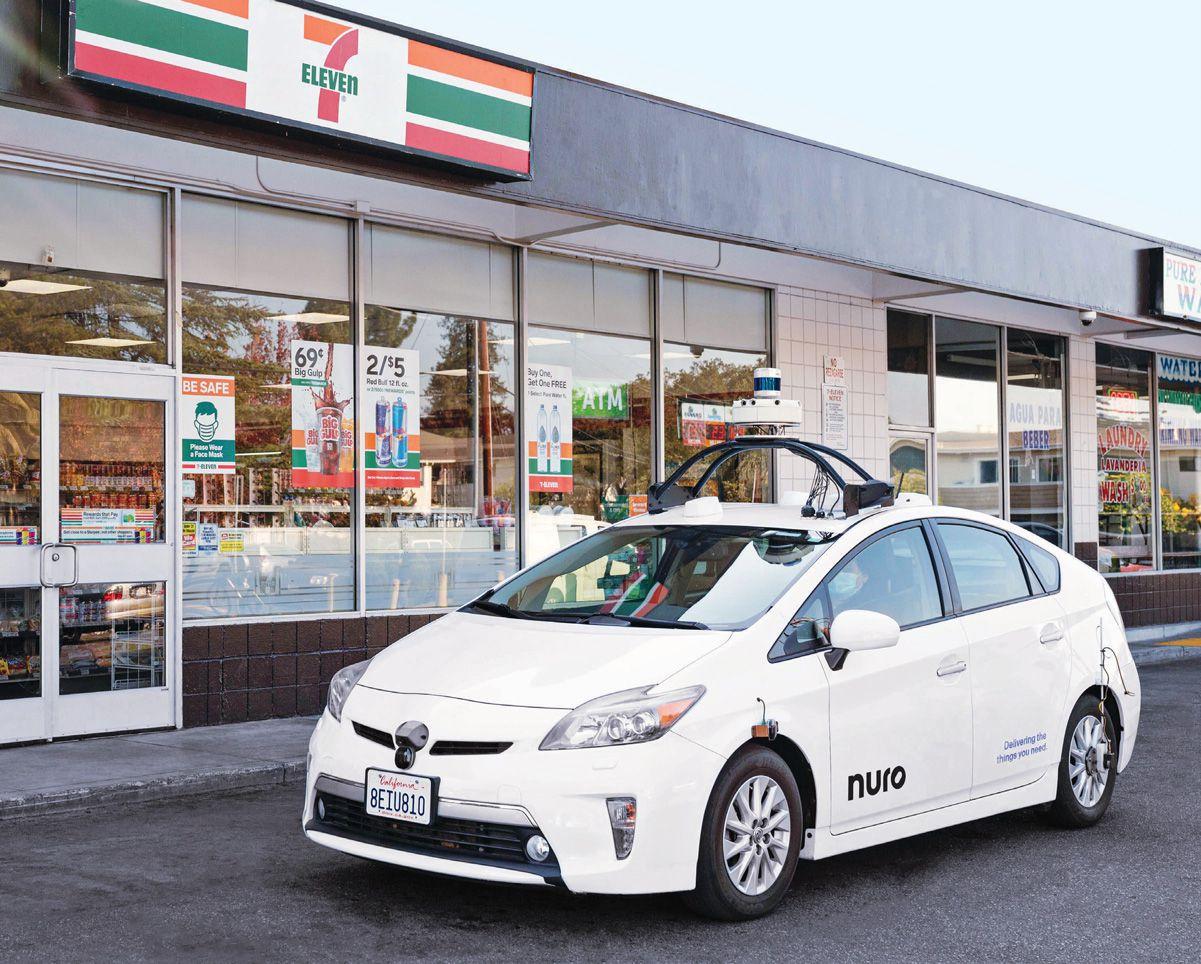
Nuro began the delivery service with its autonomous Priuses and plans to later introduce R2 bots, the company’s autonomous robots that are custom-built to transport products and goods without any occupants in the vehicle. “7-Eleven has owned and defined convenience since 1927,” says Raghu Mahadevan, the company’s chief digital officer.
“Our first foray into autonomous delivery was in 2016 when 7-Eleven became the first retailer in the U.S. to make a drone delivery to a customer’s house. Since then, we haven’t stopped looking for ways to redefine convenience for our customers inside and outside the four walls of our stores.”
The idea of self-driving cars isn’t sci-fi anymore.Restaurant deals arrived frequent and frantic in 2021, especially on the franchising side.

FAT Brands alone scooped up four transactions in five months, spending some $892.5 million. Will that activity persist into 2022? The Restaurant Finance group at Mitsubishi UFJ Financial Group (MUFG) isn’t so sure. Here’s a collection of quotes from their look-ahead report as we chart into a new year.
The M&A pullback:
“Despite strong sales, most restaurant companies have seen their margins erode because of higher food, fuel, labor and transportation costs. Additionally, they face increasing difficulty in hiring staff amid persistent labor shortages, which will pose a financial burden as restaurant companies try to draw new workers and retain existing ones in a labor market that is demanding higher wages and being more selective in choosing employers.”
“ The M&A market depends on a well-capitalized banking system flush with liquidity, which we currently have, but cash flow—and the price acquirers are willing to pay for that liquidity— are the primary drivers that attract buyers, so unless we see an improvement in margins, we expect the pullback to be significant.”
—NICK COLE , HEAD OF RESTAURANT FINANCE AT MUFGAggressive financing realities are shaky:
“In addition to vacancies for waiters, cashiers and kitchen staff, restaurants have had to cope with the effect of supply interruptions and worker scarcity among commodity producers and transporters that pushed up labor and food costs.”
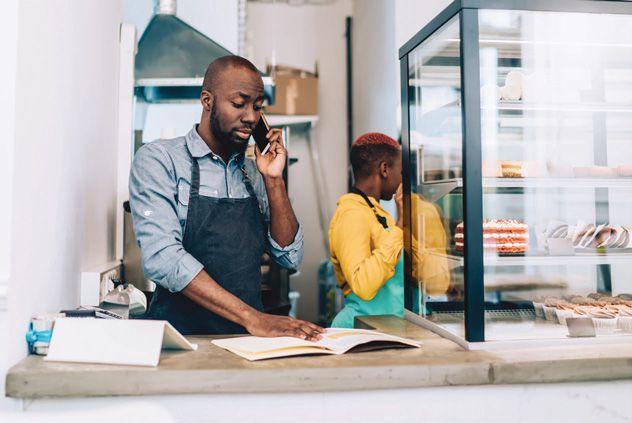
“Since it’s not enough to just offer higher salaries, restaurant businesses will need to consider a range of enhancements to their benefits packages and employment offerings—from health benefits to flexible work schedules—that would raise costs as well.”
“Financing conditions for restaurants are still benefiting from a healthy supply of capital and record financial performance—particularly among quick-service establishments and restaurant operating companies—from the second quarter of 2020 through the second quarter of this year. For now, banks continue to accept a higher leverage profile among borrowers and offer loose amortization, pricing and covenant terms.”


“Restaurants are evolving their digital platforms to offer customers the ability to order food from anywhere and on the go. Onsite digital kiosks in certain establishments now come in the form of proprietary or third-party apps on a mobile device in everyone’s hand.”
“Over the long run, we believe you’ll see restaurants shrinking in size to reflect smaller onsite patronage but better built to support off-premise business.”
— QUINN HALL , WHO LEADS LOAN UNDERWRITING AND PORTFOLIO MANAGEMENT AT MUFG

Defendants Amick Farms, LLC, Fieldale Farms Corporation, George’s Inc. and George’s Farms, Inc., Mar-Jac Poultry, Inc., Mar-Jac Poultry MS, LLC, Mar-Jac Poultry AL, LLC, Mar-Jac AL/MS, Inc., Mar-Jac Poultry, LLC, and Mar-Jac Holdings, Inc., Peco Foods, Inc., Pilgrim’s Pride Corporation, Tyson Foods, Inc., Tyson Chicken, Inc., Tyson Breeders, Inc., and Tyson Poultry, Inc. (collectively, “Settling Defendants”) have agreed to Settlements side is right.
AM I INCLUDED?
WHAT DO THE SETTLEMENTS PROVIDE?
the case. The Settling Defendants have also agreed to certain types of cooperation in the pursuit of claims against the other non-Settling Defendants and certain Settling Defendants have agreed to injunctive relief.
HOW CAN I GET A PAYMENT? have
WHEN WILL I GET A PAYMENT? appeals are
WHAT ARE MY RIGHTS?
more of
THE FINAL FAIRNESS HEARING? Court for this case.


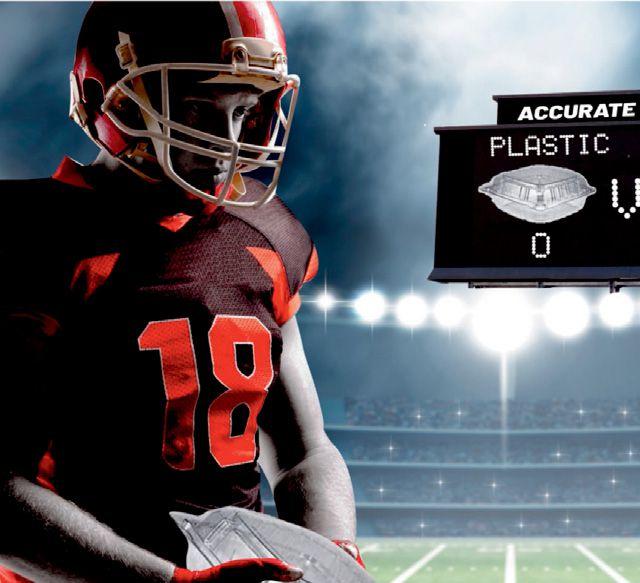
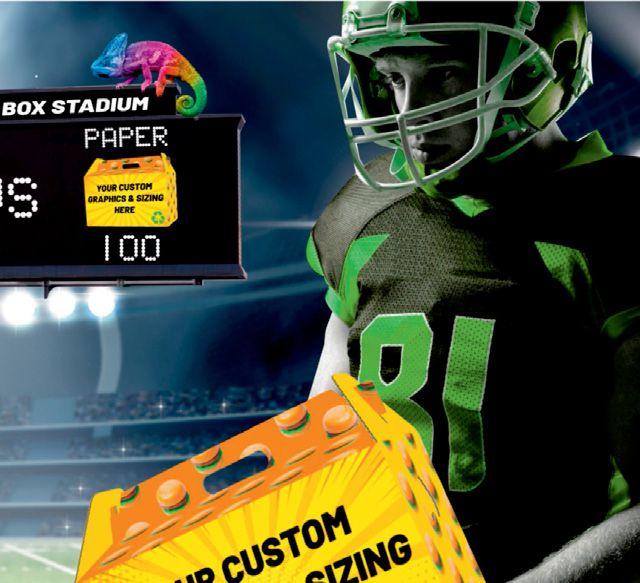




Many restaurants pared down offerings when COVID hit, including McDonald’s, but should it stay that way?

 BY SUZANNE BLAKE
BY SUZANNE BLAKE

COVID-19 presented a constant torrent of dilemmas for restaurants, and it sparked a variety of profit-saving strategies in response. Creating a leaner menu to drive lower operational costs was one of them.
McDonald’s did it. As did Taco Bell. And even as the industry moved away from the pandemic’s initial blow, plenty of operators continued running smaller menus. The reasons were numerous: traffic remains challenged; restaurants are struggling to access prior distribution models; and the labor shortage hasn’t made preparation or execution any easier in the kitchen. It takes more time and
oversight to train new employees, especially with larger menus.

Additionally, in the COVID era, consumers appear less concerned about a vast range of offerings and more focused on convenience, says Tom Cook, a co-principal at consultancy KingCasey.


“They’ve actually relaxed the expectations in many respects with these [quick-service] and fast-casual restaurants because they know that COVID has impacted them and so they’re more willing to accept and recognize that certain items aren’t available,” Cook says.

Should menu cuts have been on the agenda anyway for restaurant chains, pandemic notwithstanding? Gary Stibel, founder and CEO of the New England Consulting Group, believes so.
“The restaurant industry has an infectious disease, which is known as menu proliferation,” he says.
Stibel says brands can benefit from reducing 10–15 percent of menu offerings with only minimal damage to consumer sentiment. The only person who will notice, Stibel says, is the CFO when they see an uptick in profits.
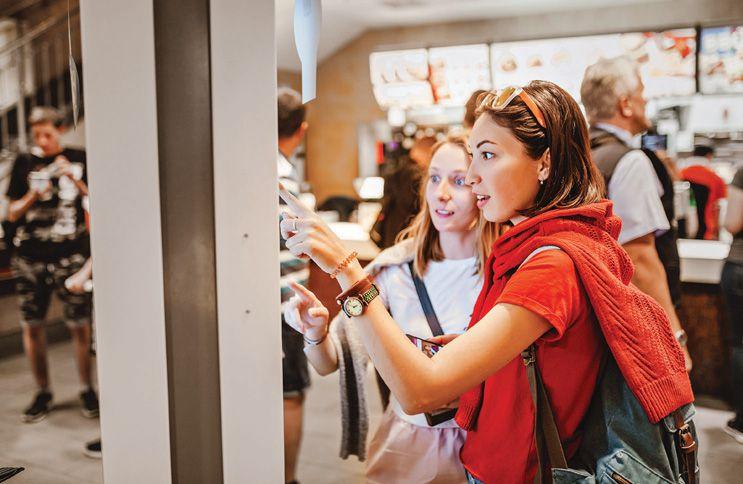
He adds there is an optimal point of variety, but too much choice is bad for the restaurant and the guest, because of decision paralysis.
COVID, for its countless negatives, did provide an opportunity to simplify operations and improve profitability, Stibel says. Even still, he predicts restaurants will return to previous habits of larger, more complex menus when supply chain and COVID issues resolve. But he’s not sure they should.
“Our philosophy is ‘put your menu on a diet,’” Stibel says. “Many diets are healthy for restaurants the way human diets are healthy for humans. Put your menu on a diet. Simplify operations in your kitchen. Simplify choice for your guests, and eliminate a lot of the waste that is created by an overly complex menu.”
Stibel’s view is the vast majority of consumers haven’t even noticed menu reductions of late. The ones who do are typically disappointed, but understand the climate. There’s only a small minority who will actually choose to go somewhere else. Yet is that a delicate balance?
Hartman Retainer Services Vice President Melissa Abbott observed consumer behaviors throughout the pandemic. She says while, initially, consumers experienced disappointment when their local and chain restaurants cut down some favorites, they kept the larger issues in mind.
After all, restaurants were rushing to provide menu items that traveled well. But now, diners are looking for something in
a restaurant’s menu offerings that go beyond the day-to-day, Abbott says. And over time, they are becoming less lenient and more frustrated as cuts continue, she adds.
Some consumers want items from full menus that remind them of when life was more normal.
“That’s what food does for us as humans,” Abbott says. “So there is much less understanding across the board. Customers are feeling like, ‘why doesn’t the foodservice operator have it together at this point?’”
There might be strategies to strike a balance between menu cuts and the efficiency gains that follow, and satisfying customers with a range of options they can’t get elsewhere or make at home.
Perception of choice is key, Abbott says. That could mean cross-fertilizing ingredients from one section of the menu to another, yet making it look like different options—something Taco Bell has long been a master of.
“We’re seeing more simplification in terms of things like bowls and sandwiches,” Abbott says. “But with that, though, there’s that level of expectation that there has to be something about that dish that is elevated to some extent.”
Cook says menu optimization is going to remain key in light of operating dynamics.
“If anything, they’re getting worse,” he says of supply and labor challenges, “so I would be recommending to our clients to try and go with a simplified menu. There’s a way to strike a balance with that if you think of it on a continuum.”
One silver lining of the pandemic is that consumers have become more adept at using technology to access food. Alongside that, channels to engage with customers are getting stronger. Abbott says being able to listen to guests through social media is a way to enhance the relationship, and restaurants are exploring how to make that process less transactional and more personal. This can help dictate menu changes, too.
“If you’re going to have fewer items on your menu, there has to be something within that each offering that is going to really reflect this idea of premium convenience to the consumer,” Abbott says, adding that may be a global flavor inclusion in a format that’s familiar or something else. “Get variations and texture to really appease that consumer who’s looking for that sense of discovery.”
Consumer demands concerning menu items may reflect the shift illuminated by the 2021 QSR magazine Drive-Thru Study. Speed of service is no longer the tell-all value to display consumer satisfaction in drive-thru—convenience is. This is true about menus as well, Cook says. It comes down to the fact that consumers are willing to deal with less offerings as long as the convenience element is there.
“I think that many of these behaviors that have really changed are going to be lasting over time,” Cook says. “This might be one of them, the acceptance of these more cut back menus just because convenience is so important now.” q










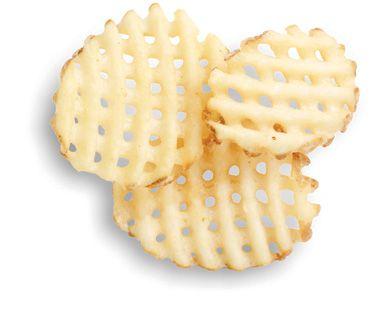


the entire brand and expand it to about 20 countries and more than 1,500 locations, mostly in Asia-Pacific. Some examples include Cambodia, Taiwan, the U.K., Vietnam, Canada, Japan, Indonesia, Mexico, Australia, Singapore, and New Zealand.
Then, in the back half of 2019, TA Associates—a Boston-based private equity firm that’s raised $47.5 billion in capital since its founding in 1968—bought the bubble tea chain. Its goal was to continue the climb started by Berry.
Beforehand, domestic expansion was supported by the Taiwan corporate office, but in an effort to accelerate growth in North America, TA Associates installed a team comprising staff based in the U.S. and the U.K.
Sternburg, who joined the brand in September 2020 after nearly 26 years of executive and managerial roles at Dunkin’ Brands, says the concept sees a pathway toward 500 U.S. stores by 2025.
FOUNDERS: Gong Cha was established in Taiwan by two friends, Frank Huang and Super Wu, who opened the first store in 2006. In 2012, venture capitalist Martin Berry acquired the franchisor of Gong Cha and is credited with the global rise and growth of the brand.

JOINT GLOBAL HEADQUARTERS: Seoul, South Korea and London, U.K.
U.S. HEADQUARTERS: Boston, MA
YEAR STARTED: 1996
ANNUAL SALES: $350M (2020 estimated in U.S.)

TOTAL UNITS: 1,666 as of November 15, 2021
FRANCHISED UNITS: 744 as of November 15, 2021
Boba, boba tea, milk tea, bubble milk tea, tapioca milk tea—all of them are descriptions of a product that will be “the next thing that is just going to resonate with people,” says Andrew Sternburg, chief development officer of bubble tea concept Gong Cha.
Market research firm Fortune Business Insights valued the global bubble tea market at $2.02 billion in 2019, and projected it would reach $3.39 billion by the end of 2027, good for a compound annual growth rate of 7.2 percent.
Gong Cha has capitalized on this trajectory for years. After the first store debuted in 2006 in Taiwan, venture capitalist Martin Berry acquired franchising rights for South Korea in 2012 and later partnered with private equity firm Unison Capital to purchase
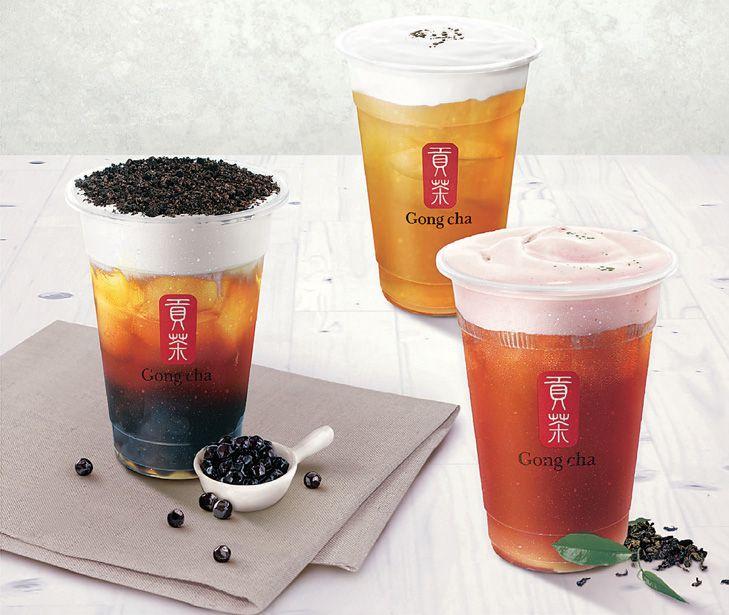
The brand already has a presence in California, Connecticut, Delaware, Florida, Georgia, Massachusetts, Maryland, North Carolina, New Jersey, Pennsylvania, Rhode Island, South Carolina, Texas, New York, Virginia, and Washington, D.C.
“[ TA Associates] said you guys are doing great in Asia, you’re the dominant powerhouse brand and there’s still huge growth opportunities in major Asian markets like Japan for example, even in South Korea where we have a huge presence there—still tremendous growth potential,” Sternburg says. “But they said, you opportunistically built out what you’ve done in America, but we need to be more strategic and more focused and more deliberate about how we approach the U.S. market.”
“It was just really taking a much more disciplined and strategic approach to not only franchising, but operational support and all of the means of





























When menu additions are made, like during the so-labeled “chicken sandwich wars,” they often involve new equipment purchases and an additional work station.
Wage pressures, long an issue before COVID, are now intensified. There simply aren’t enough employees seeking work in the foodservice industry anymore.
All of these factors stir a perfect storm for simple concepts to thrive, Birkinshaw says. There are many positives for a concept with a relatively no-cook kitchen, focused menu, and small labor needs.
Aloha Poke’s new franchisees frequently cite the brand’s simplicity as a top draw. Choosing a concept with highly desirable food for consumers without the fryer and grill is an asset, Birkinshaw adds.
It’s easier to attract and retain talent because there’s no cooking, a cleaner work environment, and that appeals to restaurant workers more than ever.
“I’m not just looking to diversify. I’m looking to simplify.”
When Chris Birkinshaw heard those words at a multi-unit franchise conference in Las Vegas this August, the notion crystallized for the Aloha Poke CEO. The franchisees in attendance weren’t just looking for concepts to add on—they were thinking through complexity in a new light.
And it’s a trend surfacing sector-wide as restaurants emerge from COVID. Aloha Poke is seeing it firsthand, Birkinshaw says. The company is fielding interest from potential operators, all of whom hope a poke concept will simplify their portfolios.
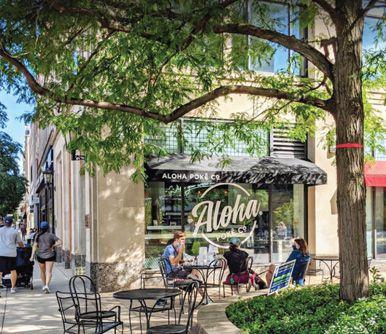
Mainly, a rush toward lower operational costs, leaner operations, shorter food production lines, and less of a reliance on a large staff.
Why this is happening isn’t complex. The restaurant industry is battling a host of issues right now: the labor shortage and supply chain dilemmas at the forefront.
Reports of Starbucks running out of key menu items circulated this summer, with the brand putting at least 25 items on “temporary hold.” Meanwhile, McDonald’s abandoned its all-day breakfast and salad menu items early on.
The rush toward simple concepts is not exactly new, but the pandemic exacerbated it. During the 20 years Birkinshaw has been in the business, he’s witnessed the emergence of fast casual as restaurants grew more modern builds with streamlined menus and stronger customer engagement.
The original fast-food quick-serves improved in light of this, and categories started to merge.
Now, brands with hyper-focused menus are executing well, with less worries over a vast array of ingredients, as is the case with Aloha Poke.

Poke bowls are customizable, portable, and healthy, three things more and more consumers, especially millennials and Gen Z, are looking for. But Aloha Poke stands out as a simple concept because poke bowls, first and foremost, do not rely on excessive “cooking.” Birkinshaw says he continues to hear the franchisee circle note they’re tired of cooking.
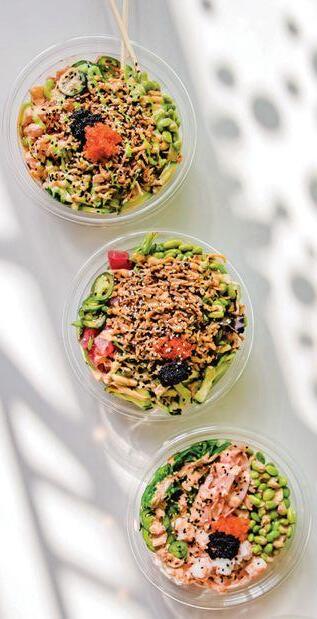
“To have a restaurant concept like ours, where very little actual cooking is involved for something that is a complete meal and not a snack, is, I think, truly unique,” he says.
Atlanta-based franchisee Randy Elias is an Aloha Poke franchisee leaning into the power of a simple brand. He’s been a Moe’s franchisee and owner/operator since 2004
Texas Pete® lets your customers kick up the flavor for their drive-thru, take-out, dine-in or delivery. Factory sealed for safety, there are four exceptional flavors that can fit any cuisine. Texas Pete® 1 oz. Dipping Cups are part of reviving sales in four important avenues of your business.



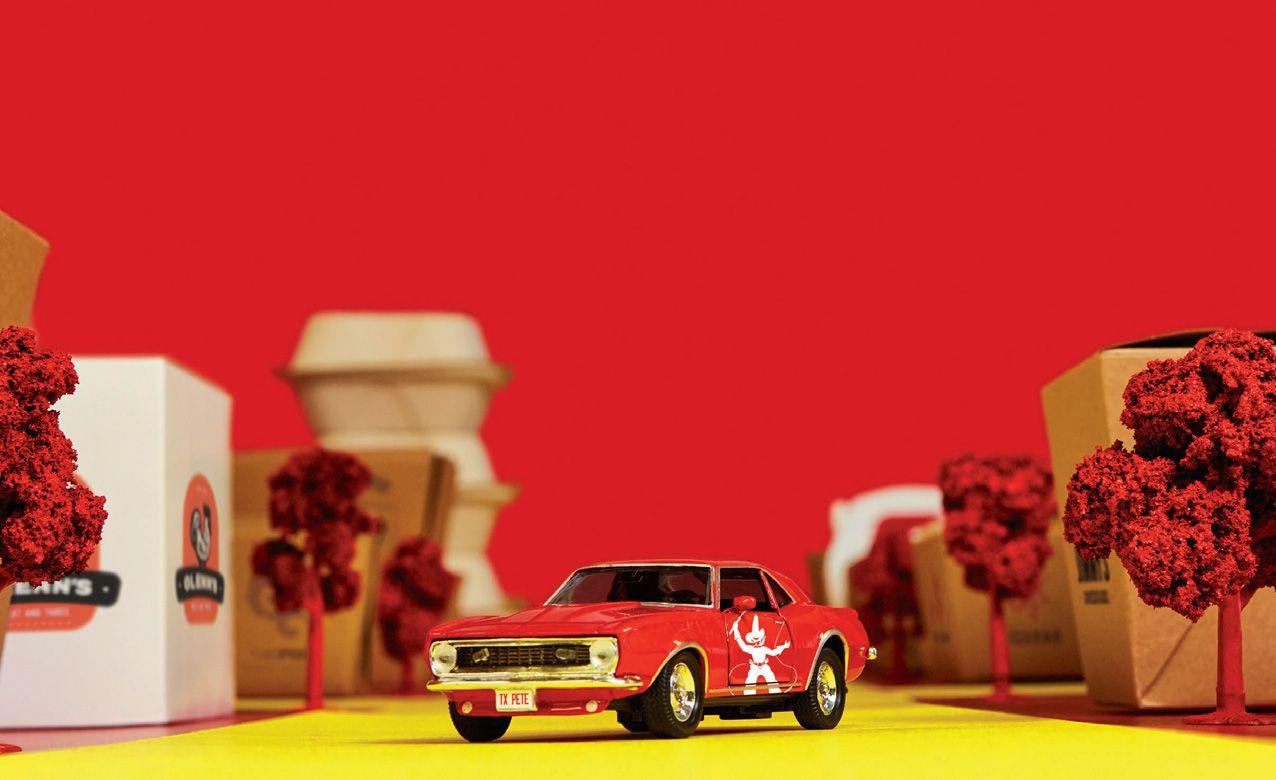





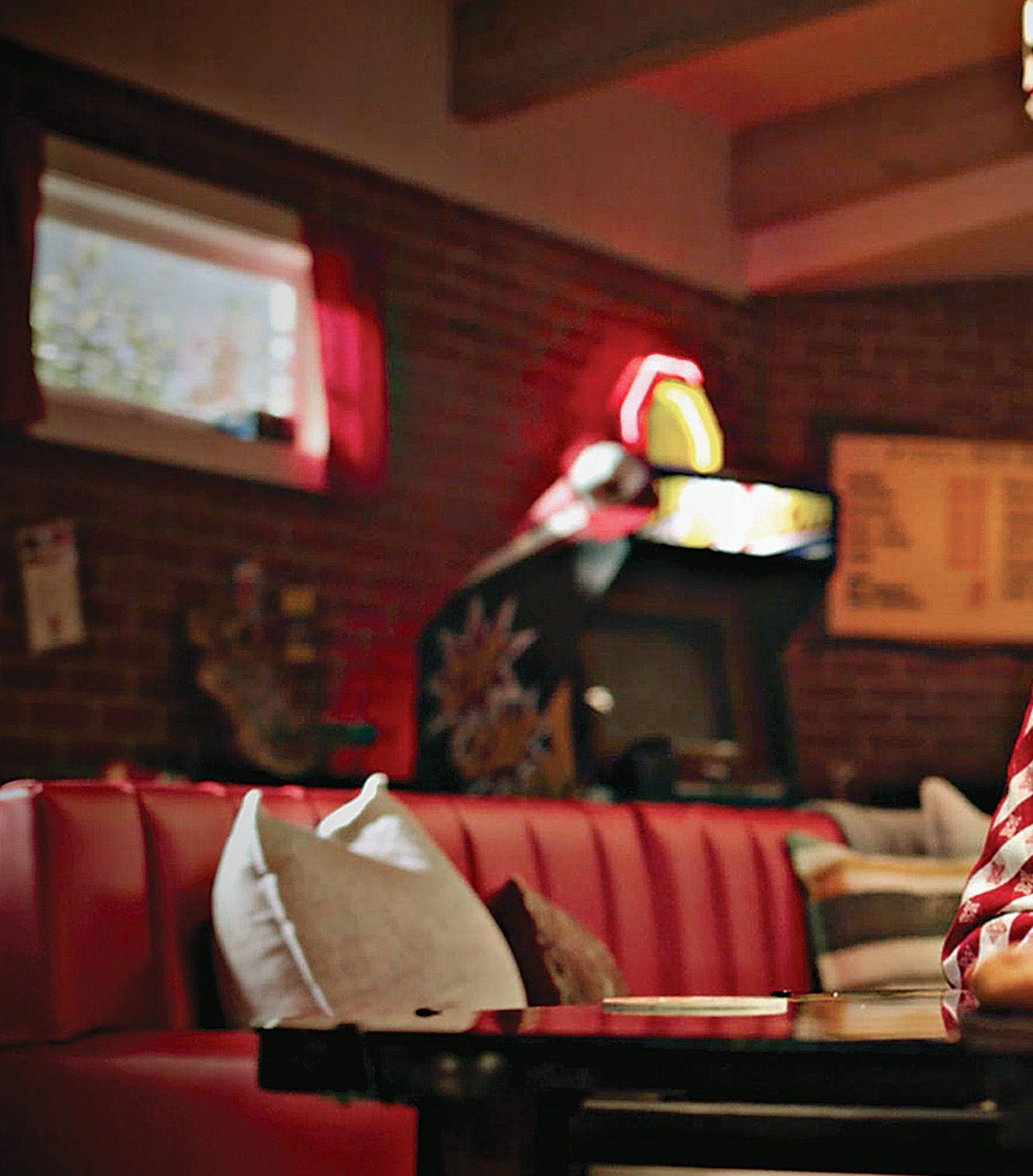
AND FURTHER PROOF THAT LISTENING TO CUSTOMERS
AND FRANCHISEES CAN MA KE ALL THE DIFFERENCE.
 BY DANNY KLEIN
BY DANNY KLEIN
Kevin Hochmans Pizza Hut playbook had grown to eight pages of notes. Yes, the system needed to evolve from a dine-in, “red roof” footprint to one with more carryout, delivery friendly “delco” stores. And improving four-wall economics was step one. But much of what Hochman jotted down rang familiar throughout the halls of Yum! Brands HQ. The KFC U.S. president stepped into Pizza Hut’s comeback project in winter 2020. With the chicken giant, he directed a “Re-Colonelization” plan that reexamined KFC through the lens of infusing life into an iconic chain, not shaking it up and starting anew. The company invested 100,000 hours of training on “colonel standards” and brought KFC’s quality back to the level people remembered. ¶ For Pizza Hut, it boiled down to an elementary question with a complex answer, and one not so different from KFC’s quandary. “When we were at our best, why was this brand so special?” Hochman says.


Hochman and David Graves, who also came over from KFC, where he served as director of marketing strategy and innovation, started searching for the answer at the birthplace of Pizza Hut’s journey. Along with franchisees, they explored the Pizza Hut Museum, housed in the original building where two Wichita State students, brothers Dan and Frank Carney, founded the chain in 1958. It kicked off a three-month “listening tour” across the map. Among the operational hurdles and real estate challenges Pizza Hut had to address, the brand simply needed a compass again.
“And that’s when we came up with this North Star—the ‘Pizza Lover’s Pizza,’” Hochman says. “This idea that we want to position ourselves the way we’ve always been positioned when we’ve been successful.”
Change has arrived quick and furious for Pizza Hut since, making it QSR ’s Transformational Brand of the Year, and that character held intact throughout. It’s anchored menu innovation, a “Newstalgia” campaign, COVID-19 response tactics, and even the communication between franchisees and corporate.
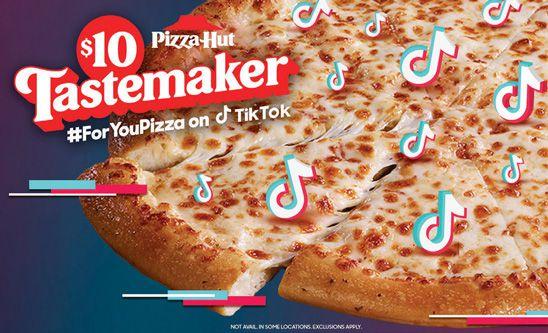
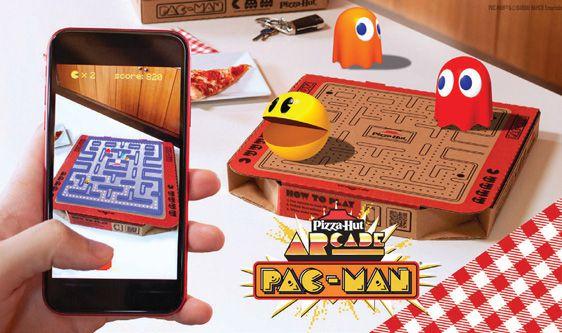
Before delving deeper into Pizza Hut path back, let’s take a status check. When Hochman and Graves joined the brand’s turnaround, domestic same-store sales had just declined 4 percent in Q4, year-over-year. Yum! cautioned investors Pizza Hut’s U.S. fleet could drop as low as 7,000 locations, which amounted to roughly 500 closures in a 24-month window. Globally, the brand shuttered 1,745 restaurants in 2020 ( it also opened 682 ) to end the fiscal year with 17,639 venues around the world— the lowest figure since Q3 2018.
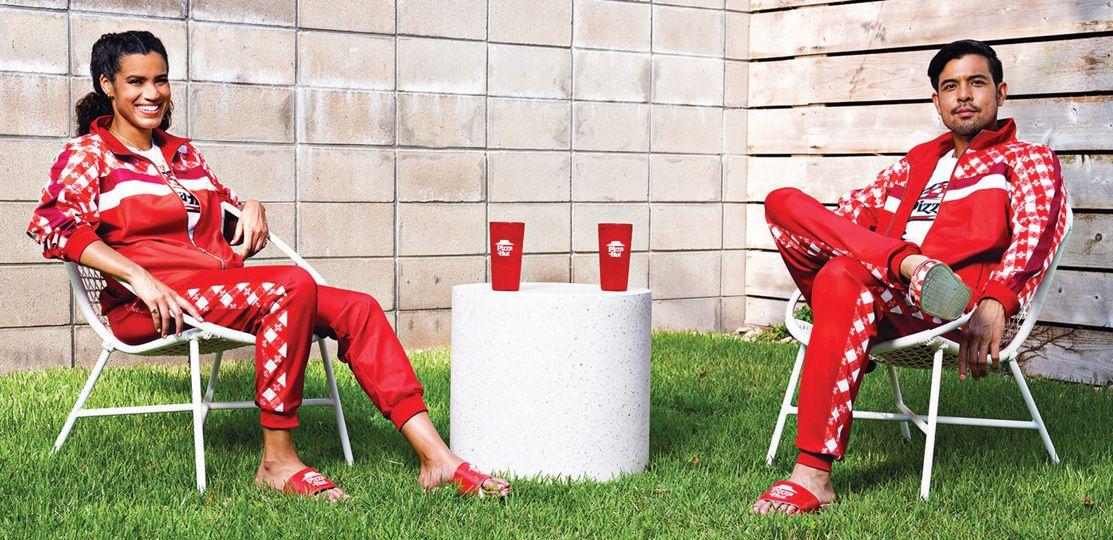
The main reason Pizza Hut slid was to accelerate a stateside transition to an off-premises-focused base. In October 2018, the gap between dine-in sales and sales from delivery and carryout was significant, with both the U.S. and international seeing a roughly 10-point differential. About half of Pizza Hut’s sales flowed from dine-in. Within three to four years, the company expected that to drop to 25 percent. And in the U.S., the conversion was even more pronounced, as dine-in sales declined to less than 10 percent of total take.
To put it plainly, the vibe changed dramatically in 2020, and

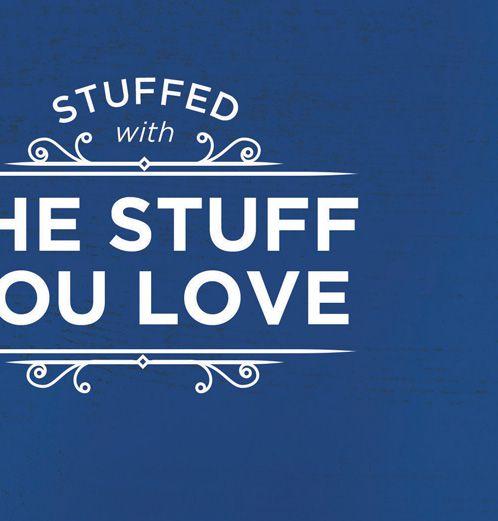

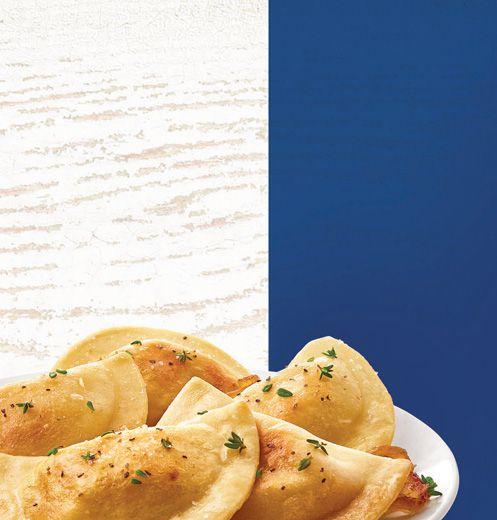


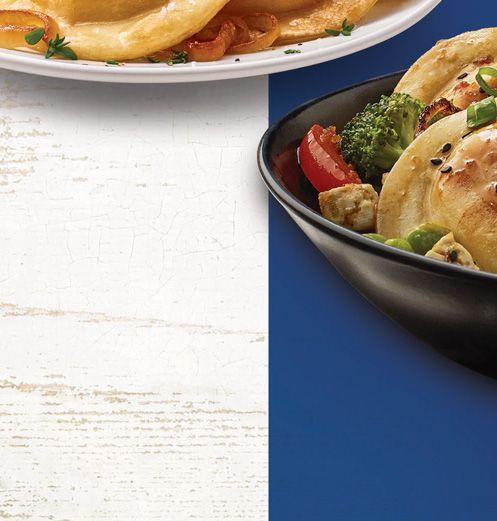
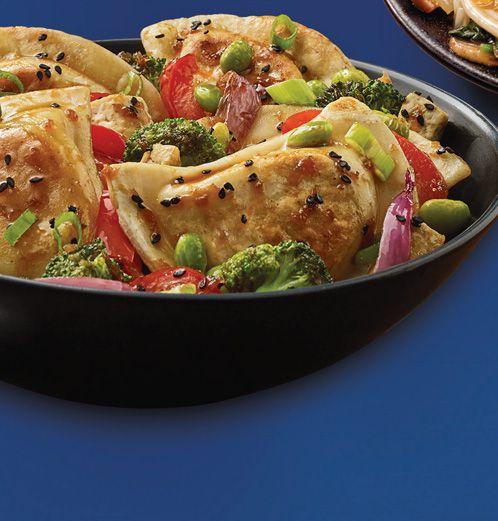
hasn’t let up. Pizza Hut’s U.S. division posted 2 percent samestore sales growth in Q3, announced in late October. Pulled back, it gave the brand an 8 percent two-year stack. And Pizza Hut’s off-premises channel was up 17 percent.
Additionally, over the past year, Pizza Hut International drove a significant inflection in its unit growth, going from negative net expansion to opening nearly 200 net venues in just Q3, or more than 300 better than a year ago.
KFC, off its comeback goals, pieced together eight years of growth. Hochman thinks this two-year spurt for Pizza Hut is just the opening act, “both in building new stores and growing the comps of our existing stores.”
Hochman entered his role as Pizza Hut’s interim U.S. president with two aims—restore the chain’s relationship and trust with franchisees, and layer momentum into the business. He’s leaving it confident that framework is in place.
On January 1, Graves succeeded him as president and Hochman resumed full-time duties at KFC. These moves solidified leadership under Pizza Hut CEO Aaron Powell, a KimberlyClark veteran who joined in September to fill a spot vacated in April by now-Topgolf CEO Artie Starrs. Regardless of the structure, though, the key is Pizza Hut’s core has been set.
“What are the types of pizzas they think our customers want?” Hochman says of the blueprint. “What are the things that make Pizza Hut so darn special and helped it last so many decades? And then, construct a plan with the franchisees on how we’re going to contemporize that. How are we going to take this into the 21st century, both in terms of the pizzas we sell, how do we go to market and how do we advertise, and the transformation in a business that’s going to do more and more sales off-premises.”
“And that’s where we hatched the strategy of we wanted to become America’s favorite pizza again,” he adds.
Beyond the immaterial, what did this mean? “If you look at what we’ve done that’s powered our growth during 2020 and now during 2021, we have the all-star lineup of pizzas,” Graves says. “Pizza Hut invented Pan Pizza [1980]. It invented Stuffed Crust Pizza [1995]. We invented the Supreme Pizza [1977 as the Super Supreme Pizza]. We were actually able to tap back into that all-star lineup and really advertise them and that has excited customers about the different types of pizzas and experience you can have with Pizza Hut.” (On a side, Pizza Hut actually started with thin-crust pizza, not pan, much to contrary opinion. The now-famous pan product was created with thicker dough that would travel better as off-premises became a larger part of Pizza Hut’s model )
Graves’ point is exactly why the company started to lean aggressively into hallmark innovations again. And why it led with new ones, as it historically always did—such as Detroit Style Pizza, an early 2021 LTO that sold out in a couple of weeks. Graves says the item was a collaboration with franchisees that returned Pizza Hut to yet another pillar: the ability to democratize major pizza trends for the masses.
Dressed down, Graves says, the goal is to bring “pizzas that people who love pizza want” to market. And to do so at moments where it’s relevant.
One of the first things Hochman and Graves tackled was
to refocus Pizza Hut’s promotional calendar to put guest favorites front-and-center. That included the return of its iconic, 24-piece “Big Dipper” in March 2020. On the innovation front, the chain introduced plant-based options with Beyond Meat that November.
How Pizza Hut is getting products to guests, however, is an example of where the intersection of nostalgia and modern have collided. The phrase “frictionless experience” has been in the restaurant dictionary as long as “fast food” has. But it’s webbed out of late out in myriad directions. For Pizza Hut, no matter how a guest wants to order, via phone app or website, the brand needed systems to run without a kink, Hochman says. Arguably, the pizza part was the easy and fluid angle. The frictionless tech, though, presented whitespace, Hochman says. “And that was really the start of how are we going to shift this business,” he says.
As noted, it was a plan already stirring from an asset standpoint. COVID just sent it into hyper drive. Pizza Hut claims it was the first national pizza chain to offer contactless pickup, which it did across America in mid-April 2020. The move came with new safety seals and by March, Pizza Hut fulfilled north of 50 million contactless orders via delivery and carryout.
The process, which speedily proliferated the sector, involved a customer pulling up, hitting a button on their phone, and having an employee run out and drop pizza in the trunk.
Eventually, it would lead the company to something else as well, which carries the potential to reset Pizza Hut’s convenience potential even further. At the end of March 2021, Yum! unveiled “The Hut Lane,” which is a dedicated digital order pickup window. Like Chipotle’s “Chipotlanes,” customers access the feature through Pizza Hut’s app or online (or by phone ), and drive to a dedicated window. No orderboard. Zero friction. Get your pizza without opening the car door.
Unlike Chipotle, however, Pizza Hut was able to flip the switch in 1,500 locations overnight. All it had to do was power restaurants to be digitally enabled so users could access the feature through the ease of their preferred devices.
In fact, Pizza Hut already had drive-thru windows in many restaurants. But they did very little business because people weren’t digitally connected, Hochman says. Once contactless curbside uncovered the opportunity and introduced guests to new channels, Pizza Hut jumped. “People wanted the convenience of staying in their car, but they wanted the speed of the conventional [quick-service restaurant] drive-thru,” Hochman says. “We said, why wouldn’t we take our app and enable those drive-thru windows and make them ‘Hut Lanes?’”
It was a unique moment, he adds. Recently, Hochman observed a competitor touting the speed of curbside. “But curbside in most restaurants just is not as fast as being able to run in and grab your food and run out,” he says.
In other terms, curbside doesn’t offer two sides of today’s golden token: the convenience and safety of contactless carryout, yet at the speed of drive-thru. “And that is what the Hut Lane is,” Hochman says.
Hut Lanes popped up in freestanding stores (not part of a strip mall ), as well as end caps. Flynn Res- CONTINUED ON PAGE 45
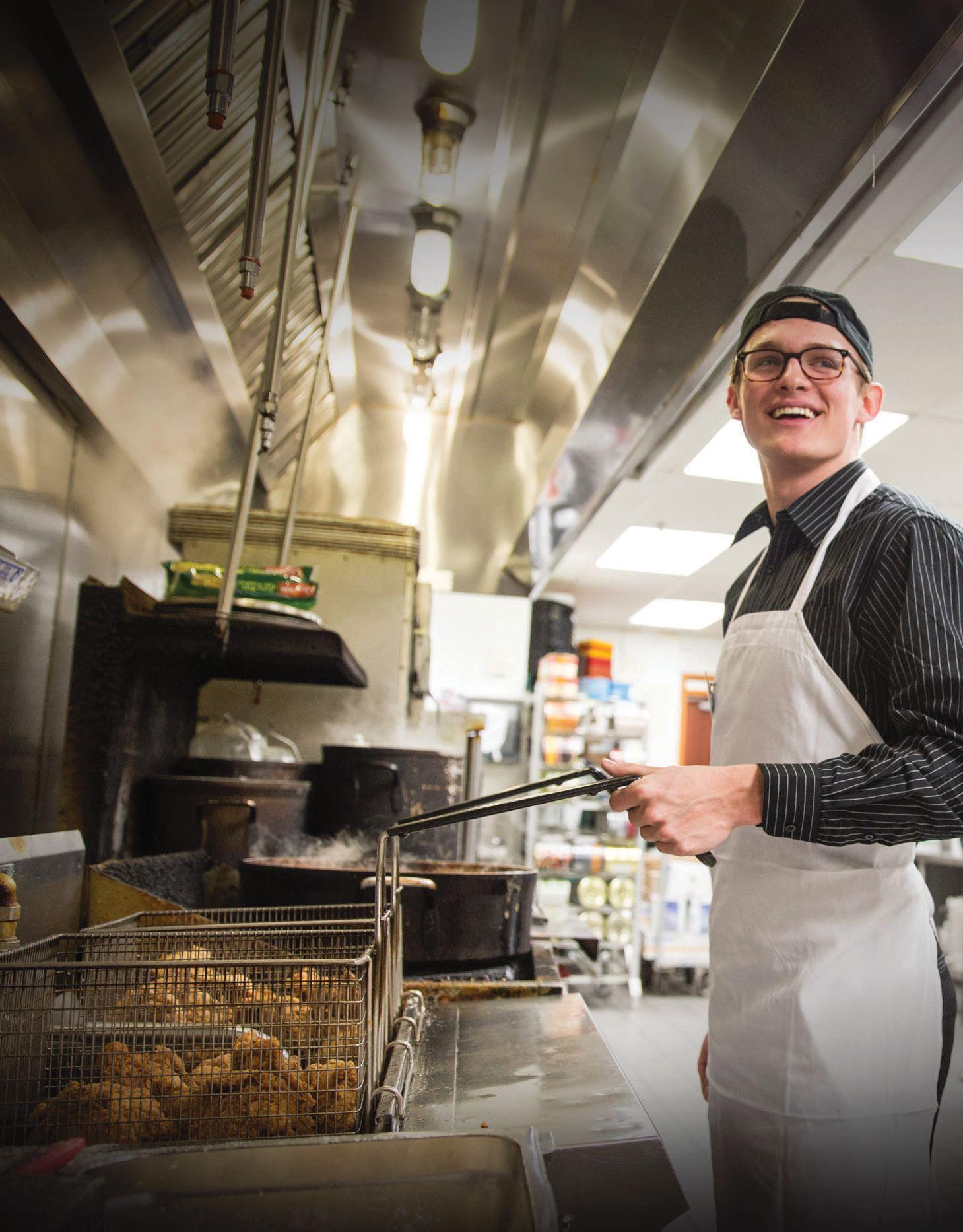

For Slim Chickens, the bar was set when franchising began nearly a decade ago reach 600 locations by 2025.


The proclamation was injected with more life after an equity investment in 2019 from 10 Point Capital, a firm that also backs fast-growing WalkOn’s, which saw its unit count expand by nearly 40 percent in 2020, and Tropical Smoothie Cafe, a chain that recently exceeded 1,000 stores.

“We really were able to speed up franchising and speed up franchise development,” says Tom Gordon, who co-founded the chain in 2003 with Greg Smart. “It allowed us to recruit more, hire more people, not be as constrained budget-wise when it came to payroll and executives and hiring and travel, and allowed us to really start moving around the country and doing the things we needed to do as a franchisor to really grow the business.”
But as Gordon explains, 150-unit Slim Chickens—QSR’s Breakout Brand of the Year for 2021—already “had a good fire going” before 10 Point Capital entered the business. The investment was really just a matter of pouring gasoline on the flames.
The Fayetteville, Arkansas-based fast casual grew from a little more than a dozen units in 2014 to north of 80 when the investment occurred. In 2015, the brand had 46 franchise commitments, and that expanded to 112, 180, 235, 334, and 477 over the next five years. Slim Chickens finished 2021 with more than 750 commitments and over 50 franchise groups.
The brand opened a record 23 stores in 2019, and still managed to debut 19 outlets during a pandemic-ridden 2020. Last year, Slim Chickens returned to its rapid pace with roughly 40 openings, but that high mark shouldn’t hold for long as the chain expects 50–70 units annually in the years beyond. Same-store sales lifted 14 percent in 2020, and the chain reached a similar level in 2021.
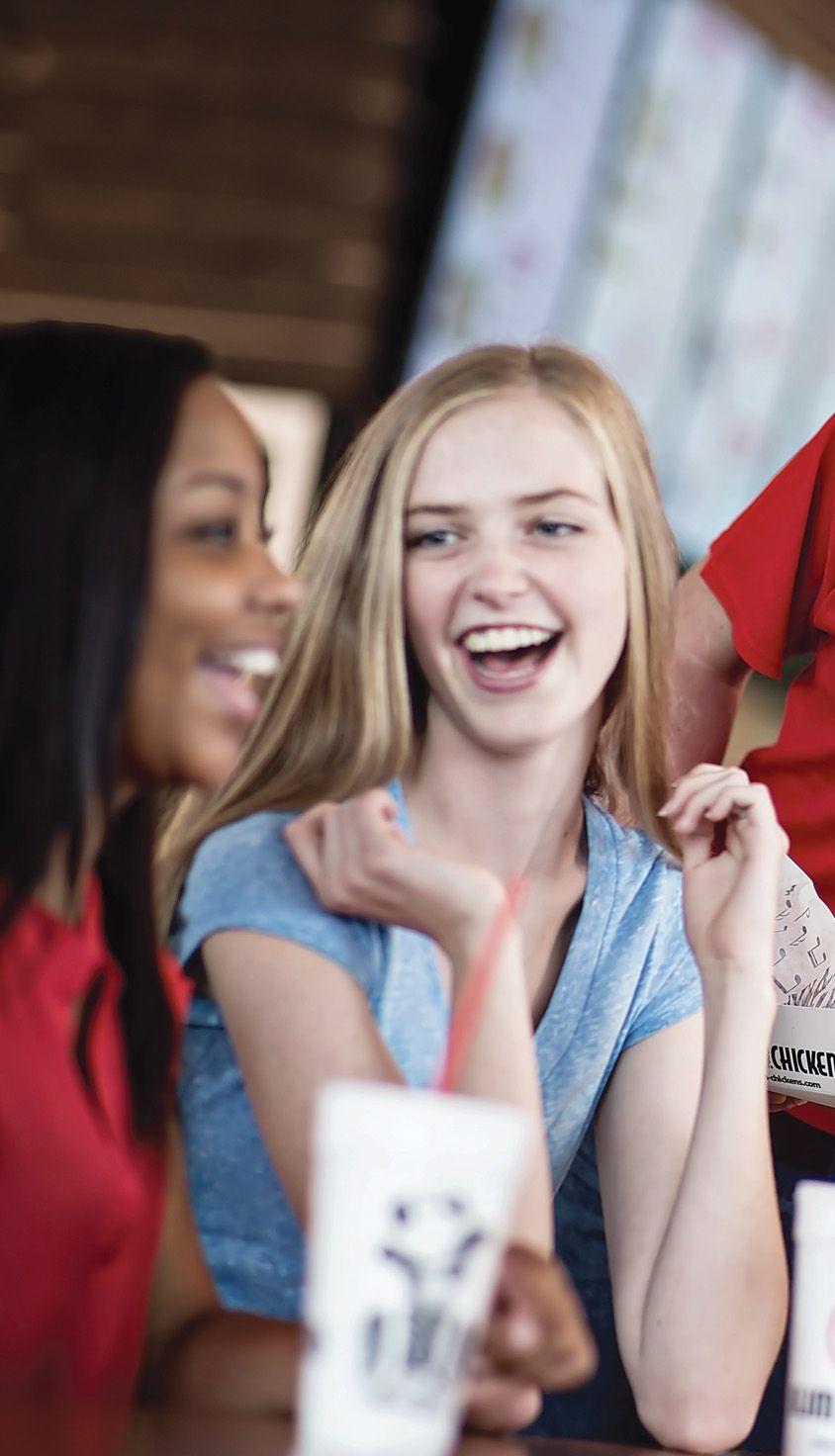
IN WHAT’S BECOME PERHAPS THE MOST-BURSTING WORLD OF QUICK SERVICE, SLIM CHICKENS HAS HAD NO TROUBLE STANDING OUT.

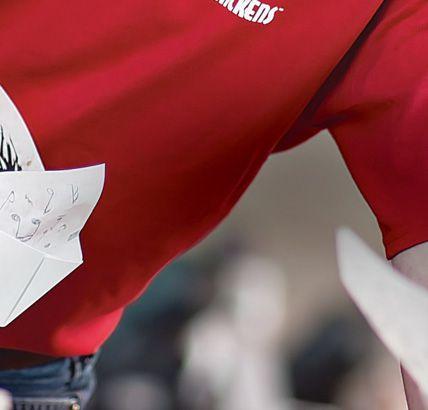
 / BY BEN COLEY
/ BY BEN COLEY


There isn’t a single part of the cylinder that Slim Chickens hasn’t hit.
“We built the brand out early,” Gordon says. “We wanted to be a good quality brand—quality food, quality service. You know, table stakes in the industry. We also wanted to make sure it was an investmentgrade proposition. To do that, we had to, in 2013, retool the model, make sure the economics worked, and understand the franchising business.”
Around those early stages of franchising, Chief Operating Officer Sam Rothschild came onboard with more than eight years of executive experience with Applebee’s. The restaurant veteran describes the model-building process as a methodical overview and refinement of every department, including an evolutionary menu.


At the time, Slim Chickens was recognized for its tenders, wings, wraps, and salads. But the brand saw opportunities to formulate culinary innovation that was unique to the fast-casual segment. The chain created a Chicken and Waffle dish that comprises fried tenders over a waffle, with syrup and butter. The item has become so popular people commonly associate the brand with it, Rothschild says.
There’s also mason jars filled with desserts (i.e. Strawberry Cheesecake Jar Dessert, Oreo Cheesecake Jar Dessert), a lineup of premium chicken sandwiches, an additional salad, and high-mix LTOs like Mac and Cheese Bowls. To round out the flavor, Slim Chickens increased its house-made dipping sauce lineup to 17.
“All these things are Southern at heart and speak to the brand,” Rothschild says. “I think you put all that together, it just enhanced the core offering that we already had, which was excellent. But we knew that we had some gaps and some items that would be unique to us that you can’t get anywhere else.”
Rothschild and Gordon essentially handled all of the franchising business from 2013–2018, which resulted in about 200 deals being signed, including a couple internationally. Then Jackie Lobdell entered the fray as executive director of franchise development, with more than 25 years of sales professional experience, including Focus Brands, where she helped McAlister’s Deli expand to more than 400 stores across 28 states. From 2013 to present, workforce at the support center grew from a handful to over 40 individuals.





Now when Slim Chickens hosts Discovery Days, potential franchisees take a look at the systems and are taken aback at what Rothschild calls a “full-service franchisor.” That means
training, operations, construction, facility design, marketing, purchasing, financial planning, and analysis.

These operators are well-funded and typically mid-to-large franchisees of other brands looking to complement their portfolio with another chicken brand. A good example is Barnett Management Company, an Arizonabased franchisee that operates more than 50 Burger King stores. The operators signed an agreement to open 32 Slim Chickens restaurants over the next decade.
“They see the success that the brand is having and what we have to offer not only to consumers, but the way that we support the franchisees with all the systems and processes and tools that we provide,” Rothschild says. “I think we’re able to attract some really highcaliber franchise talent that has come into this organization and not only joined us, but helped make us better.”
“We really admire entrepreneurs,” he adds. “We listen to what they have to say for the betterment of the brand and the system. I think if you put all that together that’s why we’re seeing the ramp up and growth and the addition of all these new franchisees coming into the brand.”
Similar to many up-and-coming chains, Gordon says, Slim Chickens restaurants require “good-looking, sexy retail” supported by housing stock and other traffic attractors like hospitals and malls. Typically, stores are between 2,400–2,800 square feet and adaptable to patios and unenclosed or enclosed kitchens.
He estimates 90 percent of the footprint is standalone drive-thru units, but there are some anomalies—endcaps, inline locations on college campuses, and military bases. The brand is no stranger to conversions, either, an important skill set given how many restaurants across the industry closed permanently during the pandemic.
The markets with the most opportunity for development include the Upper Midwest and Northeast, like Minnesota, Michigan, Ohio, Pennsylvania, New England, and West Virginia.
As Slim Chickens’ unit count continues to rise, onlookers shouldn’t expect the footprint to account for ghost kitchens or virtual brands. Gordon says ghost kitchens skyrocketed during COVID to leverage inventory and labor that weren’t being used effectively. However, the chicken fast casual remained busy throughout the pandemic, and hasn’t had a need for either innovation.
A minimal number of stores closed, and drive-thru, curbside, and delivery continue to be fruitful.
“So rather than try to create a new brand out of kitchens

Mike’s Hot Honey started out of a pizzeria in Brooklyn 11 years ago when its signature sweet-heat combo launched a best-selling menu item. From pizza and chicken to dessert and cocktails, Mike’s Hot Honey elevates any dish from ordinary to extraordinary. Request a sample today to see what all the buzz is about.
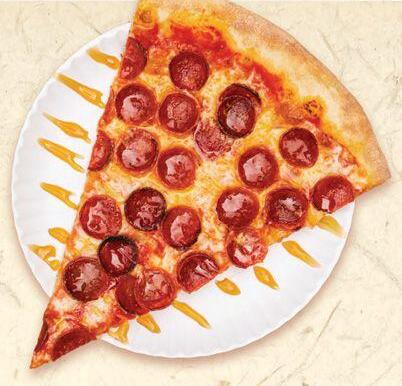

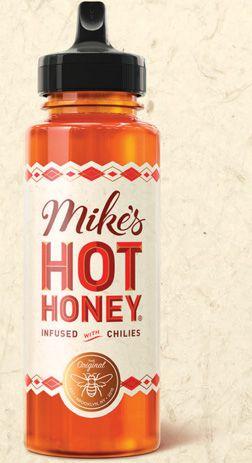
www.mikeshothoney.com/sample














that were already busy, we tried to focus and make sure that the drive-thru experiences was good, curbside experience was good,” Gordon says. “We worked on the timing, speed and efficiency, and packaging around our delivery business with the delivery partners that everyone is aware of. We just try to focus on those channels and then as the dining rooms have come back, we’ve layered those back in.”
Heading into 2020, the gameplan was to open about 25 stores, but the chain still finished with 19 debuts. And the ones that didn’t open simply slid into the next year. Gordon says after the “scary moments” of Q1 2020, Slim Chickens got back on track. When COVID first hit, leadership quickly gathered everyone virtually and emphasized there would be no furloughs.

In fact, considering what occurred in 2020 and 2021, the brand is at—or even ahead—of its preferred timeline. To Rothschild, experiences during the pandemic demonstrated the confidence operators had in Slim Chickens.

“I think the franchisees, along with us, did a great job of figuring out where we could get momentum,” Rothschild says. “We can make progress where we can get restaurants open, and the support team really worked diligently to make sure that we could get the best results we could with the situation that we were dealing with.”
As the brand faced macroeconomic headwinds like supply chain stoppages, Slim Chickens urged franchisees to be proactive and double timelines for equipment and construction materials. Leadership helped operators schedule restaurant opening dates, and then worked backward to deliver appropriate guidance in terms of ordering items. Gordon says some things “slip around a little bit,” but he adds most franchisees are exactly where they want to be.

The other notable headache, labor, hasn’t been too much of an issue, Rothschild says. Restaurants usually hire 90–100 people, and there are challenges occasionally, but for the most part,





managers are able to staff appropriately and retain workers.



A significant reason for that is partnering with the right franchisees. For instance, Preferred Restaurant Group, which has more than a dozen Taco John’s restaurants and owns development rights to Slim Chickens franchise stores in North Dakota and Montana, placed general managers in a position to earn six figures, increased starting wages, and instituted a $5 per hour bump for those working past 10 P M
“I go around and talk to all the employees at the restaurant openings and ask them why they work here or if they’ve had other jobs, and there’s this aura around Slim Chickens that allows us the opportunity to hire and retain a staff,” Rothschild says. “Now, not saying we’re Pollyanna here and we’re not having staffing challenges, but if you want to connect new restaurant openings to staffing, we’re able to get these things staffed and get them open.”




Gordon says much of Slim Chicken’s success is listening to what operators hate about franchising—i.e. non-communicative, lack of proper investment in profitability, unrealistic outlooks—and simply doing the opposite.

That mission is upheld by a C-suite that’s stayed together for a number of years, including eight years from Rothschild, 10 years from CFO Seth Jensen, and five from CMO Chris Allison.

It’s more than enough fuel for Gordon and his team to continue believing in the 600-unit goal that was proposed all those years ago.
“We all own the business together, so it’s not like we’re leaving to go do something else,” Gordon says. “ … [ Franchisees] can believe in us. We’re transparent, honest, and really have the interest of our franchisees at heart. As you see the growth happening, we’ll get to that 600 number on or about the place that we anticipated.” q
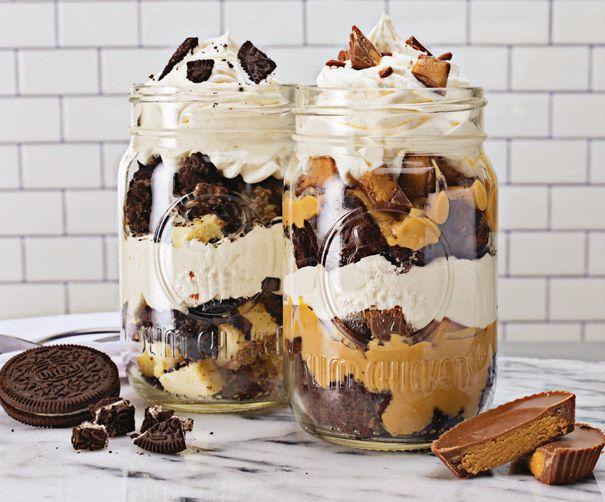 Ben Coley is Food News Media’s content editor. He can be reached at ben@QSRmagazine.com
Ben Coley is Food News Media’s content editor. He can be reached at ben@QSRmagazine.com


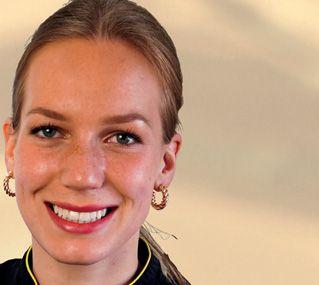
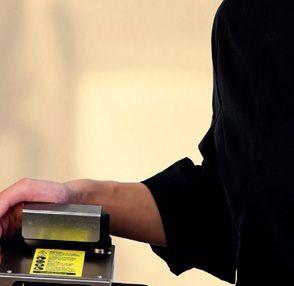
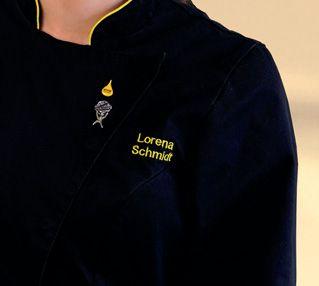


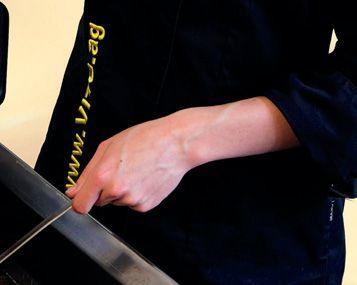









































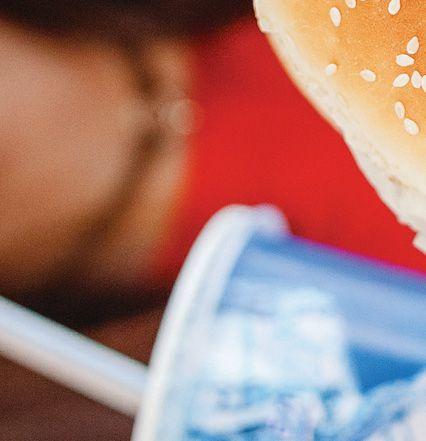

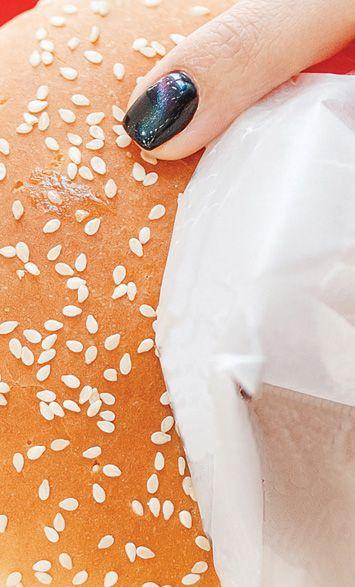

 / BY DANNY KLEIN
/ BY DANNY KLEIN
Picture quick service three decades ago, Papa John’s CEO Rob Lynch says. The game was get guests through the machine. You heard clandestine stories of restaurants building uncomfortable stores just to keep people from hanging around. “Becoming more consumer centric, I think that’s an evolution that’s been in the works for some time,” he says.
One of the most endorsed themes of COVID-19 is that it didn’t invent new innovations as much as it sparked fast-coming ones. Especially for quick service, dine-in lockdowns forced operators to go where customers were.






And so, the question at this juncture becomes, will a global crisis end up revealing a silver lining for restaurants? Will the industry emerge better equipped to give guests what they want?
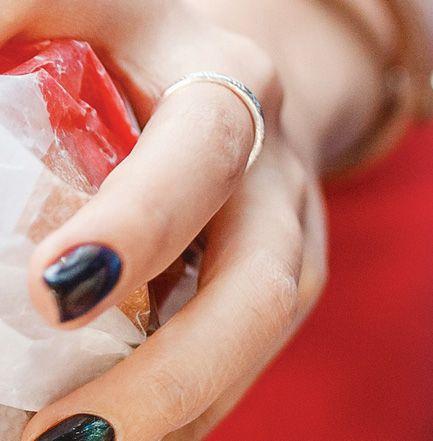
Firstly, you can see this potential peeking through, despite ongoing setbacks of labor and commodity inflation. Year-to-date through the middle of October, quick-service restaurants reported same-store sales growth of 10.15 percent, according to industry tracker Black Box Intelligence. The rest of the foodservice world? Just 2.83 percent. Drive-thru sales were 46.96 percent higher than last year, showing stability in the channel’s surge, while delivery was also up 84.53 percent.
“The customer has spoken,” Lynch says. “They want to get food brought to them or get food that is ultra-convenient. And for a long time that was the drive-thru window. Now, technology is changing that. I think the brands that embrace that and can make it work in their economic model will be the ones that continue to outpace the industry.”
Papa John’s second-quarter same-store sales of 5.2 percent gave it a 33 percent two-year stack—one vivid example of how COVID ignited record performance
for brands ready to meet these challenges. Today, more than 70 percent of Papa John’s orders flow through digital channels, and it’s engaged with third-party delivery companies, a move Lynch says helped provide an additional pool of labor. “I think that’s the benefit of being a consumer-oriented company versus a company-oriented company,” he says. “You can’t look internally. You’ve got to look externally and understand who your consumers are and what’s important to them, and I feel like we’ve been pretty good at that the last couple of years.”
David Portalatin, food industry adviser at The NPD Group and author of Eating Patterns in America, believes the industry as a whole will be in better shape once COVID clears, although, as always, it varies by quick-service corner. Fast casual, for instance, navigated a steeper hill in the early days due to fewer drive-thrus and, generally, more dine-in focused brands. However, in the year ending August 2021, online and physical visits to fast casuals rose 8 percent, year-over-year, keeping traffic on par or flat to pre-pandemic marks. At the height of restrictions (the quarter ending June 2020), visits were down 23 percent.
Clearly, the category was quick to respond. Fast casual off-premises orders in the year ending August 2021 jumped 30 percent versus a year ago. Within fast casual, traffic outside the four walls went from just over half of visits before coronavirus to north of 80 percent.
It’s the foundation of why so many chains in quick-service today are comping well above 2019 levels: The sudden, one-two punch of sticky digital and offpremises business alongside the return of dine-in guests.

“We’ve really just fast-forwarded years into the future in a very short period of time,” Portalatin says.
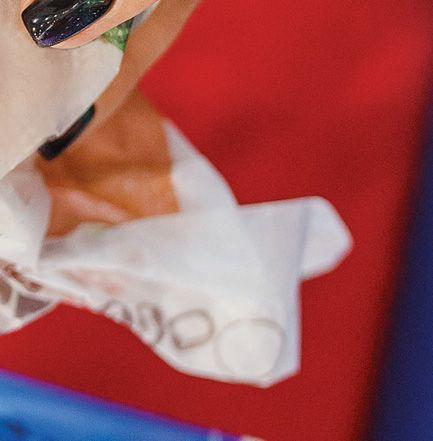
IN THE END, FOR ALL OF THE SETBACKS AND TRIALS OF COVID-19, WILL THE QUICK-SERVICE RESTAURANT CUSTOMER BE THE TRUE WINNER?
Headed into COVID, off-premises sales increased nearly four times faster than dine-in business, per financial services Rabobank. That meant 80 percent of restaurants’ U.S. dollar sales growth over the last three years came away from the dining room. By November, according to NPD, dine-in visits were down 48 percent in the 12 months ending September 2021 compared to the year-ago measure. Off-premises orders upped 20 percent versus two years ago.
Dine-in visits represented 28 percent of total quick-service trips pre-coronavirus. That fell to 14 percent in the year ending September 2021. On-premises visits to quick-serves, some 19 months later, were 52 percent below old levels, while offpremises were 16 percent above.
“If you look at the restaurant industry for the five years before COVID came along, what was growing? Off-premises transactions were growing,” Portalatin says. “The [quick-service restaurants] were taking share from full-service restaurants. Digital orders were growing. And we were increasingly talking about the rising percentage of restaurant meals that were consumed at home.”
Portalatin says there’s little to zero question of whether or not digital occasions are going to stick around. NPD looked at customer receipts to be sure. What’s visible, he says, is the new digital buyers picked up when the category pulsed last year have been retained. “And yet, we continue to incrementally add new ones on top of that,” he says. “Once we adopt behaviors as consumers, we don’t really give them up.”
It’s not just delivery, either. Digital order for pickup is growing just as fast, Portalatin notes. In survey data from location company Bluedot, 43 percent of consumers said they prefer to place their order by mobile phone, well ahead of the 18 percent for “staff member.”
“I think you’ll see the top-performing chains be the ones that really know how to lean into digital to unlock a higher capacity of off-premises occasions that the consumer picks up,” Portalatin says.
An AdColony report in November discovered 65 percent of consumers order takeaway food on an app or website more so than before. Over a third of mobile users, of all ages, said they eat fast food at least once a week, while one in five were doing so more frequently. Overall, 65 percent of users in the survey noted they order takeaway on an app or website at a higher clip these days.
But how that unfolds is where the recalibration is taking shape.
Mike Wilson, head of industry at driving app Waze, says restaurants continue to invest in flexible formats and layouts to tackle an omnichannel opportunity. “For example, many customers are still hesitant to use in-store kiosks to order, and we’ve seen an accelerated use of mobile restaurant apps increase order accuracy and satisfaction,” he says.
With delivery, the battleground is shifting to the last mile given the category’s proliferation ( its share of foodservice sales doubled to more than 15 percent last year). This has become an expensive proposition on multiple fronts. While it might make sense if the consumer is purchasing a $500 TV, how does it work for a lower-priced quick-service meal? Guests are getting
wise to that, Portalatin says, and it’s another reason why he sees the digitally ordered for pickup occasion gaining share out of COVID.
A traditional quick-service restaurant with a single drive-thru lane could be nearing its limits in terms of capacity as well, he adds. So the push toward multiple-lane setups is just kicking into gear, with brands like Taco Bell and Shake Shack plotting multiple-lane buildings. Often, one of the lanes is dedicated to digital business, and that’s a go-forward reality worth banking on. Also, typically manifested in pickup lockers, like those featured in CKE Restaurants’ prototype, expect to see more curbside-centric models and physical infrastructure that opens capacity for the drive-thru or pickup channel.
However, you can’t understate what the drive-thru did for quick service in 2020. In the same Bluedot study, nine out of 10 respondents said they visited a drivethru in the last month. Seventy-two percent had pulled up either the same amount or more in that span than previously. And the No. 1 channel for order pickup, at 39 percent, was still the drive-thru, followed by instore (31 percent ) and curbside (30 percent )
Fazoli’s CEO Carl Howard says COVID was a game-changer. Simply, it led restaurant-goers to brands with drive-thrus, either due to closures or safety concerns. It was difficult to tell who was open and who wasn’t. Not so with lines snaking around quick-serves across America.
“And that has forever changed the brand, from our [averageunit volume] to our unaided awareness,” Howard says. Recently, 217-unit Fazoli’s same-store sales were up 28.7 percent on a two-year view. Multiple-digit increases have become the norm.
“It was the advertisement I could never afford,” he says. “We had trial rejecters and lapsed users, and we had all this data quantified in different surveys in 2020 and 2021.”
Fazoli’s value proposition and food quality, and the fact it travels and reheats well, are strengths the pandemic revealed to new guests, Howard adds. Yet it’s clear they’ve kept coming back, and Fazoli’s has more avenues today to serve that demand.
Guests can order through mobile, tablet, desktop, from home, in-store, behind the wheel of their car, and so on. “We keep knocking down any type of barriers for the consumer,” Howard says, referencing Fazoli’s app in particular.
According to Paytronix, from a data pull of the highest-spending 10 percent of loyalty members in 2020, while core guests accounted for 7.8 percent of spend in January, it upped to 8.8 percent in March as coronavirus hit. During the lowest points, it rose to 9.4 percent in April. Loyalty users were responsible for a bigger proportion of total sales following the pandemic onset, which proved loyalty guests continued to visit more often than non-loyalty guests, difficult times or not. When observing a population of only loyalty members, the top 10 percent of loyalty guests accounted for more than half of all spend for
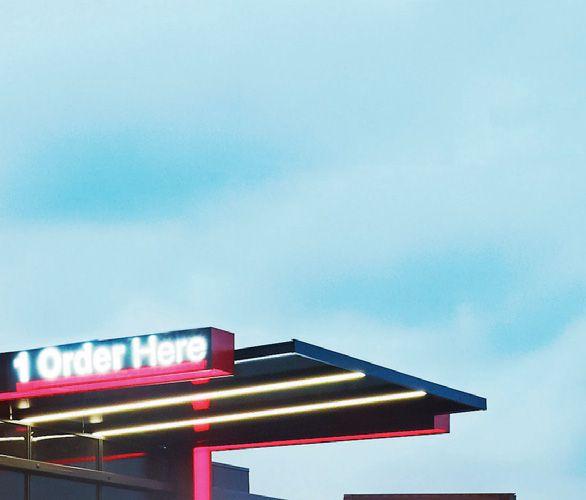
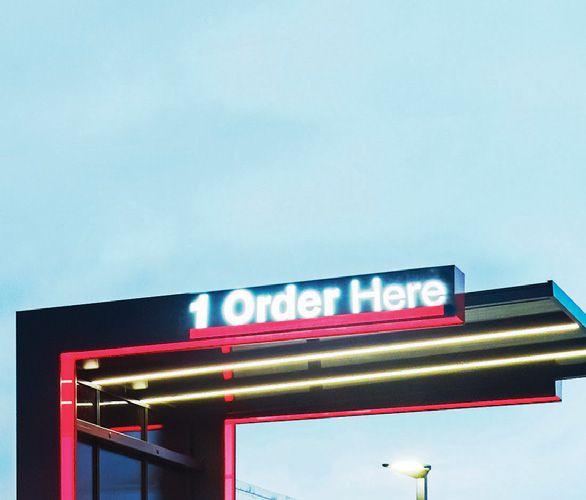

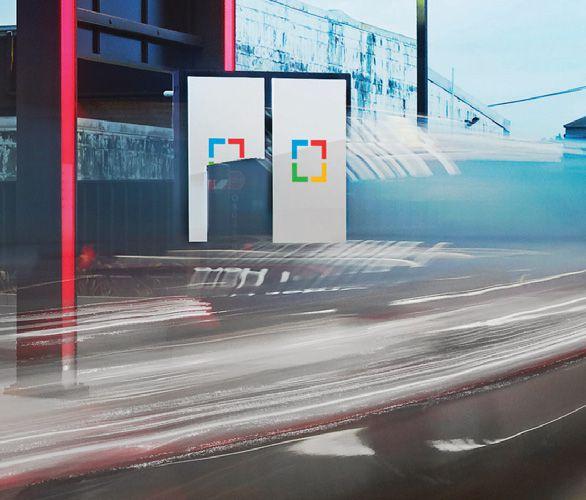



eight months of 2020.
In other terms, despite everything thrown at quick-serves in 2020, the segment saw only a 2 percent decline in average annual visits among loyalty members.
Waze data showed 40 percent of customers feel a restaurant loyalty program would encourage them to spend more on food orders. “It’s also a key reason that 42 percent of restaurateurs say they plan to increase their investment in their loyalty programs in the near future,” Wilson says. Three-quarters of consumers in Waze’s study plan to continue using contactless payments after COVID as well ( a draw of loyalty )
With loyalty and rewards, you’re looking at what’s hastily become a ticket-to-entry strategy in quick service.
Fazoli’s deploys its app in a “red, yellow, green” model where it triggers plans based on how individual units are performing. Again, it’s the intersection of technology and hospitality that might have taken years to materialize sans a pandemic.
Fazoli’s can geotarget around an area. If a store needs a boost, it goes on the “yellow plan” and get more stimulus beside typical earn-and-reward offers. For example, a $2 off $5 deal added going into a weekend. On the red option, guests could get three to five deals a week.
However you look at it, Howard says, restaurants are in a crowded digital arena. People still consider real estate on their phones a valuable commodity. “You’ve got to be relevant to the consumer and you have to have an app that not only is easy to navigate, but also one that entices you to visit more often, whether that’s through loyalty earn and redeem, or just an ongoing onslaught of pretty nice offers,” he says.
Returning to drive-thru, Howard says the biggest opportunity for quick-serves is personnel. The industry, on the doorstep of winter, remained roughly a million jobs short of pre-pandemic figures. So what a brand might hope to accomplish, even with the bestlaid plans, could be difficult to execute.
Howard calls Chick-fil-A and its system of order takers roaming drive-thru lines “the gold standard.” That’s become increasingly common of late, including Starbucks and Taco Bell joining the fray. Howard says it creates an additional line or two versus the old traditional speaker box, and it’s a speedier counter to the capacity concern than building new restaurants with more lanes. “And I’ll also tell you what we found out with tablets is the guest experience is a lot higher,” he says. “Because we made less errors. We don’t have any communication problems. We’re standing right in front of you, direct-to-direct. So there’s less confusion on the order that might come through slightly muddled or not heard correctly via the headphone set.” Fazoli’s was able to reduce a full minute off window times doing so.
What it’s also accomplished, though, is to enable
operators to deliver hospitality outside the restaurant. Chickfil-A devised a multi-stop process that feels akin to servers conducting table checks at a full-service restaurant. This way, Chick-fil-A employees greet and serve guests several times before their car peels out.
Liz Moskow, food futurist and principal at Bread & Circus, says quick-serves need to think about technology through that people-first filter. Can you guard the hospitality element in an increasingly distant world? “It’s become this food transaction as opposed to say hey, let me give you many ways to feel good other than what does it taste like?” she says. “And then, often times, especially post COVID in quick service, it’s less focus on what it tastes like and more focused on convenience, and I don’t know how long that wins.”
This August, according to the Bureau of Labor Statistics, quick-service food prices climbed 6.9 percent year-over-year. The CliffsNotes reason was labor became more expensive and supply chains more unstable (also, in a lot of ways, due to labor ). As a result, restaurants paid more for product and talent and passed along those costs to consumers.
Thus far, it hasn’t fazed guests too much. “Food services and drinking places” collected a touch under $72 billion that month—32 percent higher than the year-ago measure and 10 percent above 2019 levels. Importantly, it was on par with recent months, where sales were $71.9 billion in July and $71 billion in June.
What does that look like in 2022, however? Moskow believes the convenience equation is going to become unbalanced if operators aren’t careful. “There’s so much choice at this very mediocre food level,” she says.
Unless value returns, she notes, people are going to seek better food experiences and healthier options. “I think, right now, we’re at that very base human necessity level,” Moskow says. “I’m hungry. I need food. I need it fast. … But I think there are so many players there it’s going to start moving into the next level up.”
This cautionary tale bears similarities to the rise of fast casual, which really hit full gallop in 2010 when the country emerged from the Great Recession. Lowered barriers to entry allowed operators to fill a demand void—the need to push past food as fuel and into something they were willing to pay more for. As Moskow explains, it’s an interesting COVID dynamic when you consider consumers are paying more for everything right now.
“It’s more than a loyalty program or an app, or a follow-up email or a coupon,” she says. “You have to show people you care about their choices. That you know who they are as a person.”
Artificial intelligence is going to get smarter, Moskow says, and there is going to be an infusion of emotional intelligence into digital systems. Think of it as Starbucks writing a guest’s name on a cup, but pulled into the future. Imagine restaurants suggesting options based on order history, or curating experiences on a far more granular level, whether that’s based on trends, weather, promotions, or family dynamic. “It just gets on a more personal level to apply that layer of hospitality that’s missing from that digital experience,” she says.
Experience and higher cost is a fragile tightrope troubling Howard as restaurants head into 2022, especially since there’s
“YOU HAVE TO SHOW PEOPLE YOU CARE ABOUT THEIR CHOICES. THAT YOU KNOW WHO THEY ARE AS A PERSON.”
QSR ’s webinar series tackles hot topics in foodservice—and best of all, you can learn from the comfort of your own office. Take a deep dive into our collection today! (Did we mention they’re free?)





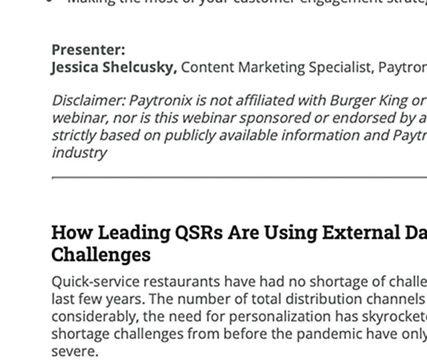
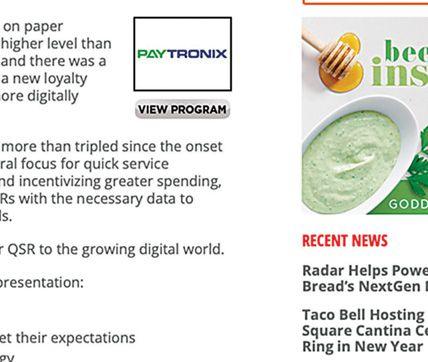
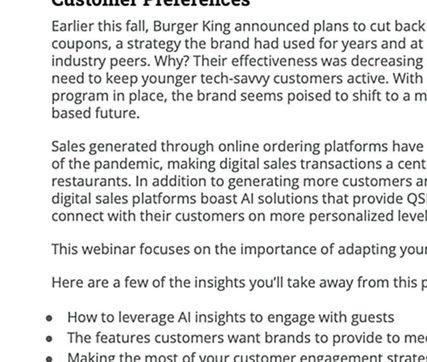

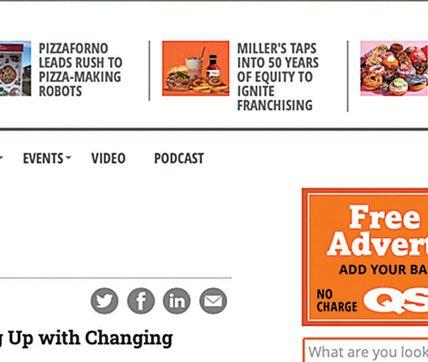
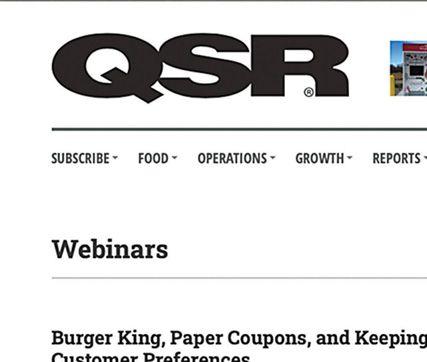

no telling when inflation might ease. Fazoli’s has had restaurants with single-digit employees where it’s shipped people in to help out. Even with sales surging, the brand found it challenging at times to reach its “gold standard,” he says, due to the employee shortage.
“I use the term ‘arms race,’” Howard says. “We’re in an arms race right now and a lot of people think of that more as global warfare, and I’m more thinking there’s just not enough arms out there to do the work.”
“We’re skating on extremely thin ice right now,” Howard adds. “The entire industry is feeling it. And the biggest problem is no one has given us, especially from the leadership of our country, any indication that this is going to come to an end.”
Beyond finding employees to staff restaurants, Howard views 2022 as a time when you’ll see workforce burn out come into focus. He’s observed it already. It could be supervisors or suppliers, hourly workers or managers. “Everybody is tired,” he says. “Everybody is worn out and they’ve had enough. Restaurants preparing food and washing dishes and mopping floors, is a hell of a lot harder than taking your bread or your soda and scanning the QR code through and sticking it in the bag and telling you to have a nice day. So we’re fortunate that anybody shows up to work today.”
The key, he says, is to tackle the problem instead of trying to wait it out—to find systems to eliminate certain tasks via automation and consider every outlet, even whether bread sticks show up on pre-tray. Fazoli’s tapped a staffing specialist and has worked to simplify applications and make it so live, same-day interviews are possible. And that can be difficult with managers lending a hand throughout the restaurant. “So my goal is to get people hired without ever having to leave the house,” he says. “And I believe when we figure that out, which I think we’re doing right now, we can get our restaurants staffed.”
Howard says he recently noticed McDonald’s airing value commercials again. Fazoli’s has leaned into its $8 price point proposition throughout COVID. Early on, when brands across the lexicon pulled value, Fazoli’s ramped up. Howard says the chain absorbed margin erosion for some 120 days. “And I didn’t care because we introduced people to the brand,” he says.
That guest perception is going to linger for the brands that think long-term.
“There is stealth inflation that’s coming that’s going to smack the consumer right in the face …” Howard says. “Again, we’re skating on very thin ice with the consumer. We don’t have enough help. Supply chain is an issue. Discretionary income is going to drop. You’re going to see a rapid rise in the value menu.”
Alec Haesler, director at Carl Marks Advisors, calls it a “delicate line to walk.” For now, it will pay off to remain transparent. “As this is occurring everywhere, consumers have been somewhat accommodating of the situation—whether that be a short-staffed rush hour or an increase in the price of a meal,” he says. “Some of this might be offset by consumer excitement to be back out-and-about. However, as the current environment persists, we may start to see cracks in consumers’ willingness to accommodate.”
He adds restaurants must be careful implementing aggres-
OF OPERATORS EXPERIENCED SIGNIFICANT SUPPLY DELAYS OR SHORTAGES OF KEY FOOD ITEMS IN RECENT MONTHS.
sive stealth inflation techniques. “Pricing modifications need to be strategic, and monitored in real-time to gauge customer willingness,” he says.
Fazoli’s expects to open 20 stores next year and 30 the calendar after. Further down the line, Howard sees the brand debuting a store per week.
But like labor, supply chain issues have hampered growth. Howard has gone out and purchased 10 sets of equipment to pay for future openings given delays. He was outlined a six-month lead time on walk-in coolers.
According to the National Restaurant Association, expressed in a letter to Congressional leaders in November, 95 percent of operators experienced significant supply delays or shortages of key food items in recent months. And 75 percent made menu changes in response.
Wholesale food prices increased sharply in September, posting the highest 12-month increase since 1980. Restaurant commodity prices soared in 2021, with beef up 57.7 percent, fats and oils 49.6 percent, and eggs 39.2 percent.
Haesler says it could take “years, not months” for the supply-demand mismatch for labor to normalize. “There is likely a portion of the pre-pandemic work force that is never returning to the industry,” he adds.
“There are a lot of moving pieces to the staffing conversation,” Haesler says. “You will likely see a mix-and-match approach, with operators leveraging a combination of technology and location design to improve staffing efficiency as best they can. At the same time, there will likely be an increased reliance on employee satisfaction to minimize attrition.”
PERCENT
95 2022 OUTLOOK
In truth, the structure of the workforce was changing long before the pandemic. Part-time work. The on-demand economy. A push toward remote jobs and gig opportunities. These all created fluidity in dayparts. And everything was on the table in 2019.
Yet to Portalatin’s earlier point, COVID hastened conversations.
Just look at breakfast. NPD estimates, ultimately, there could be as many as 25 million people working from home on a full- or part-time basis. So far, the trend has pushed breakfast back in the day as commuter routines shift—realities seen at Starbucks, Dunkin’, and others. Out of the gate, Dunkin’ said business in the 6 to 9 A M stretch dropped. But 10 A M to 2 P M picked up.




Seamlessly integrating with most QSR point-of-sale systems, our accuracy, speed-of-service and customer satisfaction, leading to video option to enhance communication with your customers.
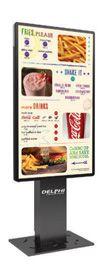
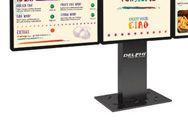


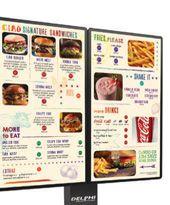

Delphi’s indoor and outdoor digital menu boards are designed for QSR and Fast Casual business owners seeking to modernize their restaurant with full control over dynamic menu content via our Insight Engage™ cloud based content management system. to most point-of-sale systems
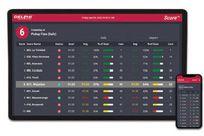
Delphi’s Insight Track™ timing systems provide QSRs with actionable real-time speed of service data in the drive-thru. that need attention to keep the drive thru running at maximum based competition ranking leaderboard that allows multiple stores to compete on a variety of performance metrics.
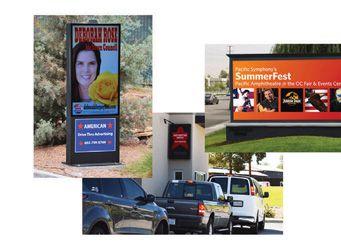
Providing clear communications is key to quality customer experiences and productive teamwork in the drive-thru. Delphi
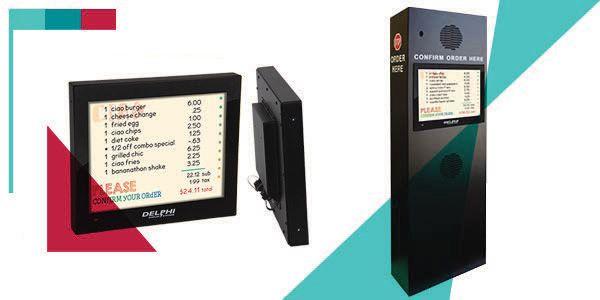
the Panasonic Attune II HD3. When integrated with our Insight Track timing system, our Sound Advice™ solution provides audio messaging to alert the crew of any service bottlenecks in real time.
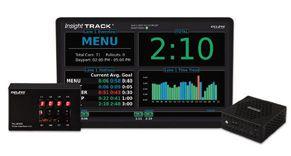
Delphi delivers a wide variety of indoor and outdoor digital signage solutions, from promotional to video wall displays available in both LCD and LED formats.


Our Interactive Smart Kiosks serve as ideal digital solutions for businesses seeking to provide interactive engagement and self-service options for their customers or employees.
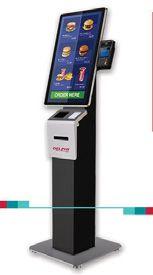
Or perhaps they’re one of the 7 percent or so of consumers (and growing, Portalatin says) actively leaping on the intermittent fasting trend. “We’re even seeing nontraditional breakfast foods in things like salty snacks, or trail mix, or a protein shake or something like that emerge as things that consumers are looking for a little later in the morning,” he says.
“It’s just the structure of the day—the share of breakfast we attribute to an away-from-home occasions may be more or less permanently altered,” Portalatin adds.
Waze’s Wilson says the company’s data reflects pattern shifts as well. People are no longer isolated to a single hour to grab lunch or stuck thinking about dinner on their drive home from the office.
“More navigations are taking place between 1 to 4 P M and 7 to 10 P M , and quick-serves are seeing more consistent traffic throughout the day,” he says. “Coffee shops, for example, are seeing steady customers between 9 A M. to 4 P M , rather than previously being the busiest between 5 A.M. and 9 A.M.”
Wilson doesn’t expect these trends to revert next year, and they may never snap back. In that disruption, restaurants should target opportunities to reach and serve these “always on” drivers, he says.
Lee Schulman, owner and operator of Old Vinings Inn and president of Panacea Management Group Consulting, says the industry was oversaturated before COVID—a widely held belief that seemed to be resulting in a rash of bankruptcies. While 90,000 or so closures (the number remains uncertain for now) were unfortunate, of course, it did create a natural thinning in some respects. And it drove innovation into the survival pool. “Operations that were already on the edge have failed at this point,” Schulman says. “The ones that were succeeding, however, are going to emerge much stronger. Those operations were forced to look closely at all the details of their systems and refine them in real time and on the fly. Any system that didn’t immediately exceed operational expectations was discarded, and the ones that did work were immediately incorporated into normal operations.”
Portalatin agrees there were too many restaurants in 2019. During the Great Recession, only 5,000 net new restaurants were added between 2007 and 2010, compared to nearly 25,000 in the three-year period before the crisis, per Rabobank.
The count of U.S. restaurants and bars increased at a 2.2 and 2.5 percent compounded annual growth rate over the last there and five years, respectively. Roughly 45,000 new restaurants (net of permanent closures ) opened in the three years ahead of coronavirus—more than in any other comparable period over the last 25-plus. It’s something that was leading pundits to suggest a course correction, like the one that flooded retail, was in the works already.
“In terms of the total number of restaurants, I think you can accommodate the customer demand on a more efficient store network,” Portalatin says. “What you’re going to see happen is you’re going to see plenty of opportunities for strategic, new store development. Among all of the disruption of routines we talked about earlier, is the idea that many in the country have shifted a little more or a little less urban, a little more suburban.”
Adds Howard: “I think, definitely, we were heavy with the amount of seats per marketplace. And then you had all the new up-and-coming brands that were coming into the marketplace. The emergence of fast casual and the rapid expansion of fastcasual restaurants and their ability to go into any strip center in the country.”
The brands still standing are more active and resilient than ever.
“The biggest change will be what guests expect when they dine out,” Schulman says. “Whether it’s supply chain, staffing, or new restaurant models, the dining experiences across all levels of service have changed, and it will not go back to what they were before. Broadly speaking, I think the experience for everyone will be better.
If the restaurant marketplace was bursting, how do you describe the virtual brand flood? Chowly CEO Sterling Douglass turned heads when he suggested there might be 100,000 operating on third-party apps. That was in August 2020. Uber Eats recently estimated the number on its platform tripled last year to north of 10,000. According to the aggregator, 15 percent of restaurants operated one pre-COVID. It soared to 51 percent by 2021.
Really, nobody can say for sure what the count is. In Baum + Whiteman’s 2022 Food & Beverage forecast, the company predicted a “competitive free-for-all” as ghost kitchens throttle up expansion.
At what point does saturation kick in, however? And how will guests react when they discover food brands online don’t exist in the real world? Euromonitor estimated ghost kitchens could become a $1 trillion industry by 2030. Grand View Research tapped the number at $139.4 billion by 2028.
It’s going to unfold across sub-segments, from host kitchens to virtual concepts to virtual food halls, etc. Baum + Whiteman suggests an aggregator, like DoorDash, could even launch a ghost fleet of its own invented brands, sold via its platform, cooked in the company’s own phantom kitchens, shipped by its own delivery people. “If this happened, we’d be seeing these delivery specialists [who already take a financial bite out of conventional restaurant revenues] competing with their own restaurant customers in a very big, overlapping manner,” the company says, adding it believes that will ultimately happen. Too many players, it notes, inevitably means consolidation. Various players are going to emerge and join virtual and real restaurant brands along with robotics and digital ordering systems linked to restaurants’ computer systems.
“We’re looking at two banner years for the mergers-andacquisition brokers,” the report states. “And CONTINUED ON PAGE 47
“THE DINING EXPERIENCES ACROSS ALL LEVELS OF SERVICE HAVE CHANGED, AND IT WILL NOT GO BACK TO WHAT THEY WERE BEFORE.”
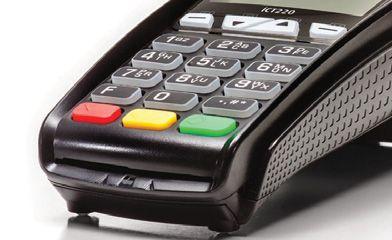
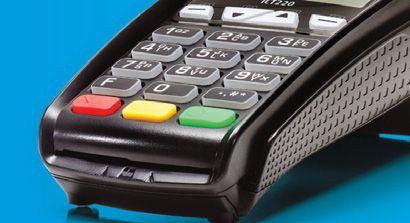



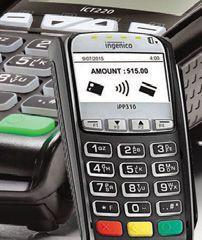
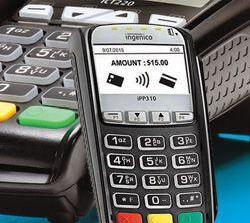






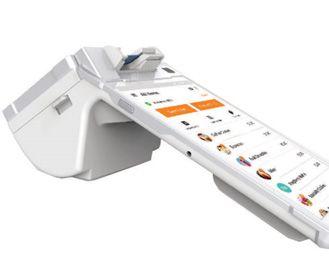
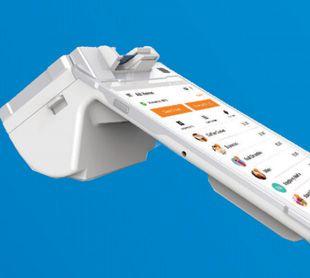
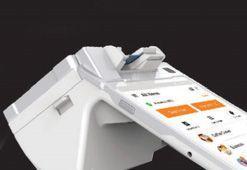
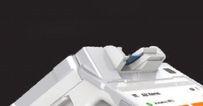



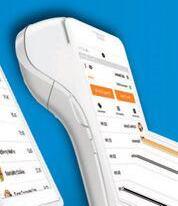

Some restaurants returned to single-use plastics and disposable materials during the pandemic. Now, as consumers demand change, operators are making strides in sustainability.
BY SUZANNE BLAKErials. The brand joined the bandwagon by enabling customers to opt out of plastic utensils every time they order.
But COVID jolted some of Just Salad’s sustainability programs temporarily out of operation. Seemingly overnight, in New York City, the chain had to shutter its indoor dining for a period of months and could no longer accept reusable bowls on-premises.
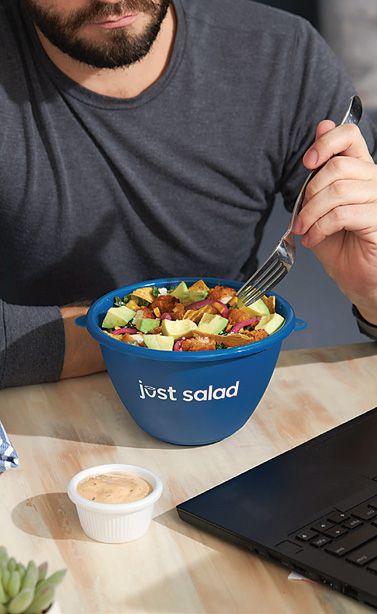


As more research revealed that COVID spread via touch was not a primary mode of transmission, however, a panel of scientists, doctors, and academics vouched for the safety of reusable packaging in a joint statement, says Sandra Noonan, Just Salad’s chief sustainability officer.
“That was a seminal moment to see that statement,” Noonan says. “I think it has provided operators and the growing reuse movement with just that extra level of confidence—or third-party validation—that reuse can be done just as safely or even more safely than disposable.”
Just Salad’s sustainability practices haven’t gone unnoticed by customers. It’s an extra layer of enjoyment that enforces loyalty, Noonan says.
With respect to technology, the pandemic jumpstarted the industry’s innovation cycle. But there were certain movements left neglected. Sustainability chief among them. For many companies, climate-friendly initiatives turned to the wayside as disposable, single-use materials became the norm. It was both an additional way to protect against the virus and a result of higher off-premises volume.
Nearly two years later, where does that leave restaurants? QSR caught up with three leaders in the space.
Just Salad
When Just Salad was founded in 2006, co-founder and CEO Nick Kenner was alarmed by the prevalence of plastic salad bowls in the industry. Just Salad’s solution was to launch a reusable bowl program that became the emblem of the brand. Since, the scale of the plastic- and single-use pollution crisis and its public awareness has become much greater.

Just Salad worked to take as much single-use plastic out of its supply chain as possible while creating more compostable mate-






“I think when you’re achieving that triple whammy of great taste, healthy and honest, good for the planet, that is magic for a certain type of customer,” Noonan says.
Looking ahead, Just Salad hopes to complete a study quantifying how much water and greenhouse gas emissions are saved every time a reusable bowl is deployed versus a disposable one. The chain also aims to publish its greenhouse gas emissions and strategize on ways to reduce those levels while making its carbon labels more relevant to customers.

Sweetgreen was founded on locally sourced, organic supply chain principles from the outset. Packaging has been compostable for years now. The brand works with farmers employing regenerative practices and calculates a carbon footprint for each menu item while continually looking for additional areas of improvement.
Sweetgreen eliminated PFAS in most packaging as well. (PFAS are known as “forever chemicals” that are used in many packaging and have been linked to cancer and other negative health impacts)
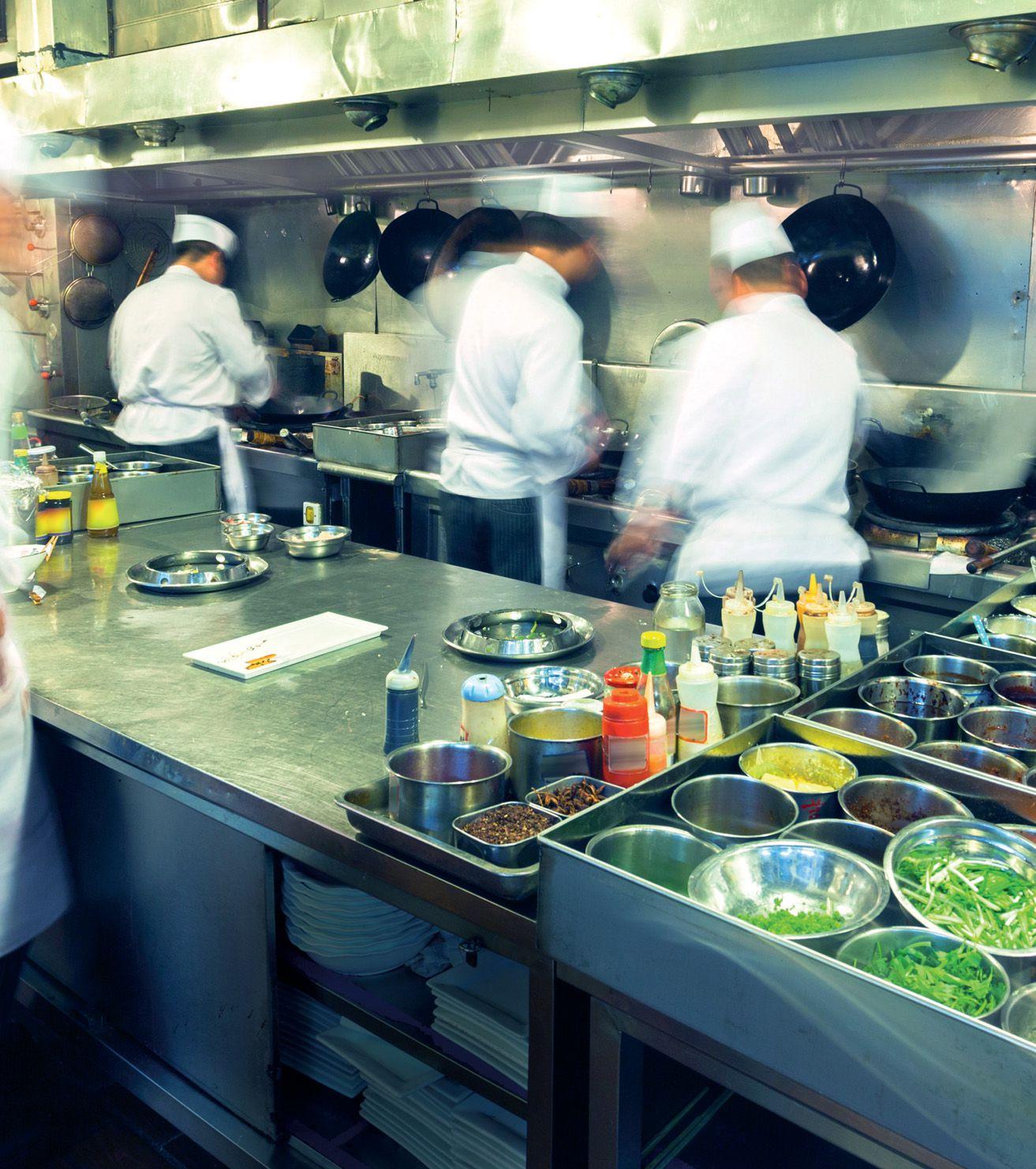



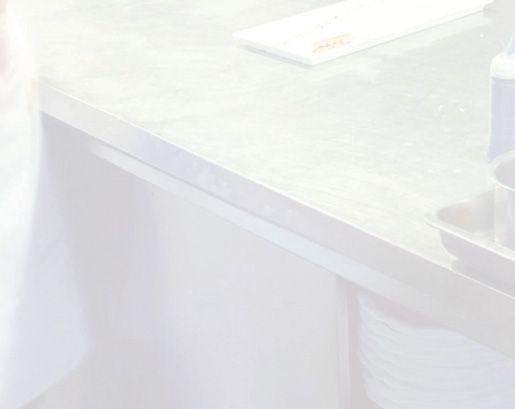



Still, when COVID occurred, there was an undeniable hit to some core practices. Sweetgreen had to pause its reusable cutlery tests in stores and also pause reusable bowls. The total PFAS-free move was delayed (everything but sweetgreen’s plates are currently PFAS-free)
Food safety was sweetgreen’s priority, and during a pandemic of this size and magnitude, the brand wasn’t going to take chances, says sweetgreen’s VP of Supply Chain and Sustainability Kevin Quandt. It’s just a matter of getting back on track.
Even though some programs across the industry had to be suspended, Quandt believes consumers are more interested than ever in connecting food decisions and purchases with their greater impact on the planet. Consumers are looking for packaging that is more sustainable and just as convenient.
All of this ties into sweetgreen’s decision this year to start building a plan to become carbon neutral by 2027, which would involve reducing its carbon by 50 percent.
“It’s pretty complex,” Quandt says. “It’s not just one thing, and you’re done. It permeates the entire organization. What I really love about the sweetgreen team is that it’s very approachable to go to any stakeholder in the company and say, ‘Hey, we’ve got this goal. We need you to be a part of it. We don’t necessarily have the blueprint or answer. But let’s work together to make progress.’”
Perhaps the buzziest announcement to hit the sustainability beat came this fall when Panera Bread said it was the first national fast casual to commit itself to being climate positive. Panera Bread will adapt operations to become climate positive, or take out more carbon than it emits, by 2050.
Initiatives to reach interim 2025 goals include increasing the percentage of Cool Food Meals, or those that have a low impact on the climate as certified by the World Resources Institute, to 60 percent of bakery-cafe entrees. Panera will also transition to 100 percent circular, reusable, and compostable packaging and use green, renewable energy for at least 50 percent of owned operations by 2025, the company said.
While other brands sometimes lost reach of certain sustainable practices, VP of Food Beliefs and Sustainability Sara Burnett says
Panera maintained its standards across the supply chain. However, with more orders to go, the company had to use more off-premises packaging than ever. In turn, Panera replaced sandwich boxes with a compostable thermal wrap, reducing the amount of material by 60 percent. Burnett says Panera has always prioritized maintaining food quality and food safety, and throughout the pandemic, the brand just looked for more ways to reduce impact alongside the demand for off-premises packaging. Changes like moving from a threefold to a twofold napkin, which seemed small, had significant impacts without causing customer issues.
“We had to continue to innovate to try to prioritize sustainability, even though we had these headwinds of increased packaging,” Burnett says. “That’s just why it’s so critical. We don’t see that off-premises is going to completely revert to pre-COVID numbers. So we have to keep innovating. We have to keep using less material, using the right types of material, when we think about designing new packaging.”
CAVA
CAVA is another brand that has always viewed sustainability as a priority, says Brett Schulman, CAVA’s co-founder and CEO. Pre-pandemic, the fast casual had great success with reusable bowls available for dine-in, as well as compostable to-go bowls and recyclable lids. CAVA eliminated all plastic wrap in its food prep processes and cut plastic straws, and the brand is also working on eliminating added PFAS from all foodservice packaging by Q1 of 2022.
Suffice to say, CAVA had been thinking about its sustainability practices in depth for a while. CAVA also partners with Open Water, which sells sparkling and still water in BPA-free aluminum packaging that is recyclable. Some CAVA dressings use aquafaba, a byproduct created during the hummus making process, as an ingredient to make CAVA’s recipe creamier, and chicken, lamb, and beef are antibiotic free with no additives.
When COVID hit, CAVA, too, had to remove its reusable bowls from the in-restaurant experience and didn’t add them back until spring of 2021. But CAVA’s manufacturing facility in Laurel, Maryland, brought on organic waste and single-use plastic reduction programs, resulting in
fewer gallons of wastewater in local water streams (178,000 gallons a year ) and hundreds less single use containers thrown out.
“While most consumers are willing to try more sustainable packaging and recognize that there is a bigger problem to solve with plastics, food waste and limited access to recycling/composting infrastructure, they are not always willing to change routines or sacrifice convenience or price for a different bowl, cup, lid or straw,” Schulman says.
“At CAVA, we try to offer ‘for here ware’ at every restaurant as the default for dine-in guests at no cost to them. We want to show consumers that sustainable behavior can be the norm, easy, enjoyable and cost less.”
Ultimately, Schulman says, there are challenges and opportunities related to single-use packaging trends that increased during the pandemic. The opportunity lies in the fact that reusables can support a world experiencing severe supply chain shortages.
Consumers want choice and ease, he says. The pandemic has changed many behaviors, including where and how consumers get their food. Yet it’s also given diners a closer look at the amount of waste generated by packaging. As sweetgreen takes smaller steps toward its goal of carbon neutrality by 2027, the company says it recognizes food decisions create some of the biggest impacts on the climate crisis.
“Because agricultural practices are so impactful to where the carbon emissions are coming from, we should all be more mindful of our decisions related to food and its impact on climate,” Quandt says.
Consumer concerns will guide restaurants toward these goals.
When even a mega brand like McDonald’s is investing in a plant-based burger, it’s clear sustainability is fast becoming mainstream, Noonan says.
“Concepts that aren’t thinking about sustainability as a leg in the door of the brand might be risking relevance,” Noonan says.
Burnett echoes this sentiment. “The consumer, I think, holds the trump card in all of this, which is, they vote with their wallets,” she says. “I think the more conscious consumers continue to vote with their wallet each and every day.” q
In this new era, the industry has evolved toward the safety of employees and customers.
BY HAL KINGAccording to recent data from the U.S. Centers for Disease Control and Prevention (CDC ), restaurants continue to be the leading cause of foodborne disease outbreaks in the U.S., causing 64 percent or more of outbreaks due to an infectious disease each year from 1998–2017.
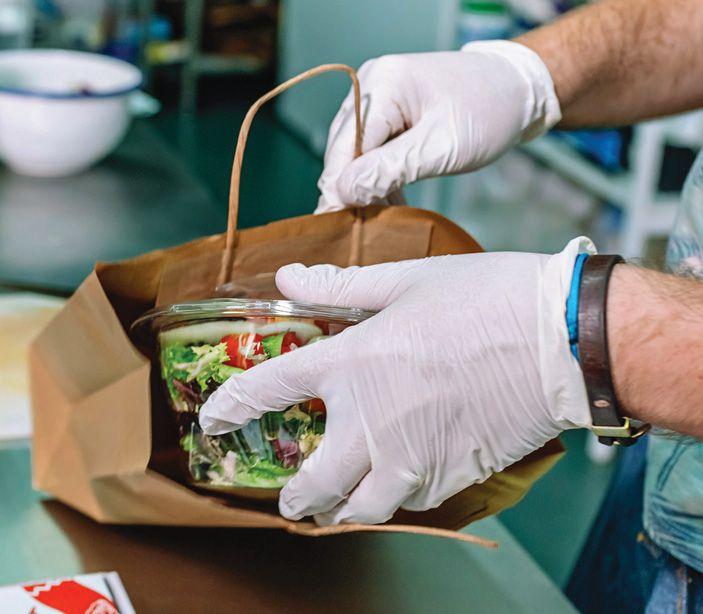
Per the CDC, the majority of these foodborne disease outbreaks (as well sporadic cases of illnesses not associated with an outbreak ) are due primarily to five major risk factors. These five foodborne illness risk factors are directly related to the processes of food sourcing, receiving, storing, preparation, reheating, holding, and food service within all establishments, including restaurant businesses, and include:
• Food from unsafe sources (sourcing and/or receiving unapproved, or continuing to serve recalled, ingredients/products, improper temperature and sanitary transportation, and/or date of expiration/improper proper storage issues)
• Poor personal hygiene (employees working when sick with foodborne illness, and lack of barriers to cross contamination of foods by hands)
• Inadequate cooking (not cooking foods to the required temperatures that will kill all pathogens)
• Improper holding/time and temperature (not holding foods at the proper temperature allowing for growth of bacterial pathogens and/ or production of toxins)
• Contaminated equipment/protection from contamination (not cleaning and sanitizing food contact surfaces, dishware, and food utensils, and the restaurant environmental surfaces that can lead to transmission of pathogens from high touch surfaces to hands to foods)

Of course, there are other hazards that can occur in foods prepared and served by restaurants including chemical (allergens, cleaning agents, pesticides, etc.) and physical ( bones, plastic, metal shavings, etc.) that cause a customer’s illness or injury, but the majority of the hazards associated with foodborne diseases caused by restaurants are infectious foodborne pathogens that either enter the restaurant as the source of ingredients/products from its suppliers or by its employees who may work while sick.
The FDA describes a group of highly infectious foodborne pathogens that cause the majority of foodborne illnesses from restaurants the “Big 6” pathogens. These have a low infectious dose, infect most persons, are shed by those infected in their body flu-
ids in high numbers. For example, a food employee infected with a “Big 6” pathogen will typically shed hundreds of thousands of pathogens in their body fluids that can be easily transmitted to surfaces to hands to food even when handwashing and gloves are used. Consequently, the numbers of customers infected can be high (an outbreak) and the illnesses experienced by the consumer can be very severe as well.
The “Big 6” include:
• Norovirus
• Shiga toxin-producing Escherichia coli
• Hepatitis A virus
• Salmonella Typhi
• Shigella spp.
• Salmonella (nontyphoidal)
All of these hazards that lead to foodborne illness and injury in restaurants can be controlled by the use of a well-developed Process HACCP plan and a Food Safety Management System (FSMS) executed daily. The FDA analyzed hundreds of restaurants across the U.S. representing a significant sample of the proportion of the U.S. population that patronize restaurants, to investigate the relationship between FSMS’s used by restaurants, and the occurrence
of the top five risk factors and additional food safety behaviors/practices commonly associated with foodborne disease outbreaks.
Investigators performed an unannounced audit using the FDA Food Code to inspect 396 full-service restaurants and 425 fastfood restaurants in multiple states. The No. 1 factor that correlated to a fewer number of these foodborne illness risk factors in both fast-food and full-service restaurants was the execution of a daily FSMS.
However, when a food safety emergency occurs, the FSMS alone may not prevent the occurrence of a foodborne disease outbreak without additional Emergency Operating Procedures (EOP s), the training, and tools available to mitigate the increased risk caused by the emergency. A food safety emergency occurs in a restaurant when there is a major loss of control of a hazard, or a new hazard is introduced into the restaurant environment that can cause a foodborne illness or outbreak. The most recognized food safety emergency in a restaurant business, although not the most common, is a food recall, where a normally safe source of food
from a supplier is found to be unsafe due to a previously unknown hazard identified after production and distribution to a restaurant. It can become a food safety risk to a restaurant business before the food ingredient/product is recalled if used to prepare and serve food to customers, often causing large multi-state foodborne disease outbreaks, and/or if the ingredient/product is continually sold to customers because the recall was not effectively communicated and executed by the restaurant.
For example, the recent onions associated foodborne disease outbreak caused by Salmonella, was reported to the public by the CDC on September 2, 2021 before it was known which supplier (s) distributed the onions, and then later voluntarily recalled and communicated by the distributors/ supplier on October 20 and 22, respectively. This type of food safety emergency can significantly impact a restaurant’s business financially even if no cases of illness are associated with the restaurant if the restaurant cannot determine the source of their onions (they would likely make a decision
to remove the onions from food prep and service to err on the side of caution)
This is why it is very important to have a risk-based supplier sourcing and management system in place to ensure a safe source of ingredients/products distributed to each restaurant.
A food ingredient/product recall is not the most common food safety emergency that a restaurant business will experience. In fact, the topmost common food safety emergencies that regularly occur in a restaurant business are:
1. Customer claim of foodborne illness or allergic reaction to food (or health department investigation occurs of such) or customer injury due to a foreign body in food.
2. Employee working sick with a foodborne illness (orhealth department investigation report of such) is the most difficult food safety emergency to prevent and the most common.
3. Boil water advisory notice where there is no potable water for use in dish washing, hand washing, and for preparing foods.
4. Power outages where refrigeration, freezers, and equipment used to keep foods hot is loss
5. Natural disaster (hurricane, tornado, winter storms) that lead to power outages, flooding, or high-risk conditions for cross contamination of foods with pathogens and chemicals
6. Body fluid spill in the restaurant (by customer or employee)

INTRODUC IG: WASTE OIL CRRIE AT LAST: A solution to Counter-Top Fryer Waste Oil Disposal Conundrum.
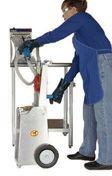

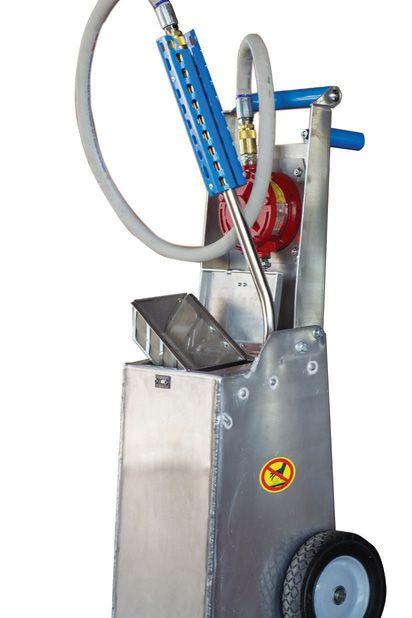

With it’s small footprint and profile, the SS - 645 Mini ismadefor the Convenience Store/ Limited Space Quick Serve Application. Optional Stainless Steel Pump available.
EOPs for each of these food safety emergencies and managers and employees trained on how to execute them are critical to a restaurant’s ability to reduce the risk of a foodborne disease outbreak caused by the food safety emergency. EOPs need to be available before the events in order to train employees on the procedures but also immediately during the event to ensure each different EOP is executed properly.
In this new era of COVID, the restaurant industry has significantly evolved toward the safety of employees and customers executing improved cleaning and sanitation SOPs, employee wellness screening for COVID, and a focus on safety. These actions the restaurant industry have taken may have affected a reduction of foodborne disease outbreaks across the industry in the U.S. The use of FSMSs to prevent foodborne disease illnesses and the current SOPs to prevent COVID should continue. q
Shortening-Sh 5711



LOVER’S PIZZA’ / CONTINUED FROM PAGE 22
taurant Group, America’s largest franchise operator that assumed ownership of 937 Pizza Huts last year as part of a deal with NPC International, plans to prioritize The Hut Lane “in many of its stores” going forward, the company said.
“It’s incredibly convenient for the customer and it’s incredibly safe,” Hochman says. “And even most importantly, it’s incredibly fast. And that’s what our customer is demanding today.”
During COVID, Hut Lanes could be labeled a reaction to the rise of digital ordering and off-premises, Graves adds. But long-term, the feature will serve a convenient occasion that’s fast become table-stakes for the quick-serve loyalist. The demand for a rapid, frictionless carryout experience isn’t going to subside when the pandemic does.
Hochman says Pizza Hut expects “most” or close to all, of its new non-inline builds to include Hut Lanes. “Because the franchisees see the value of it, too,” he says.
In general, Graves says, Pizza Hut’s comeback strategy can “stand the test of time” and become something far more lasting. It’s no secret why it worked during COVID and has continued gaining momentum during this stanza of the restaurant rebound. Brands that led with trust won when the chips were down. And Pizza Hut had no shortage of equity to tap into.
The company introduced a Big Dinner Box when students went back-to-school, the Triple Treat Box—a three-course bundle for families—and continues to innovate around the notion more consumers are using pizzas as meal replacements with at-home occasions on the rise.
From a footprint standpoint, it’s also vital, Hochman says, to realize dine-in, which mixes 10 percent of the company’s total business today, remains viable in a lot of markets. There’s a model for dine-in and delco to make money, he notes. In some stores, dine-in pushes upward of 30 percent of sales. “I would say the interventions that we made on the business in terms of within the four walls of your currently open Pizza Hut, those worked on both dine-in assets and delco assets,” Hochman says. “These are things like promoting profitable pizzas, having the right innovation program so we can get a higher return on marketing ROI. One of the things that I heard all around the country from team members was simplify-
ing the operation and how we make pizzas easier for our team members to both train on the Pizza Hut brand as well as make pizzas more quickly with less steps.”
A focus on more premium pizzas, fewer discounts, simplification, innovation around the core, as well as promoting options you can only get from Pizza Hut (such as Stuffed Crust and Pan), have produced dramatic improvements, dine-in or delco.
However, going forward, as Pizza Hut gets back to “being an aggressive builder of restaurants,” Hochman says, you’ll see more and more delcos, “if not 100 percent.”
The franchisee relationship can’t be understated, either, Graves says. Adding profitability back into the business, naturally, generated interest among operators to build more stores. “When we talk to franchisees, they’re trying to figure out how to serve their customer,” he says. “Our goal is to give them a set of options to let them serve their customers.”
Andy Rosen, a franchisee and the CEO of CFL Pizza, says his locations produced some of the best quarterly sales results in the last 10 years. The reasons echoing much of what Graves and Hochman shared. “Over the past year and a half, the business has been focused on four key areas: redefining food innovation, providing convenient and safe delivery and carryout options, leaning into our iconic pizzas, and delivering value,” he says. “We’re building on the things that have made Pizza Hut so successful over the years, like our iconic pizzas, while implementing new strategies and key changes, like shifting our asset base from dine-in to delivery and carryout.”
“I’m most excited about the focus the brand is putting into our mobile app and the website to make both as frictionless as possible,” he continues. “I’m encouraged by the plan we have in place and I’m excited about where the roadmap takes us in 2022.”
Another point Rosen highlights is the aforementioned “Newstalgia” marketing push, which came to life with Craig Robinson, best known for his role as Darryl Philbin in “The Office.” Also, a limited-edition PacMan augmented reality game the brand put on a pizza box via QR code to help guests recreate the classic arcade experience from Pizza Huts of old.
Pizza Hut CMO Lindsay Morgan, who ascended to the role in April from director
of brand communications, says Robinson was somebody the brand internally tossed around as an example of the type of personality they’d like to lead the message. Eventually, they just asked him.
In commercials, he’s wearing Pizza Hut merchandise, living in the ultimate brand man cave with classic elements on display, like Tiffany lamps and BOOK IT! pens. The brand actually borrowed real artifacts from franchisees dating back to the 50s, 60s, and 70s.
Morgan agrees Pizza Hut’s revitalization bears similarities to KFC’s. “I think what really was unique and special about Pizza Hut is it’s this great heritage brand and so many people will talk about growing up at a Pizza Hut, working at a Pizza Hut, going there after a Little League game,” she says.
Pizza Hut dropped a limited-edition BOOK IT! shirt run and had to up inventory five different times on the same day, for instance. “We were just really caught by surprise at the love for some of those ‘newstalgic’ elements,” she says.
Bringing these memories into the future, however, has been the challenge—to remind guests without having it feel dated. An example: following the BOOK IT! Launch, Pizza Hut introduced its first Streetwear Collection in July, with items like track suits and Tiffany Lamp t-shirts. The Pac-Man activation was also an example of taking something old and putting a fresh twist on it, she says.
Pizza Hut got on TikTok with Oneya Johnson, known for his @angryreactions account that has over 23.5 million fans, and asked guests to share personalized $10 Tastemaker pizza recipes. The winner got their recipe online and the chain gave away a year’s worth of gift cards.
The effort produced twice the engagement Pizza Hut expected and drove website traffic up 75 percent on launch date. “People were really proud about partnering with an emerging channel, and doing it in a really authentic way,” Morgan says.
“I think we have been on a journey of finding that balance of getting back to your roots but doing it in a modern twist,” she adds. “... We’re going to continue with that same strategy of leaning back in a nostalgic way but doing it in a way that’s relevant and fresh for today.” q
support so that we can really drive our growth and development and brand here in America,” he continues.
The first U.S. Gong Cha unit opened in Queens, New York, in April 2014. Since then, the brand has grown to roughly 150 domestic units, with most located in the Eastern part of the country.
To support franchisees, Gong Cha plans to establish its first company-run footprint in Chicago with five restaurants. The longterm goal is to debut 50 in the greater metro area. Sternburg says the idea is to treat Chicago as a “model home market.”
“Other folks from other main Midwestern cities, whether it’s the Minneapolis Saint Paul area, whether it’s Columbus, whether it’s Indy, whether it’s Detroit, we could have them travel in, see, touch, and feel, and really get a sensibility about our brand,” he says. “We think by doing that it’s going to help unlock and find those kinds of people that understand how to be an enterprise franchisor versus being a onesey-twosey franchisee.”
Although Gong Cha is in the beginning stages of building a corporate presence in the U.S., master franchising will still be the primary method of development. Under Gong Cha’s model, each master franchisee is a regional franchisor that serves as a surrogate for the company.
Under every master franchisee are multiple subfranchisees responsible for opening stores. Sternburg describes these subfranchisees as the “backbone of the business” and “the ones who make the magic.”
The chief development officer says there were four legacy master franchisees in place prior to TAA ssociates putting a team on the ground in the U.S. Gong Cha wants to expand that group to 15 operators commanding regional pockets across the country. Some examples include the Mid-Atlantic ( Pennsylvania, Delaware, West Virginia), Aloha ( Hawaii), Sun Belt Triad (Arizona, Nevada, New Mexico), Great Lakes, ( Michigan, Indiana, Ohio), and Bourbon Road ( Tennessee, Kentucky, Arkansas).
Sternburg says it can be challenging to find a company that fits the profile of a master franchisee since the role comes with a level of sophistication that rises above a “mom and pop mentality.”
Because it requires enterprise-level experience, Gong Cha targets multi-unit
franchisees that have the requisite infrastructure, such as a back office, administrative and financial staff, and field-based operations team.
“There is a very specific skill set that we look for,” Sternburg says. “And it isn’t for everybody. If you run one or two, let’s name a brand, a Subway or Auntie Anne’s, it’s probably not for you. We really are looking for that sort of higher level, dare I say, sophisticated mentality to really execute this.”
Gong Cha stores range from 800–1,000 square feet and are usually located in strip centers, malls, college campuses, and suburban kiosks.
The chain is not looking to build freestanding stores or drive-thrus. Recently, the chain rolled out a more modern and engaging prototype called Wushan, which translates to “limitless” or “infinite” in Chinese.
Sternburg says it’s a global design, but Gong Cha is adding a North American supplement to ensure the model fits within each operating region.
The brand skews to a younger demographic, but as more stores open, the composition of guests is becoming more diverse in terms of gender, age, and ethnicity.
“It’s a great pick-me-up and a nice balance of sweetness and caffeine as a product, and people can personalize it,” Sternburg says. “
With all the combinations of different flavors, toppings, milk foams, of course, the signature tapioca pearls, it makes for a very social thing. Anybody who is really interested in grabbing a bubble tea with a friend and catching up with them—that’s what the product is for.”
Bubble tea maintains its largest market share in Asia-Pacific, according to data from Fortune Business Insights, but North America is expected to be second in the coming years.
The forecast confirms much of what Sternburg already knows—Gong Cha is “on the precipice of some doing some great things here in this country.”
“Their research suggests there’s still a great deal of growth ahead of us,” he says. “And so we want to take that opportunity in what we think is obviously a huge underdeveloped and untapped market in the U.S.” q
Ben Coley is Food News Media’s content editor. He can be reached at ben@QSRmagazine.com
and operated a Menchie’s Frozen Yogurt franchise in the 2010s. But over the past six to eight months, Elias had his eyes on Aloha Poke.
A primary driver for Elias in choosing Aloha Poke was the current environment’s labor issues.
Elias will open his Aloha Poke store in Atlanta in 2022. He’s optimistic the simplicity of the concept and product will bring a better bottom line since Aloha Poke boasts reduced startup, equipment, and buildout expenses combined with a lessened dependence on a larger staff to operate stores. Altogether, it makes for a compelling deal. Staff can prep food at greater rates than their quick-service counterparts, and consumers have a streamlined process of paying for food with a pay first option.
“I like their pay-first option, as opposed to pay last,” Elias says. “From somebody who’s in this business, that seems like it will simplify the process and move the customer through that much faster.”
It also keeps staff from getting tired as they run back and forth to ring customers up if the store is understaffed.
“I think human energy is finite, and folks get tired when you’re doing that,” Birkinshaw says. “So I think fewer customer touch points, requiring fewer workstations, in order to provide an outstanding result and experience for the customer, really is a blessing right now.”
Because there’s not a service line as consumers watch their food being made, which is a traditional model of other concepts, Aloha Poke also requires fewer staff members.
At Moe’s, five to six employees may be needed at a time; at Aloha Poke, that number cuts down to two or three. The number may not sound like much, but it’s a huge factor in labor costs, especially with salaries rising.
Elias also believes Aloha Poke is well situated because of its emphasis on healthy eating, a greater trend in post-COVID times.
“The whole concept leads itself into moving into this quicker and less staff reliant industry,” he says.
Retention is something the brand has tried to nurture since day one. Running a simple operation enabled it to offer high starting wages since coming to life in Chicago.
Not to mention, workers who are fed up with the grill and fryer are attracted to Aloha.
“From experience, it’s less cooking, less staff to operate, less equipment to maintain, less barriers to entry,” Elias says. “It’s an easier footprint to maintain fewer square footage. It seems like a very simple process to be able to open and serve, and that’s really what I’m interested in.”
As the labor shortage rages on, Birkinshaw is blunt about what he believes will transpire: employers will need to pay more or else risk losing workers to the restaurant down the street. In Chicago, the average Aloha Poke wage approaches $18 an hour, and Birkinshaw says it’s worth every penny because employees stay a long time and are good at their jobs.
“I don’t see an end in sight,” Birkinshaw says. “I think that there’s obviously a lot of noise around regulatory push toward a $15 minimum wage. I actually think market forces in most places are going to help propel it there faster than any lobbying or political action is.”
Some of the wage increases will inevitably fall on the customer in the form of menu prices, he says.
Birkinshaw also anticipates dining rooms will continue to be less of a focal point but never completely go away in quick service.
More emphasis will be placed on the quintessential American drive-thru, a concept that helped get so many through the woes of the pandemic. And technology will ramp up, enabling consumers to order ahead in an easier process.
There were too many restaurants in every category, pre-pandemic, Birkinshaw says, and where many failed, new players will fill the void.
All the while, it doesn’t look like supply chain problems will taper off anytime soon, meaning simple concepts will continue to have a greater advantage.
“No one’s got a crystal ball on this, but a lot of folks are saying ‘oh, supply chain is going to be disrupted through the end of 2021,’” Birkinshaw says. “I’m not going to be blown away if they’re disrupted through the end of 2022.” q
a tough time for small independents who still cook by hand.”
Moskow has ample experience in the virtual space as a concept creator. And her red flag isn’t so different from her broader hospitality point. Brands can’t rush into the space by throwing a viable product in front of guests. “You can’t eat software,” she says. “… If you’re spending all these marketing dollars to get the consumer in the first place and you’re delivering them something you know is not optimal, what is the point?”
Like convenience, delivery, and drivethru, the space is becoming far too robust to skate by. A shakeout will arrive sooner than later, Moskow says, because the consumer is getting savvy to the convenience trade-off, and why they don’t need to compromise.
The world of take-home meals suddenly feels more appealing, she adds. Meal subscriptions. Any chance for a trusted brand to play into that at-home occasion in new ways.
One thing about prepared food, too: It looks unappetizing on-premises ( like a grocery store ), but it plays perfectly into off-premises applications. “I think a lot of restaurants can adopt that kind of thinking,” she says. “All right, No. 1, it will take down our peak labor costs. It’s more prep than it is service, and it’s just a different shift of thinking that needs to happen.”
With celebrity-based concepts, Moskow says, we could notice a trend toward more food-focused personalities carrying the mantle. That’s not to gloss over Baum + Whiteman’s robotics comment. Aaron Allen, CEO and chief global strategist of his eponymous Aaron Allen & Associates, says of the possibility: “If you add them together as if their SaaS fees were salaries, maybe there’s $10 million in robot payroll worldwide. But we think in the next three to five years, the number could be as large as the entire commercial foodservice commercial equipment space, which is $40 billion-plus.”
Allen says, reflecting on labor, restaurants will start paying GMs more and pressure will rise to shed hourly positions, if possible, in favor of automation and other workarounds. “There’s going to be a lot of, how do we have the same number of operating hours but with fewer labor hours,” Allen says. “So you’ll probably see more sophisticated GMs. And anything that’s [easy] if it’s pushing this or moving this from here to there, a robot can do that a lot cheaper.
So they’ll become the new [crew member.]”
Sound like a Jetsons take? Remember when delivery was met with divisiveness just a few years ago? Allen sees emerging ideas like chatbots, voice ordering, and QR codes skyrocketing into consumer conscious. Industrial and convenience engineering. Drive-thru systems alone, he says, represent a multi-billion-dollar opportunity for contractors. “They’re about $200,000 per drive-thru to replace them,” he says. Multiply that by the properties that need to be updated and it’s a huge number, Allen says.
Natural language processing applied to chatbots. Voice ordering so brands can see and analyze the emotion behind the words. Internet of Things. There’s no shortage of communication tools ready to crack through.
In addition, just like potential consolidation in the virtual space, the same is true for restaurants, especially franchises, Allen says. Fazoli’s was sold in early November to FAT Brands for $130 million. After adding 23-unit Native Grill & Wings for $20 million later in the month, FAT Brands’ acquisition bill climbed to $892.5 million in 2021 (it purchased Global Franchise Group for $442.5 million over the summer and sports bar Twin Peaks for $300 million in September).
Restaurant Brands International struck a blockbuster of its own in November when it forked up $1 billion for Firehouse Subs, adding a sandwich giant to its lineup of Burger King, Tim Hortons, and Popeyes.
Allen sees this reality dominating the M&A scene. In the U.S., acquisitions drive nearly 30 percent of revenue growth among publicly traded companies, he says. “Look at [ Dunkin’ and Arby’s owner ] Inspire Brands,” he says. “That’s the fastest-growing foodservice company in the history of the world and they just started in 2017.” Roark Capital-backed Inspire, which also owns Sonic Drive-In, Jimmy John’s, and Rusty Taco, acquired Dunkin’ and Baskin-Robbins for $11.3 billion in fall 2020.
Another thing to consider: About 85 percent of global foodservice growth originates outside the U.S. “There are very few independent companies really in that [top 500], In-N-Out Burger would be one,” Allen says. “But there’s a lot of much bigger guys that are behind the scenes that are pulling the strings.” q
What was your first job? If we journey back to my childhood, my first job was at a small burger joint near my house. I refused to leave until I saved enough for hiking boots and a new bike.
What’s your favorite cuisine outside of Modern Market? Working with fresh ingredients to create flavorful and beautiful dishes is one of my passions. Lately I have been enjoying making various pasta sauces like homemade bolognese or fresh vegetable crème sauce. Who inspires you as a leader? I am grateful to have surrounded myself with a dream team of mentors including Vickie Parker, the director of training and development at Chili’s when I was serving as a general manager. She really believed in me but also gave me the opportunity to rise up and come into my own as a leader by carving out a new role for me.
What’s the best piece of advice that other restaurant executives should hear? One of my favorite quotes says it all, “Success and happiness is peace of mind, which is a direct result of self-satisfaction in knowing you made the effort to do your best to become the best that you are capable of becoming.”

What are some of your interests outside of work? I prioritize health and wellness in my own life and take such pride in working for a company that resonates with this. Spending quality time with my family as well as spending time outdoors hiking, doing yoga or gardening.
I’ve always loved teaching, and even taught at the middle and high school levels, but the majority of my career has been in the restaurant industry. I started at Chili’s as a server and ultimately worked my way up to become a Regional Director, managing more than 80 locations throughout Northern California, Nevada, Utah, and Oregon. I then moved to Red Robin where I oversaw new openings and finally served as VP of Operations for Bob Evans prior to my current role at Modern Market.
My favorite part of my job is having the opportunity to blend my love of teaching and coaching with restaurant operations. When people think of operations, many envision systems and processes, and how to make them all efficient, but what I
really enjoy is the people component. By focusing on your people, you’re able to better tailor training and even mentor your team to evolve into a group of empowered leaders, which is incredibly fulfilling. And, after the last year we’ve had, incredibly necessary.
Despite a challenging year, the Modern Market team has preserved and utilized innovative omnichannel strategies to continue providing scratch-made food options that are healthy and sustainable. We’re continuing to build out our franchise opportunities and further expand into non-traditional locations given the strong performance of our Notre Dame University Student Center and Denver International Airport locations.











OLD WISDOM HAS NOTED that the restaurant industry was slow to adapt to certain technologies. The digitization of, well, everything was a slow and steady process playing out during the 2000s and 2010s.

And then the dam broke. The COVID-19 pandemic necessitated a reexamination of every aspect of restaurant operations, large and small. New equipment, technology, and digital solutions were rolled out fast and furious, all with the aim of helping restaurants become more efficient.
The following pages detail the ways many tech brands and vendor partners are seeking to help restaurants achieve those efficiencies in any way they can. The hope is that these company profiles will give operators a good starting point in regard to which industry partners might be worth reaching out to, as there’s no time like the present to join the future of the industry.
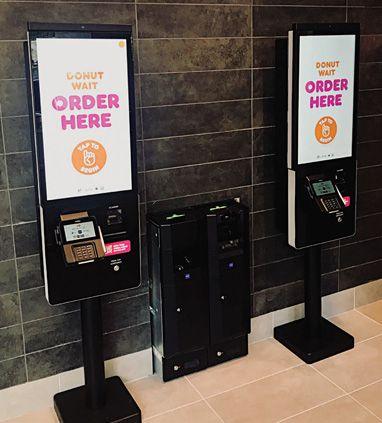
TODAY’S CONVENIENCE-DRIVEN CULTURE
is propelling significant revenue for interactive kiosks. It is an industry expected to nearly double to $45 billion worldwide by 2028, according to Statista.
Customers are embracing self-service technology and the benefits of a faster, easier journey. Two out of every three of them prefer having a frictionless, self-service option. It’s easier and, in an era of an ongoing pandemic, it’s safer.
Not only that, there is real, measurable business value in kiosks and selfservice: Restaurants witness a 30 percent increase in average check size when creating a frictionless order option. It’s why restaurants we work with— from McDonald’s to KFC to Dunkin’ and Burger King—choose to accelerate their business through self-service technologies.
Acrelec’s deep knowledge of the quick-service and fast-casual industry has allowed it to evolve its expertise to the next level and provide leading-edge kiosk solutions. The company’s fully customizable technological advances, wide range of kiosks, and global support infrastructure make the difference and are why global brands have given Acrelec their trust.
Specifically, here are three ways restaurants can up their game with self-service ordering and help drive growth.
With Acrelec’s cloud-based deployment tool, restaurants can deploy apps for integration with all major POS providers. They enable hardware and software for both Acrelec and third-party applications and effortlessly manage device fleets remotely with the power of a cloud-based deployment tool called the ACRELEC Transformation Platform (atp). Acrelec monitors hardware,
Learn
peripherals, and software operations so restaurants receive alerts even before they realize there’s an issue.
Creating a personalized digital ordering solution is a great way to build customer loyalty, increase average check size, and reduce order time. Acrelec’s Product Recommendation Engine harnesses AI to drive growth and better performance with personalized product recommendations. The flexible digital ordering engine enables AB-tested content strategies and UI analytics.
Acrelec uses wireless Bluetooth technology to help restaurant crews easily locate and serve customers when their orders are ready. It reduces downtime and increases customer loyalty. With a simple wireless installation, the fully customizable Acrelec Table Service solution can be quickly put to use to meet the unique needs of a restaurant—all with minimal crew training.
Once online, the system uses complex algorithms fine-tuned over thousands of live implementations to easily find guests, whether they are waiting outdoors or inside. The crew member can then click on the highlighted number on the behind-thescenes monitors to visualize and serve the customer a frictionless experience. Advanced table service technology Acrelec provides reduces customer wait time by 20 seconds per order.
As a one-stop solution, Acrelec makes it easy from start to finish to restaurants looking for technology suites that offer a seamless, efficient self-service experience. Instead of working with multiple suppliers, which can cost time and money, Acrelec is the single source for customers, providing the hardware, software, and service to assist throughout the entire journey. RET
Restaurants witness a 30 percent increase in average check size when creating a frictionless order option.
Bring operational efficiencies to your restaurant and elevate your self-ordering experience with ACRELEC’s kiosk solutions, equipped with Glory Cash Payment Systems. The industry leader with over 80,000 installations worldwide, ACRELEC’s innovative technology and personalized AI-driven ordering optimizes your customer journey while increasing the average check by up to 30% more.
acrelec.com/kiosk | marketing.KIOSK@acrelec.com
Copyright 2021 Acrelec. All rights reserved.
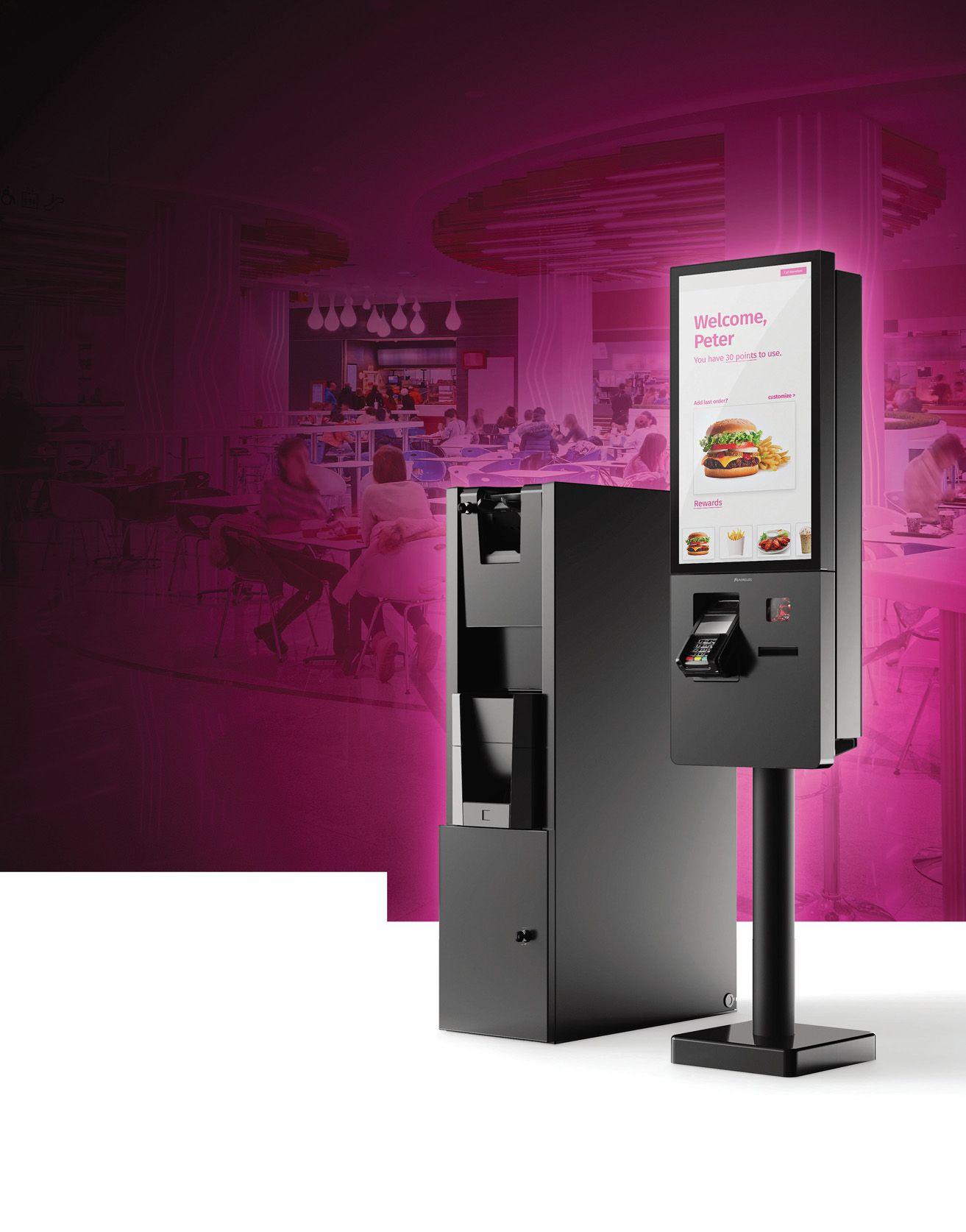


CALIFORNIA-BASED FRESH MEXICAN CONCEPT SHARKY’S was already in the process of implementing self-service kiosks in early 2020. Unfortunately, its previous vendor became a pandemic casualty, which left Sharky’s scrambling to get the program up and running in time to meet consumers’ new takeout and offpremises ordering demands.
Thankfully, a member of the Sharky’s executive team heard about a kiosk solution receiving rave reviews from fellow restaurant operators, and reached out to Bite—which was able to get a pilot kiosk program in place within 90 days.
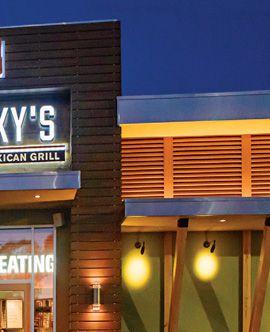

Like most restaurants, Sharky’s is navigating the labor shortage and looking for innovative solutions to solve its staffing problems. Self-service kiosks help make the most of labor costs—not replacing human employees, but allowing them to redeploy their time in more useful ways.
“Some operators may measure their success by the fact that they can replace a human employee with the kiosk, but that’s not our goal,” says David Goldstein, COO for Sharky’s Woodfired Mexican Grill. “We believe deploying that team member within the restaurant to either generate revenue in other ways or find ways to increase hospitality is vital.”
Particularly in California—where 23 of the brand’s 24 franchise locations are located—redeploying staff members is not only part of a “hospitality first” mindset, it’s a critical tool to increase revenue. Goldstein and his team not only wanted the Bite Kiosk venture to be cost-neutral, they wanted it to be a profit center. Initially, it was a matter of guest convenience, but they quickly saw how it could help increase overall sales and ROI.
“California and specifically Los Angeles are dealing with COVID restrictions not present in other parts of the country, so our dine-in business is not as strong as it was prior to the pandemic,” Goldstein says. “To have a team member go around the dining room and ask if customers would like another beer, sangria, or dessert is very helpful and helps offset our labor costs.”
This approach is working: Since instituting Bite Kiosk in two
pilot stores in July 2021, 12 percent of Sharky’s orders now come through self-service kiosks. The average price of to-go entrees increased 12.9 percent, dine-in entree orders increased 8.7 percent, and overall check averages for in-person dining increased an impressive 28.9 percent.
“Bite’s suggestive selling tools are very helpful,” Goldstein says. “It shows customers menu items they may not be thinking about.”
Sharky’s currently runs Bite Kiosk in three locations and will roll out the program to its additional 21 stores in the second quarter of 2022. Goldstein says they would have rolled out the program sooner, but the team decided to wait until after September’s quarterly franchise meeting in order to fully inform franchisees about all aspects and features of the Bite Kiosk solution.
Pre-pandemic, the Sharky’s team worried about kiosks taking away from the hospitality level they are known for. Instead, it’s only upped the customer satisfaction factor.
“Guests can order fresh food exactly the way they want it,” Goldstein says. “In the end, that’s always our goal.” RET
To learn more about how kiosks can help your restaurant, visit the Bite website.

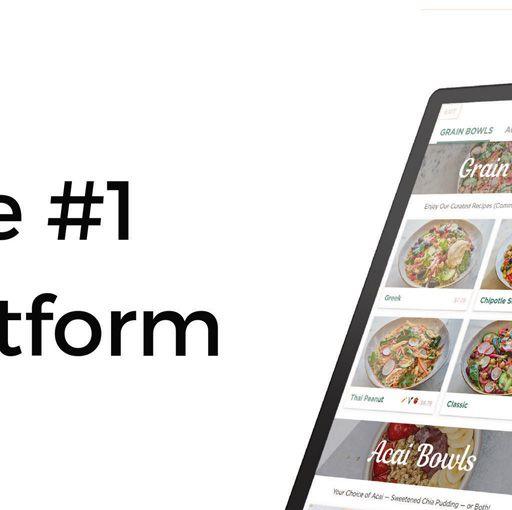

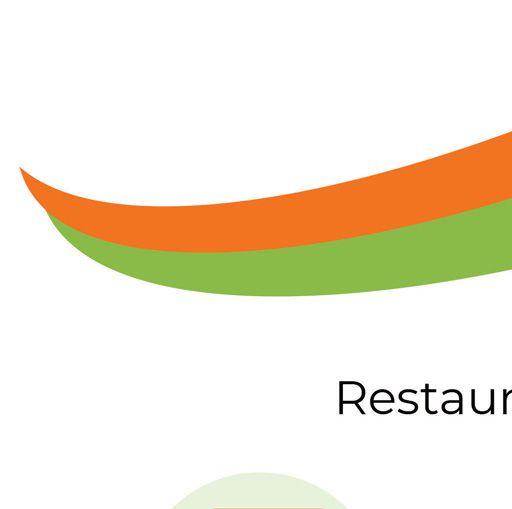
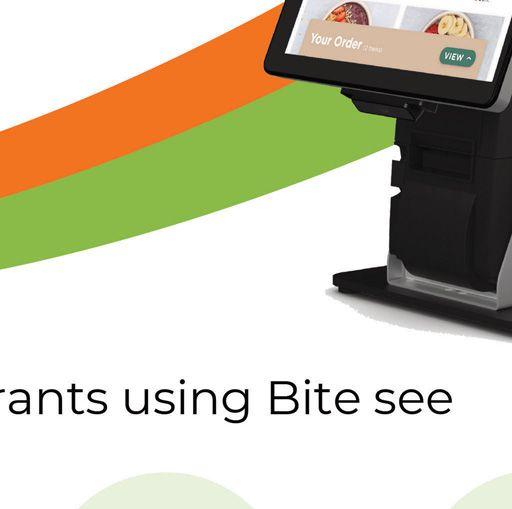


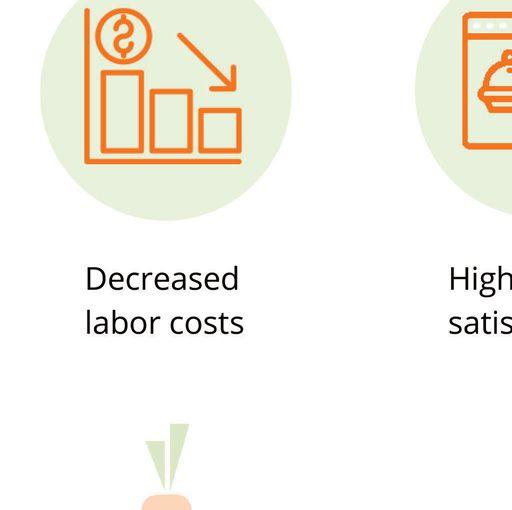

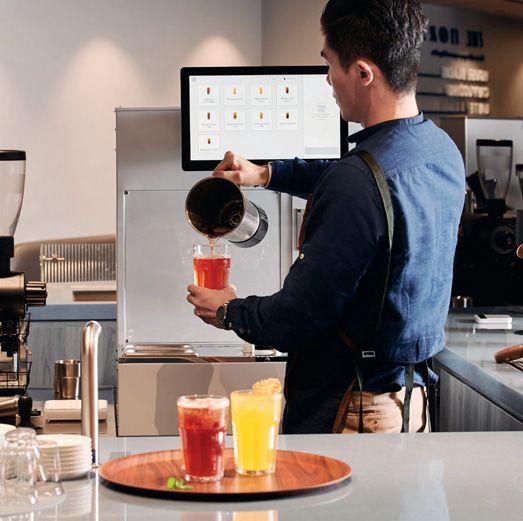 BY PEGGY CAROUTHERS
BY PEGGY CAROUTHERS
RESTAURANTS OFTEN FOCUS the bulk of their culinary efforts on creating distinctive food selections. Yet while many operators know beverages offer better margins than food products, unique housemade beverages can also provide an easy way to increase menu diversity and guest satisfaction, as well as to drive sales.
“Craft beverages allow operators to provide elevated offerings to their guests to improve the experience, as well as charge a premium,” says Sean Hsu, CEO of Botrista. “And with decreasing soda sales, brands can provide additional options to guests. Drinks can also be an asset for off-premise occasions, as operators can increase check size by offering guests something they can’t find at home.”
Additionally, because fountain drink sales have slowed in recent years, specialty beverages that feature functional or healthy ingredients can offer restaurants a chance to recapture those add-on sales.
Ike Shehadeh, owner of Ike’s Love and Sandwiches, is a Botrista customer. “The drinks we created specifically for Ike’s are such a great fit for us and it adds to the overall experience of Ike’s,” Shehadeh says. “We’ve seen that people are coming in just to get the beverages—we’re adding extra visits.”
Despite these benefits, some operators have been reluctant to roll out specialty programs, because they have traditionally been difficult to manage in-house. Not only do they require prep, a bar, and labor to execute, but keeping staff up-to-date on LTOs and ensuring each beverage is consistent from shift to shift can be challenging. However, now, with Botrista’s automated drink dispenser technology, any restaurant can offer premium beverage upgrades without increasing operational complexity.
“Botrista is your beverage partner—we go beyond offering brands the equipment,” Hsu says. “We’re here to support restaurants. With the high quality of our craft beverages, operators can charge more for these premium options versus sodas and other beverage options, leading to larger check size and larger penny profit for each transaction.”
Though Hsu notes that “robotics” and “automation” can sound intimidating, Botrista’s DrinkBot makes crafting specialty
beverages—and earning those add-on sales—easier than ever.
“Our mission is to make craft beverages more accessible and affordable by reducing or removing all of those obstacles,” Hsu says. “The Botrista DrinkBot’s patented technology allows operators to offer a mini-cafe in just 5 square feet. Ingredients are prepackaged in a bag-in-box (bi b) format and connect to the DrinkBot, which automates the measuring, dispensing, and mixing of ingredients to deliver freshly crafted beverages.”
Botrista’s flexible BiB format allows restaurants to easily offer choices for their beverage menus, including beverages such as infused iced teas, flavored lemonades, iced coffees, sparkling beverages, and more.
“I love that our staff doesn’t need to remember how to make the drinks—all they have to do is push a button,” says Shehadeh. “So simple.” RET
To learn how you can simplify your specialty beverage program and boost sales, visit botrista.io.
Add revenue streams with craft beverages for every daypart. Infused iced teas, avored lemonades, iced coffees and more!

Botrista leverages easy-to-use equipment (the DrinkBot) alongside a line of ingredients (BiBs) to deliver endless choices.

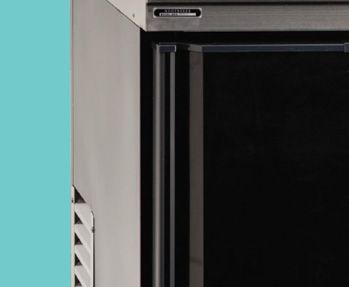
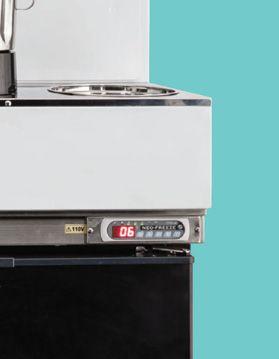

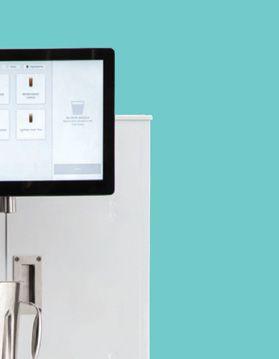
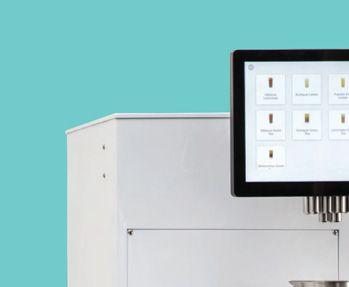
Automated. Limit labor and waste
Flexible. Customized menu and recipe options

Small. Reduced footprint at 5 sq. ft.
Quick. Order to pour in just 20 sec
Intuitive. Easy to use interface
Learn more at www.botrista.io or contact us at sales@botrista.io

craft beverage choices without the full bar.
BY 2035 California will stop selling new internal combustion passenger vehicles to help curb climate change— a sure sign electric vehicles are going mainstream.
Quick-serve restaurants have looked for ways to reduce carbon, including launching menus featuring plant-based meals. Now, a California Taco Bell is about to offer patrons electric vehicle (ev) charging stations powered by ChargeNet Stations. It’s a move that clearly makes sense for the environment, but, surprisingly, it also helps reduce the restauranters’ energy costs.
The first ChargeNet Stations’ units that incorporate solar energy storage and EV fast charging, along with a smart optimization platform called ChargeOpt, are about to be unveiled at a San Francisco Taco Bell with nearly 80 more already slated to open later this year. ChargeNet Stations offer EV drivers a near 100-mile charge in 15 minutes or less for about $10.
The software innovation converts a restaurant’s parking lot into a profit center by creating and storing reusable energy. It’s a ‘win-win’ for consumers, restaurant owners, and the planet. Consumers are attracted by convenient locations and affordable fast charging. Restaurant owners generate new business and save 20-40 percent on their electric bill by using energy generated by the ChargeNet Stations.

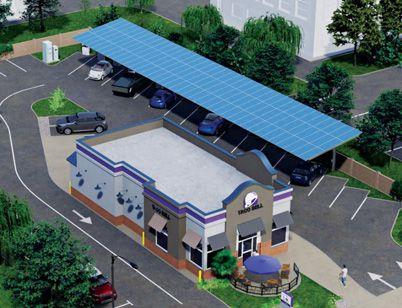
“This helps solve a huge demand problem we know is coming,” says ChargeNet Stations CEO Tosh Dutt. “Right now, EV charging is a ‘planned’ chore. It can take longer than filling up at a gas
station, a good location can be hard to find, and not everyone has a spacious garage to use as a charging station. What we’re doing is creating a seamless opportunity for a quick charge at a convenient place for a good price— and it’s good for the planet.”
Installation requires only one additional meter to support the charges but doesn’t require utility service upgrades. With the special service model and government incentives, Diversified Restaurant Group, the first to debut the ChargeNet Stations in California, will pay nothing upfront while pocketing a portion of the revenue generated from the chargers.
Each parking lot is equipped with six fast-charging stations, which sit under a solar array rooftop. Customers pull into the space, plug in, and order their meal.
Dwell times, which can be a pain point for EV owners and concern for operators, are smartly managed with rapid recharging capabilities and carefully targeted incentives. In the event of a power failure, restaurants can use the stored power to continue operations. No maintenance is required. If a charger or solar panel malfunctions or needs to be replaced, a service provider is dispatched the same day.
The software also consolidates data from a brand’s native app and point of sale to build an anonymized consumer profile for each EV driver. This means based on past orders operators can target promotions and obtain metrics about which menu items EV drivers prefer, further adding benefits for restaurant operators. RET
To learn more, visit chargenetstations.com.
“ What we’re doing is creating a seamless opportunity for a quick charge at a convenient place for a good price—and it’s good for the planet.”
• Create new revenue from EV charging
• Lower your energy cost
• Drive customers to your location via our customized ChargeNet app
• Extend your loyalty program to EV drivers
• No cost to YOU!
Chargenet uses EV fast chargers, solar carports and energy storage that integrates with your point of sale systems to turn your unmonetized parking lot into several new revenue streams.

Get a FREE assessment: sales@chargenetstations.com
For more information: www.chargenetstations.com
MENDOCINO FARMS, a 46-unit sandwich brand based in California, has seen increasingly strong sales over the past couple of years.
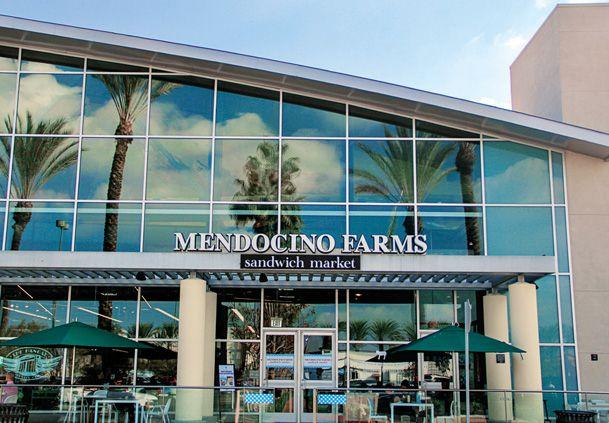
This sales growth has led to expansion for the brand, which plans to open 10-13 more stores in 2022. But expansion brings new challenges, says Brian Pearson, chief technology officer at Mendocino Farms. One of those challenges has been managing an ever-expanding network of store units and the associated pieces of equipment.
“As our volumes have increased, we’ve definitely seen opportunity in some of the original equipment we’ve purchased,” Pearson says. “Obviously, the volume is a good thing, but we need to make sure we add resilience to some of the processes and equipment to handle it. Being able to mine for that data is absolutely crucial.”
It’s why Pearson and the team at Mendocino Farms reached out to Ecotrak, an enterprise software startup founded by former restaurant operators and executives. Ecotrak creates seamless repairs and maintenance requests to a network of reliable vendors if and when equipment needs attention.
For example, if an oven malfunctions, the store manager creates a service request in a matter of seconds from a mobile app. That request initiates a brief troubleshooting process to make sure the issue needs professional attention. If and when it does, a technician is called to perform service and the system automatically creates an invoice.
But what Pearson and his team especially love about Ecotrak is the platform’s ability to help leverage analytics and guide datadriven decisions. These insights are part of Ecotrak’s lifecycle management system, wherein each piece of equipment is input into the platform and the software aggregates information like whether or not the equipment is still under warranty, or the maintenance it has received in the past.
“Prior to using Ecotrak, we were ‘guestimating’ the age of our equipment, using our gut instead of analytics,” says Gene Davis, senior director of facilities at Mendocino Farms. “Now we’re able to look at the age and the value of the equipment and that helps
us figure out if it should be repaired or replaced. It also helps in another way, where instead of having to repeatedly repair a piece of equipment for the same reason over and over, maybe you say, ‘Hey, look at what Ecotrak is telling us. This might not be the right piece of equipment for us.’”
Ecotrak has made Mendocino Farms more efficient at what it does best—serve great sandwiches to its loyal customers while expanding its footprint further and further—but it’s also made team members’ lives a whole lot easier, Pearson says.
“That’s such a huge part of this—there’s a quantitative ROI, and we believe this has already paid for itself in the six months or so since we implemented it,” Pearson says. “But there’s also a qualitative ROI—we’ve improved the quality of life of our employees, as well as ourselves. Ecotrak has given us a wealth of data and created invaluable change and helped scale our model for growth— it’s hard to put a price tag on that.” RET
For more on Ecotrak, visit ecotrak.com.
“Prior to using Ecotrak, we were ‘guestimating’ the age of our equipment, using our gut instead of analytics.”





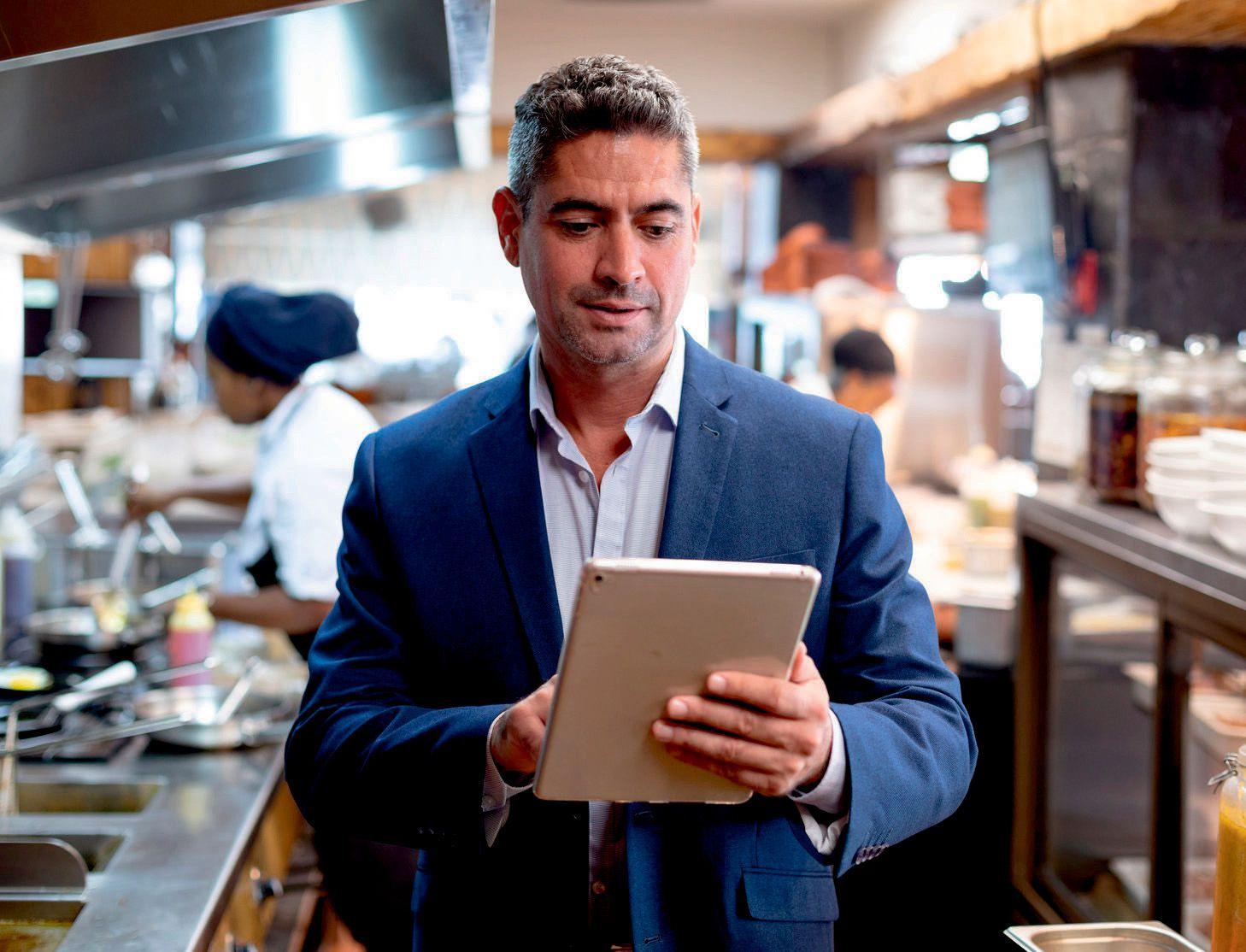
Three-month pilot program showed positive results.
MANY QUICK-SERVICE OPERATORS struggle with understanding their overall profits and losses across multiple locations. By integrating loss prevention software into a point-of-sale system, multisite operators can now get the whole story. The data produced by the software can help drive a strong ROI.
In fact, a three-month pilot program conducted by a quickservice group, along with the implementation of Envysion’s EnVR software, generated a profit improvement of over $1,400 per restaurant per month. “The 44-site pilot achieved more than a 10X return on their investment,” says Matt Umscheid, CEO of Envysion, a Motorola Solutions Company.
The pilot revealed four common key attributes that drove success.
The 44-site pilot results proved that strong business leaders who used Envysion’s technology and proprietary insights outperformed the control group. It showed that both leadership and great tools are crucial in building a positive culture, and in turn, improving customer engagement and satisfaction.
Accountability starts from the top. To be successful, every layer of an organization should play a part in the execution of the technology, from regional management to store-level leadership. The quick-service group saw organizational team effort and accountability lead to improved operational performance, driving a positive shift in overall culture.
Labor shortages are not going away, so improving the overall culture of a brand will guide a positive shift in operational measures such as reducing shrink, increasing margins, and increasing profitability.
Ease-of-use is a hot topic—leadership, operations, and management teams do not have time for complex systems or the desire for extra work. The goal is for restaurants to run smoothly while keeping up with consumers’ expectations rather than spending days learning how to use new systems.
Before the launch, the quick-service group attended a
two-hour training on Envysion’s intuitive technology. Leveraging Envysion’s industry expertise, the group was able to build actionable reports. The team understood how to access the reports and analytics and committed to a 5-to-10 minute review via their mobile device at the start of each day. In addition, daily email alerts highlighted both known and unknown operational issues which kept them engaged and maintained their focus.
Immediate access to highly actionable information is critical for busy operators. Every week during the pilot, the group met for 30 minutes to review any outliers in the data. Using technology in an organized and consistent manner quickly identified the outliers where operational practices were not performing to a level of expected standards. By addressing the issues and operational outliers, there was a noticeable improvement in each location’s internal culture.
At the end of the three months, the data from the locations using the Envysion software compared to the control group showed a significant difference. The Envysion users saw an improved food cost, an average $1,230 growth in recorded drink transactions, and fewer employee meals which drove a significant increase in overall ROI. RET
To learn about improving profits, visit Envysion.com.
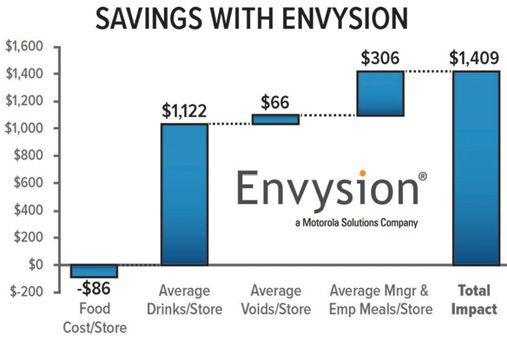










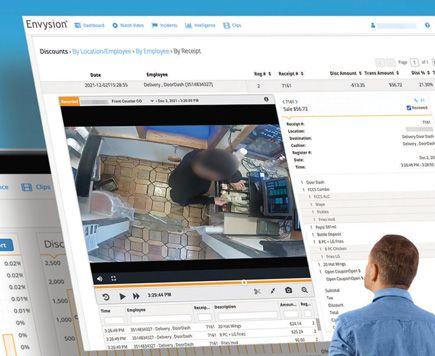



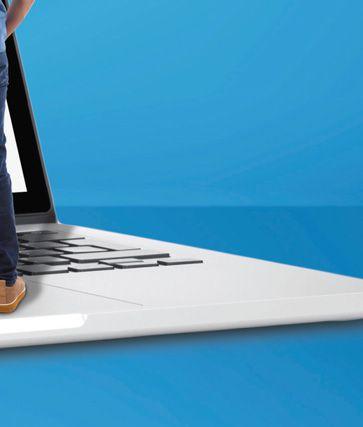




FOR QUICK-SERVICE RESTAURANTS, getting cooking oil where it needs to go can be messy, dangerous, and challenging. But like so much of the industry, oil management is undergoing a massive makeover thanks to new advances in technology.
One such tech solution is offered by Frontline International, a company that helps its clients take what was once a people-andbuckets operation and streamline it into a network of self-contained piping, tubes, vats, and tanks. The end result increases employee safety and restaurant profitability all at once.
“There is no longer any reason for a human to ever come into close contact with hot cooking oil again,” says Zack Palazzo, director of sales for Frontline International. “We accomplish this by leveraging an engineering acumen developed to customize equipment—and the associated plumbing—to fit into a multitude of spaces and scenarios. Unlike other providers, these are no cookiecutter solutions.”
For the past two decades, Frontline International has taken pride in the philosophy that “no job is too tough,” and “no mission is impossible.” The company builds oil management solutions for businesses ranging from a convenience store chain with limited space, to a challenging commercial kitchen on multiple levels or floors, or a major quick-service restaurant chain with large and small stores alike.
Here are a few anecdotes offered by Palazzo that helps give insight into the “no mission is impossible” philosophy of Frontline International: When MAFSI member rep firm Sun Marketing Agents called for help because a major U.S. theme park needed oil to travel 400 feet, uphill, through an underground tunnel, Frontline made it happen by redesigning its pump stations to increase pressure.
When a casino needed its oil plumbing lines to zig-zag through
the ceiling, a competitor installed ineffective tubing that sagged and gathered debris, creating blockages. Frontline came to the rescue with a custom-designed highway of rigid piping that got the job done.
When a major tech company wanted the cooking oil access lines for its employee food court to be invisible from the outside, Frontline redesigned their placement. When a top 25 U.S.-based hamburger chain needed to integrate grill grease into its waste-oil collections program, Frontline made it happen then implemented the solution across the chain’s global footprint.
These solutions were created quickly and efficiently and became permanent for the respective customers. Frontline was even able to nearly double the capacity of its EZ Oil fresh bulk dispensing system to accommodate the needs of a single customer. Plus, these updates were executed lightning-fast, in a mere two weeks.
“We are the experts when it comes to the complexities of installation engineering,” Palazzo says. “We install with zero disruption to your business, even if you’re a 24/7 operator. Whatever the size or shape of your space, whatever your business hours or volume, when we handle an installation, we bring the experience and know-how to get you up and running quickly.” RET
For more on custom oil management solutions, visit frontlineii.com.
One company has solutions for restaurants of all types and says, “No mission is impossible.”
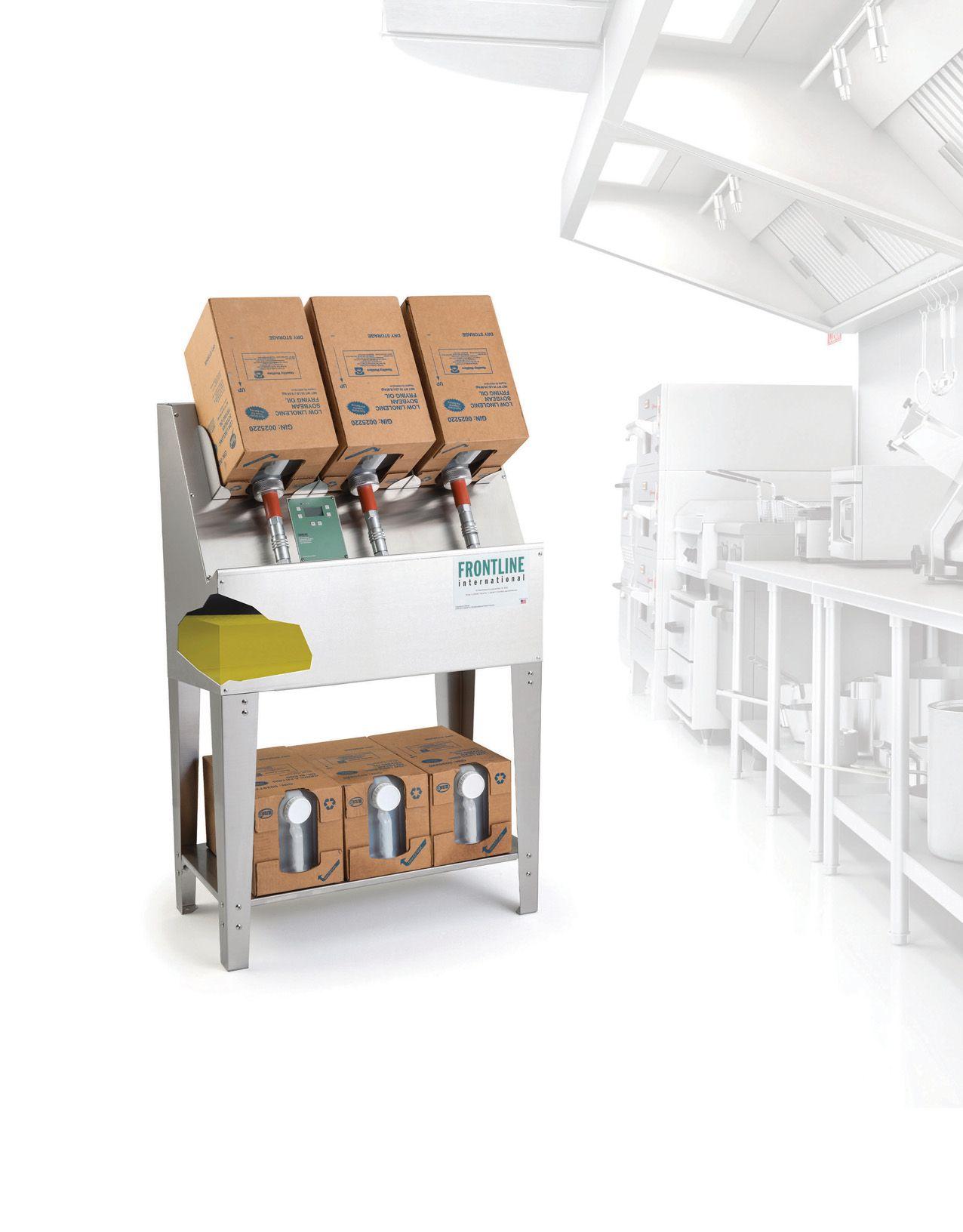









experience and service speed. The relationship between operators’ revenue and their speed is clear; according to operations research, quick serves typically experience about a 1 percent revenue jump for every seven-second improvement in service speed. The average quick-service restaurant, for example, makes $1.6 million in sales per year. With Hellometer’s 47-second improvement, the average restaurant would see more than $100,000 in additional revenue each year.
Hellometer saves operators more than a few dollars “right out of the gate,” Popper says, by sparing them the hefty expense of installing and maintaining vehicle loop timers, small wires buried in the ground to monitor orderboard and window times. The process requires digging up concrete to install, which can cost thousands of dollars. However, with Hellometer’s AI timer, operators only need to install a camera.
GUESTS COME FOR THE FOOD, but return for the service. Computer vision platform Hellometer helps quick-service operators make sure timely service is always, well, coming right up.
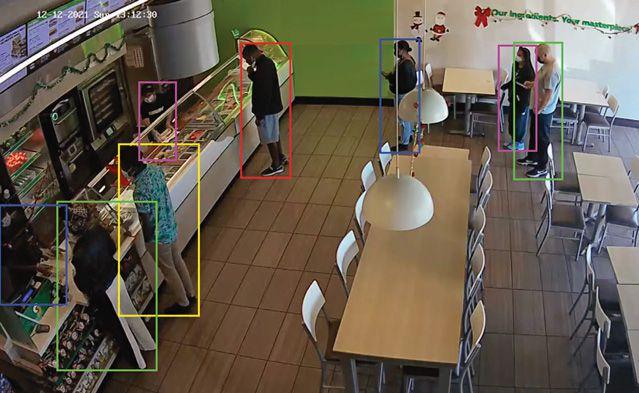
Hellometer—the first AI machine learning drive-thru timer— helps operators grow revenue by monitoring and then reporting each guests’ service speed with the use of cameras to improve customer service times, says CEO Alex Popper. “While traditional timers are inaccurate, incomplete, or both, Hellometer looks at the entirety of the guests’ experience from the moment they pull into the lot.”
He explains that restaurants are seeing an average of a 47-second improvement per guest interaction after implementing Hellometer. “It tells operators where and when they have a problem, say breakfasts on Tuesdays and Thursdays, and helps identify the root causes, for example, failing to help guests navigate the orderboard,” Popper says.
Where before you were lucky if a customer wrote a complaint, operators can now have total visibility into their guests’
If you don’t operate a drive thru, no problem. Hellometer also works in the dining room and offers the same granular service speed metrics. “We track each guest from the moment they come through your door and report the entire service experience: how long they stand in line and how long they are spending in ordering, paying, food prep, and so on,” Popper says. It’s a drive-thru timer for your dining room, “which has always been a good idea; there just has never been the technology to reliably accomplish it.”
The cherry on top? Hellometer is also a fully featured video surveillance solution which provides HD video that can be viewed from anywhere. “For the price you are probably already paying for surveillance, Hellometer offers the world’s best drive-thru timer, the world’s only dining room timer, and a full security solution.” What’s more, Popper says that because Hellometer is priced at the cost of surveillance solutions typically used by quick-service restaurants, his customers often find that they actually save money by switching to Hellometer.
More than just faster service, one of the big differences Popper says he sees in his customers’ data is consistency. Once a brand adopts Hellometer “guests learn to associate expediency with your brand and know they’ll receive consistent fast service at any of your locations.” RET
To begin your two-month trial, visit hellometer.io/20.
Computer vision platform Hellometer helps restaurants boost speed of service.
BY CHUCK GREEN
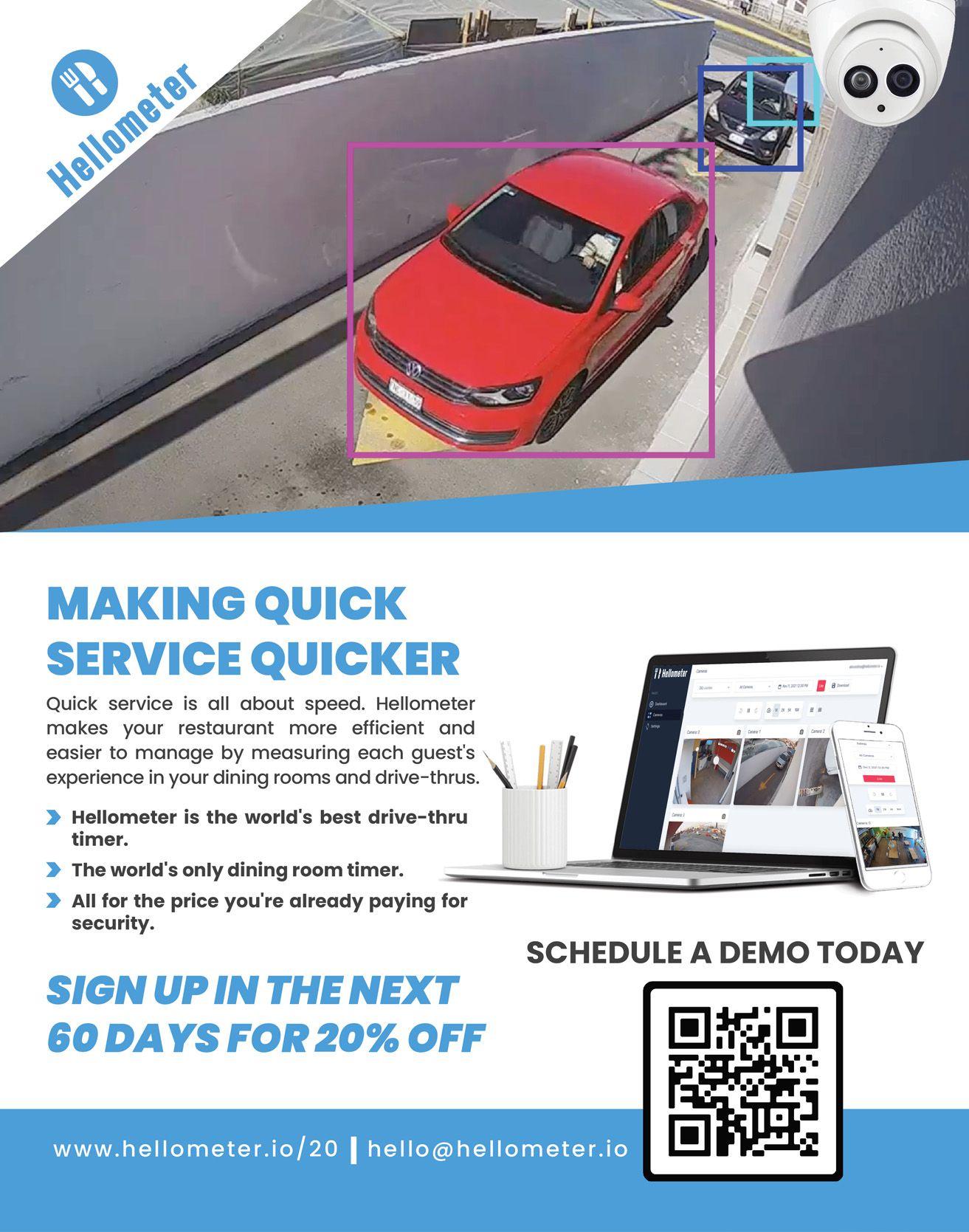
stored-hot-water systems,” Deivasigamani says. “These systems have stagnant water that promotes growth of harmful bacteria, like Legionella. Our systems don’t store water, and that alone eliminates those dangerous bacteria strains.”
WHILE THE RESTAURANT INDUSTRY was slow to adopt technology in many cases, the pandemic turned all of that on its head. Industry headlines have begun to detail how the future is here in many ways, as new tech platforms have been implemented to make restaurants more efficient at virtually everything they do. One area that may have largely been left out of that conversation is the hot water heater, where many restaurant brands are still using archaic technology to maintain a reliable hot water stream. Legacy water heaters are often massively inefficient. Consider that the U.S. Department of Energy reports that Americans waste two million Olympic-size swimming pools of water each year—and that’s just while they wait for water to warm up.
Cumbersome, inefficient machines aren’t the only way to do business, says Sridhar Deivasigamani, who is the founder and CEO of Intellihot, a company that builds tankless hot water heaters that are revolutionizing the way all types of businesses, including restaurants, obtain a reliable and steady supply of hot water. And what type of business needs a reliable and steady supply of hot water more than a restaurant?
“Ninety-nine percent of the market today uses gigantic,
Bacteria is just the beginning of the challenges that are solved by Intellihot’s tankless hot water heaters, which have won numerous awards for being best in class. First and foremost, Intellihot’s systems also help lower operating costs. The tankless water heater isn’t working when it doesn’t need to, so the system isn’t draining power trying to stay at a certain temperature when a restaurant is closed. In fact, the Intellihot iN199 Neuron can save restaurants up to 40 percent in energy costs.
The systems also cut back on needless pollution. In fact, since Intellihot was founded in 2009, the company’s units have logged 450 million hours of operation and have cut 6.6 billion pounds of CO 2 emissions—that means the tankless water heaters are a great way for restaurant brands to achieve their 2030 pledges aimed at decarbonization.
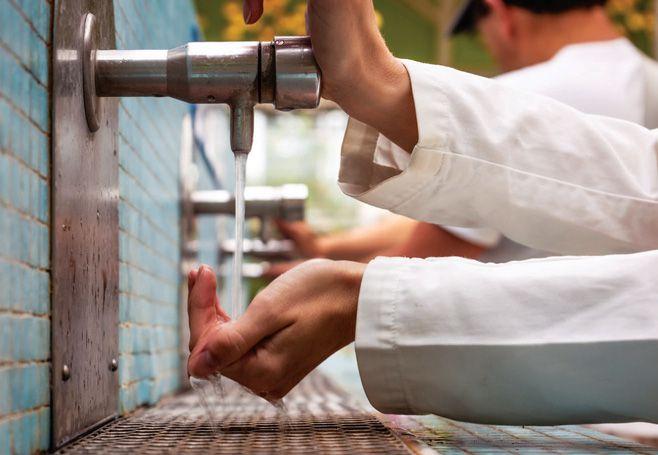
Finally, Intellihot’s suite of tankless water heater products use artificial intelligence to analyze their own performance, monitoring output and predicting when parts will need to be serviced or replaced. These metrics help turn water heating into yet another area where the restaurant industry is becoming increasingly efficient.
“Instead of worrying about the water systems and hoping they don’t quit at the worst possible moment, operators can relax knowing the Intellihot unit will inform them of any impending issues that could lead to a breakdown,” Deivasigamani says. “Preventive maintenance can be performed without any loss of service, all in an efficient, environmentally friendly package.” RET
For more on tankless water heaters, visit intellihot.com.
The solution is far more efficient than its predecessor.
The company’s units have logged 450 million hours of operation and have cut 6.6 billion pounds of CO2 emissions.

















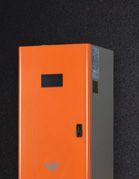
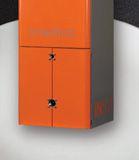

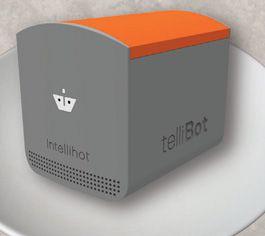







THOUGH 2021 WAS MARKED BY CHALLENGES, 2022 is already shaping up to present its own concerns. Here are a few of the complications restaurants will face in the coming year—and how to solve them.
Restaurants faced labor challenges prior to the pandemic, but difficulties with recruitment and employee turnover, increasing wages, and management concerns have only grown more challenging. It’s no wonder many brands have begun automating repetitive, low-value tasks to reduce costs and boost efficiency.
“The biggest issue now isn’t just the cost of labor, it’s the lack of labor,” says Lenny Evansek, senior vice president of national retail business development at Loomis. “Many companies realized they probably won’t get those employees back. GMs and assistant managers are now performing frontline worker duties in the kitchen, counter, and drive thrus. They are racing to find technology to replace talent.”
One task ripe for automation is cash management. Rather than managers manually counting drawers with staff, creating deposits, and taking those deposits to the bank, some brands are turning to smart safes, such as Loomis’ SafePoint Titan line. These safes automatically count and secure cash until an armored car picks it up, saving managers 45 minutes to an hour and a half per day while receiving provisional credit through Loomis’s partnership with hundreds of banking partners, Evansek says.
Like restaurants, banks have had to reckon with the pandemic. Most have optimized their national footprint and closed many rural and suburban branches. In response, restaurant managers must drive farther or reduce the number of deposits per week to save time or change banking partners. While Evansek says it’s not uncommon for larger operators to have five or six banking
relationships, it is difficult for smaller and mid-sized chains and franchises to juggle the same number of banking relationships.
Meanwhile, in an effort to streamline their own operations, many banks have also increased fees for over-the-counter deposits.
“Some restaurant operators have said their fees were raised by as much as 50–200 percent,” Evansek says. “While in the past it was often less expensive for managers take cash to the bank despite the loss of productivity, between the cost of labor rising and the increase in banking fees—which are often cheaper for virtual deposits than deposits from individual businesses—it’s now more cost- and time-effective to use a solution like SafePoint.”
Though accepting cards is important, the fees credit card companies charge to process transactions are a larger drain on the bottom line than it seems.
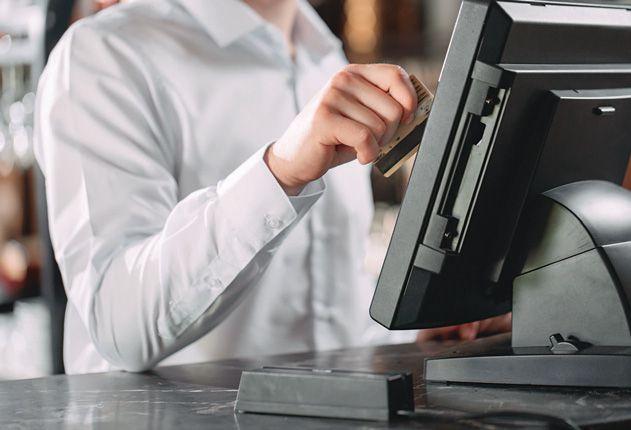
“Credit card companies have been quoting the cost of cash as 9 percent of sales, whereas credit card fees are 2.5 percent, but that is blatantly false,” Evansek says. “With a solution like SafePoint, an operator’s cost of cash is 1 percent or lower, which is less than half the cost of credit card transactions.”
While restaurants face numerous challenges heading into the new year, automating routine tasks can help improve efficiency while helping them save money. RET
To learn more about automating your cash management operations for 2022, visit loomis.us/restaurants.
Labor and financial strain pose ongoing challenges, yet restaurants can address both.
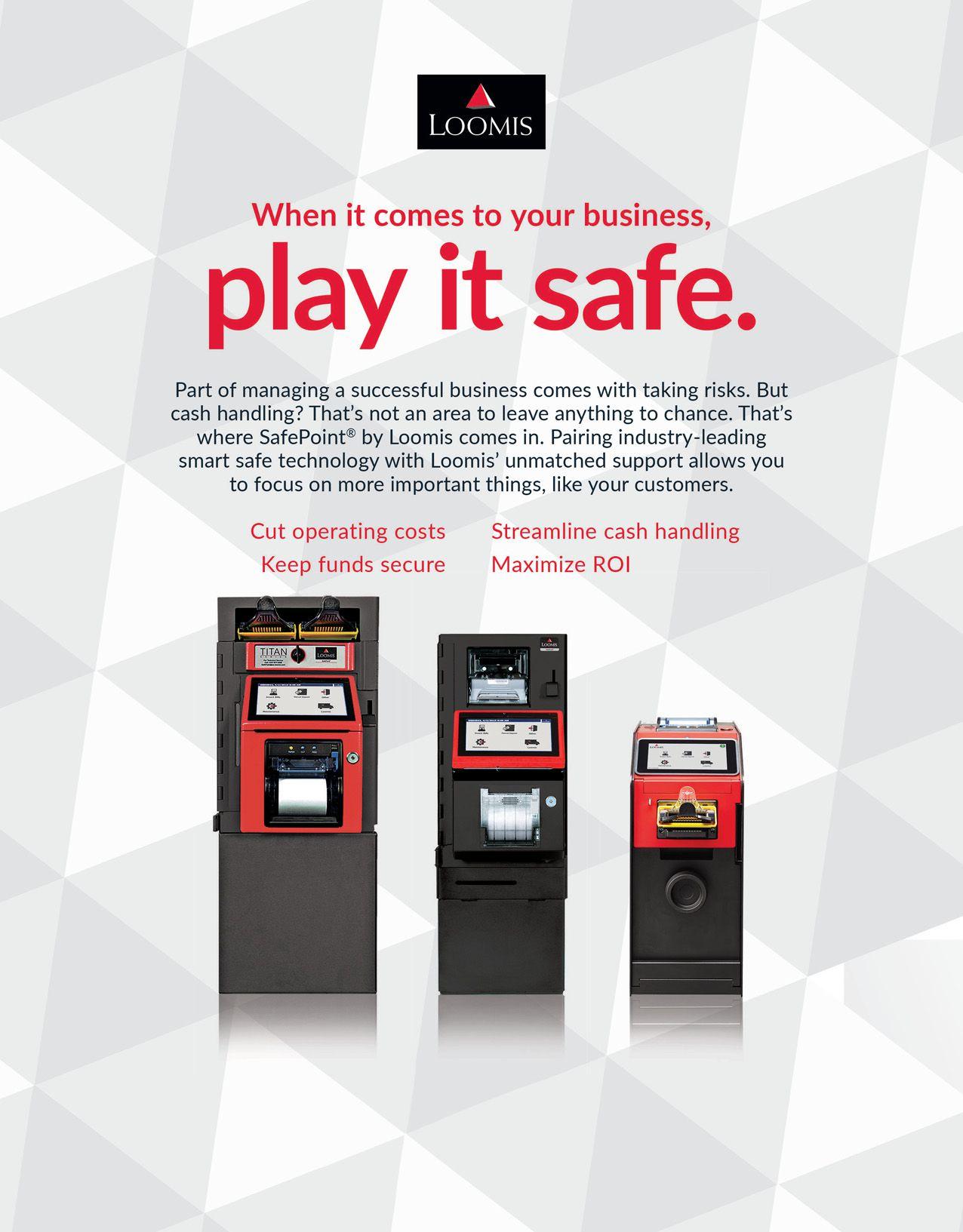
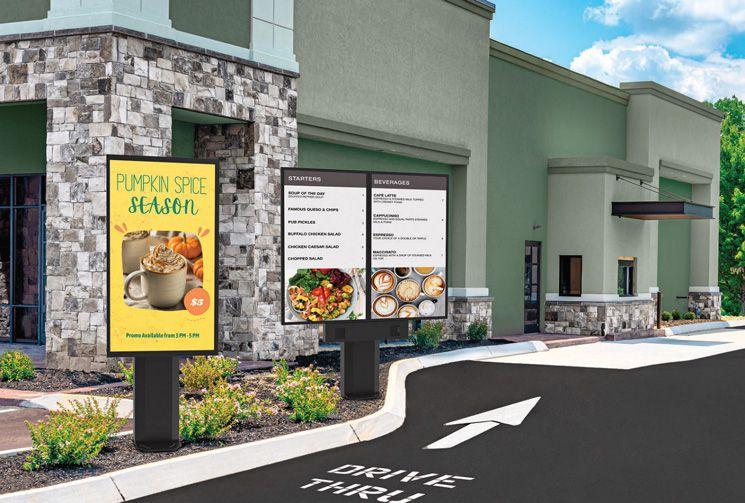 BY CHARLIE
BY CHARLIE
signage is the ability to quickly update as many menus as a brand might have. That helps ensure upto-the-minute brand continuity across locations, as well as showcase things like new menu items or LTOs.
Digital menuboards also help speed up service. According to the 2021 QSR Drive-Thru Study, drive-thrus with digital menuboards had an average service speed that was over 38 seconds faster than locations that were not equipped with digital menuboards. Total time at the drive thru—from the moment a car enters, to the moment it leaves— was about 33 seconds lower at stores with digital menuboards than at stores without them.
NO MATTER WHAT THE FUTURE of quick-service restaurants looks like, it’s safe to assume drive thrus will be a major player in the landscape. Statistics have long shown that at least 70 percent of sales occur at the drive-thru window, and that number jumped upward of 90 percent for many brands during the pandemic. Now, drive thrus are being used to help facilitate other off-premises channels like third-party delivery pickups.
This is all great news for operators who already have experience in facilitating efficient drive-thru transactions, and one of the tools helping to drive that efficiency is the digital menuboard. Once a luxury for some brands, digital menuboards are becoming the standard, says Jeff Blankensop, senior director, central region at Peerless-AV.
“Digital menuboards not only maximize sales revenue, but they also boost profits and improve upselling conversion as the boards are able to be updated in real time to influence customer decision making at the point of sale,” Blankensop says.
A first and major advantage digital signage has over static
And while overall cost has been a roadblock in making the transition from static to digital signage, Blankensop is happy to report that digital signage has become more affordable of late. He adds that the money saved not having to regularly replace menu items and other graphics make digital signage an investment worth making.
Furthermore, the days of signage that may be compromised by the elements are over, Blankensop says, thanks to Peerless-AV’s new Outdoor Digital Menu Boards. The displays are weather resilient, easy to install, and pop with vivid graphics.
“Peerless-AV has the experience, expertise, and capability to manufacture a single unit, or thousands of units to the leading brands in the quick-service world,” Blankensop says. “We’ve worked on such projects for brands that include McDonald’s, Chick-fil-A, and Dunkin’. With best-in-class universal outdoor digital menuboards to catch customer attention, your restaurant is guaranteed to benefit from reduced wait times and increased order efficiency and customer satisfaction—a winning combination to stay ahead of the game in the competitive fast-food landscape.” RET
For more information, visit peerless-av.com.
POGACAR
“Digital menuboards not only maximize and improve upselling conversion.”
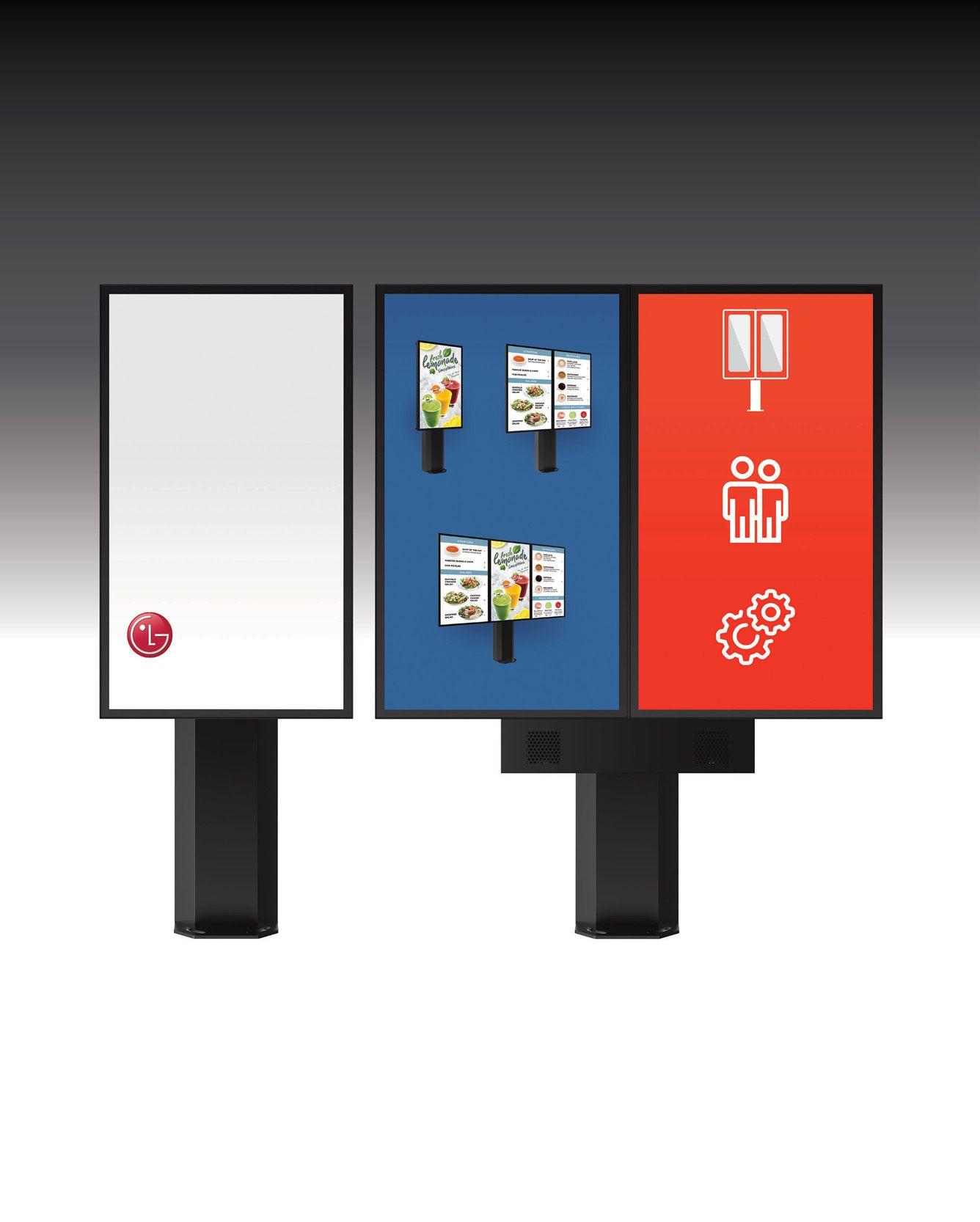
CONFIGURATIONS
SINGLEDOUBLE
Sleek Design
Easy, Two Man Installation
Add-On Technology Options
Peerless-AV’s NEW Outdoor Digital Menu Boards are interchangeable for leading 55" outdoor display brands, and can support from one to three displays, to offer maximum flexibility at the best value. Whether you prefer LG, Samsung, or Peerless-AV® outdoor-rated digital signage displays, we have the right enclosures for you. Let our digital signage experts help you create a fully integrated drive-thru solution with a variety of options, such as a speaker/microphone kit or media player shelf, to fit your specific needs.
Ready to place your order? Learn more at peerless-av.com
IT WAS ANOTHER TRYING YEAR IN THE INDUSTRY. While drive-thru traffic at most quick-service restaurants remained sky high, various other factors threw wrenches in what may have otherwise been a home run of a year for many brands—inflated prices, labor costs, as well as other looming side effects stemming from the pandemic created massive headaches across the industry.
With so many costs and expenditures out of their control, some operators began to invest in solutions that would offer some semblance of predictability. For example, repair plans offer an efficient and costeffective option to help ensure equipment is always up and running.
R.F. Technologies, Inc., a drive-thru headset repair company with five service centers across the country, has seen an increase in quick-service locations and franchisee groups using their repair programs for these very reasons. R.F. Technologies’ repair plans are customized to fit a restaurant brand or franchisee group’s needs and priced accordingly.
“Our repair programs provide customers peace of mind,” says Steve Symonanis, vice president of marketing with R.F. Technologies, Inc. “The programs offer customized coverage that fit the specific need for the number of locations and equipment you have.”
Another reason Symonanis believes interest in repair plans has gone up is due to the increased demand in the drive-thru space. That demand makes it more critical than ever to make sure equipment is up and running.

“Staffing is always an issue in the quick-service restaurant industry, but that’s especially true now,” Symonanis says. “You might have store owners or managers working the register or working on the grill. That really makes it difficult to train everyone on how to properly use and take care of the equipment, which, in turn, can cause an increase in needed repairs.”
Equipment repaired by R.F. Technologies, Inc. is completed and shipped back to the restaurant location in 24 hours of it being received at one of the company’s five locations. Operators needing equipment repairs—whether on a repair program or not—can go to the company’s website, rfdrivethru.com, to get a free shipping label to use to send in their damaged equipment. The labels are automatically addressed to the nearest R.F. Technologies, Inc. location to help provide for the fastest turnaround time.
“This is our core competency,” Symonanis says. “We understand that operators don’t have time to be waiting around for equipment—they need it yesterday. That’s how we conduct our business. We have been working with restaurant operators for over 30 years, acting as a lifeline for over 150,000 quick-service restaurants during that time.” RET
For more information, visit rfdrivethru.com.
How headset maintenance can become a controllable expense.
need for the number of locations and equipment you have.”

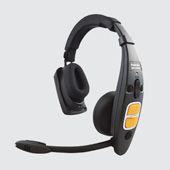

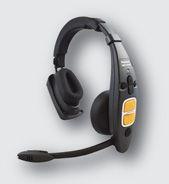
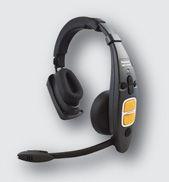

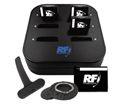


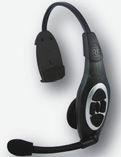




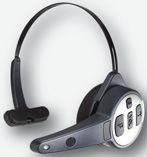



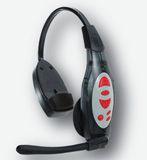
WITH THE GROWTH OF CLOUD KITCHENS, online ordering systems, and contactless payments, 2021 has brought a sea change to the way customers connect with food. Successful restaurants are using technology to drive revenue from both sides of the counter, and there’s no better return on investment than a highly available team that provides swift resolution to common technology problems which otherwise would result in disruption and loss of revenue.
Science On Call, the 24/7 Help Desk For Restaurants, is a subscription service supporting national brands like Popeyes and more, bringing rapid resolution of the technology challenges that cost the owner money and waste the staff’s time. By simply scanning a QR code, employees are met with multi-channel options to connect with active support team members, even on nights and weekends.
“Internal IT staff can be expensive for a growing franchise group,” says Andy Freivogel, CEO of Science On Call. “Third party IT consultants would rather be splitting their time between dentists’ offices and law firms. Science On Call speaks restaurant,
and we work restaurant hours. That’s why operators are trusting us to support their stores.”
Drive-thru sales skyrocketed at the onset of the pandemic and remain a key source of revenue. When a drive-thru terminal or credit card reader stops working, that threatens margins directly. A single, 45-minute service disruption can easily cost a business $800–1200. Science On Call agents leverage a knowledge base of proven resolutions to curtail these incidents into five-minute outages, saving businesses thousands over the year.
The average first response time from a recent study of many technology companies was over seven hours, an eternity during the lunch rush. Science On Call responds to texts, phone calls, and emails within minutes, connecting restaurant staff to a real person who knows the restaurant’s tech-stack.
“Some of the most common challenges these days include disruptions with credit card readers and offline terminals,” Freivogel says. “Restaurant staff are not IT people: They don’t know whether the problem is related to Internet connectivity, hardware failure, or software problems. Asking an already-stressed keyholder at your restaurant to diagnose these issues on their own and then spend hours on the phone with a POS company or Internet service provider breaks the model of an efficient restaurant. Giving those employees—a restaurant’s most important asset—a single number to call for any technology challenge is a game-changer.”
Partnering with a 24/7 tech support team like Science On Call means employees can focus on their food, guests, and throughput.
Based in Chicago, Science On Call supports 46 brands nationwide, from cloud kitchens to small coffee shops to large fast-food chains, solving 99.5 percent of all tech issues remotely.
Says Kyle Glanville, founder and CEO of Go Get Em Tiger, “Science On Call is reliable, cost-effective geniuses. They are essential to our operation.” RET

Instant access to technical expertise boosts restaurant efficiency.
“Science On Call is reliable, costeffective geniuses. They are essential to our operation.”
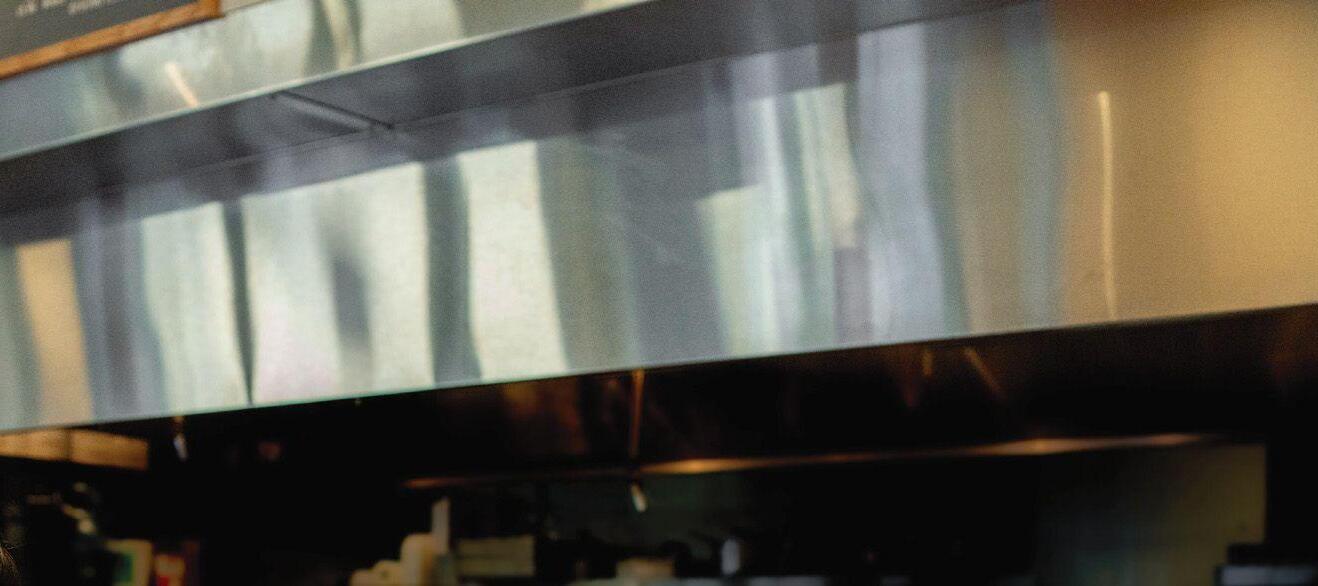







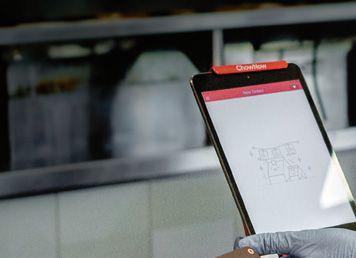






transparency into each kitchen. KitchenConnect also helps upload, update, or program new recipes into ovens, fryers, and other cooking appliances across a brand’s footprint with a single press of a button, overcoming a major labor expense of manually updating menus and recipes. The progress of those updates can then be tracked to ensure rollouts were successful.
Perhaps the biggest upside of KitchenConnect is that ROI is measured on a customized dashboard to help brands understand how to get the most out of their equipment. For example, a Frymaster deep fryer unit monitors both the oil quality and KPIs related to oil management, which can save brands an estimated $4,000 per year per fryer. The data informs employees when the oil should be changed, or maintenance is needed, enhancing equipment up time and improving food quality.
THE ONGOING LABOR SHORTAGE many brands are dealing with has led to many headaches—being short staffed affects a restaurant’s ability to provide the guest experience operators strive for, with food quality and customer service being compromised at times.
Brands are seeing positive results by making the switch to a connected kitchen, with smart equipment united under the same cloud-based solution—like Welbilt’s KitchenConnect. These digitally connected pieces of equipment are easier to oversee and train employees to operate.
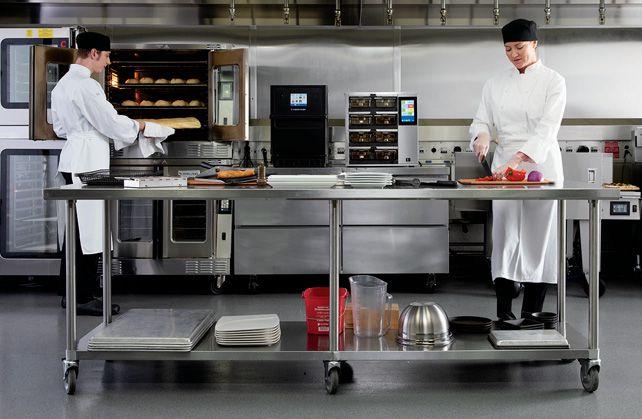
“We work with customers from large, to mid-size, to independent restaurants,” says Omar Omran, senior director of KitchenConnect, a division of Welbilt. “What more than 90 percent of them are looking for from their cooking equipment is three things: They want to increase profitability, decrease the amount of time machines are being serviced, and ensure that their food is the highest quality it can be. KitchenConnect unlocks the power to do all of those things.”
Pivotally, KitchenConnect helps centralize data pertaining to cooking equipment so that multi-unit brands can have more
“KitchenConnect is the leader in the industry in using AI to produce data that shows the major ROI our customers receive,” Omran says. “We also now have the world’s first AI-powered combi oven from Convotherm for fully automated cooking. This technology allows the oven to visually recognize what food is being loaded into the oven and automatically cook the food to spec.”
There’s also this—every time KitchenConnect rolls out an update, the equipment gets smarter. Whereas non-connected equipment precipitously loses value over time, the value of KitchenConnect equipment remains high because the machines actually get better at what they do with each update.
Not only does all of this help make restaurant brands less dependent on experienced employees, but it also makes their work less stressful. That can help retain talent at a time when it’s hard to do, and is yet another way operations are becoming more efficient with KitchenConnect.
“Brands have to make coming to work feel exciting, and digitizing your kitchen is a way to address that,” says Maribeth Kelly, manager of marketing and communications services at Welbilt. “The more exciting things like this there are, the more your employees are going to stick around. And with our sustainability effort, KitchenConnect will be planting one tree per connected equipment.” RET
For more, visit welbilt.com.
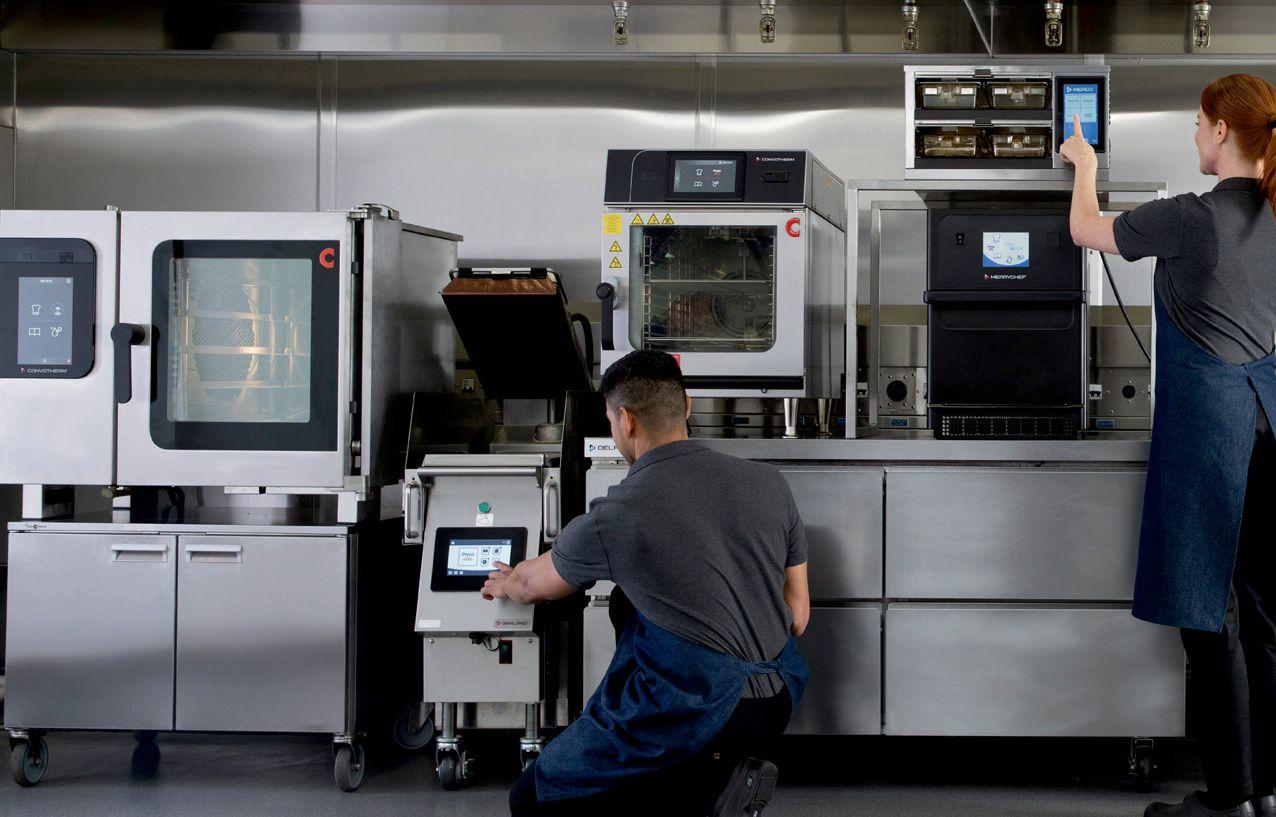






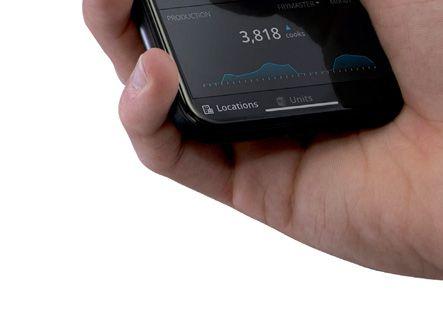
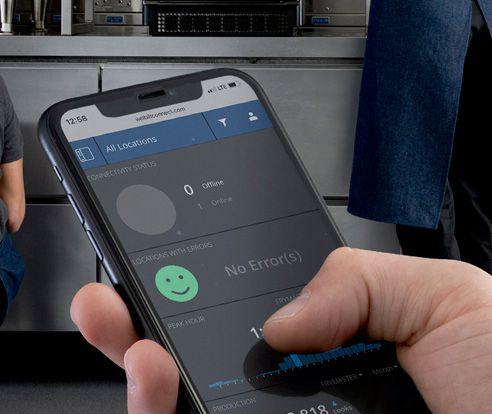
Operators report a return on investment in as little as nine months after installing this solution.
THE DRIVE THRU HAS LONG BEEN the lifeblood of the quick-service industry, but the pandemic helped refocus the attention of consumers and operators alike on the importance of an efficient drive-thru operation. Anything that helps speed up transactions, increase order accuracy, and help brands better serve their customers has mutual benefit to quick-service brands and their loyal followers.
Xenial (pronounced zee-nee-ul) is a single technology platform that offers “end-to-end, enterprise-ready restaurant solutions, customer engagement tools, and global reach,” says Tracy Gallimore, vice president of sales with Xenial.
“While others have been talking about the ‘drive-thru of the future,’ we’ve been building it,” Gallimore says. “Xenial NextGen Drive-Thru gives you full visibility into your growing drive-thru channel, along with an integrated set of tools to drive sales. It’s all powered by our patent-pending NextGen Drive-Thru Controller, which can give brands a return on investment in as little as nine months.”
According to Gallimore, here’s how Xenial’s Next-Gen Drive-Thru Controller can help increase velocity and sales within a drive thru.
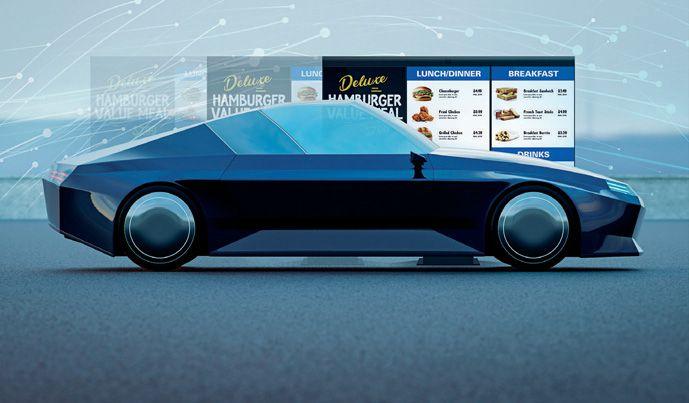
The system helps capture speed of service metrics in any facet of an operation’s drive thru with a timer system that is powered by cameras and artificial intelligence (ai). Xenial’s clients reduce drive-thru times by about 12 seconds or more when leveraging the company’s technology.
Brands can manage rising labor costs and address labor shortages with the system’s voice assistant (“bot”)-driven ordering and self-service kiosks, helping replace labor once done by employees.
Restaurants enjoy an increase in average check size using AI-driven automated upselling, along with bright, engaging
displays that connect the brand to consumers. Xenial’s clients report a 2.5 percent boost in overall sales and 2 percent increase in both LTO and combo-meal upsells.
The payment process can be simplified and sped up by using QR codes that help drive the customer to an online payment platform.
Xenial’s Next-Gen Drive-Thru Controller helps unite an ecosystem of products under its platform, including AI-enabled voice
ordering, a recommendation engine, and camera-based timer, along with ports for drive-thru hardware such as base station, mic, speaker, and OCU.
“With over 30 years of experience, Xenial has a direct presence in 62 countries, serving 51,000 locations and another 110,000 cloud merchants, including 20 of the top 50 quick-service brands in the U.S.,” Gallimore says. “Our namesake comes from the Greek word for hospitality and that’s a reference to our obsession to power your enterprise’s hospitality success. We would love to connect with your brand and help introduce our solution for the future of the drive thru.” RET
For more information, visit xenial.com or call 855-936-4251.
“While others have been talking about the ‘drive-thru of the future,’ we’ve been building it.”

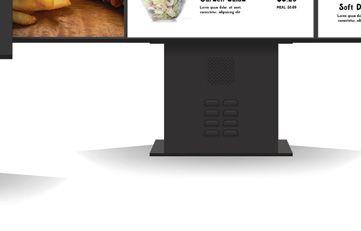
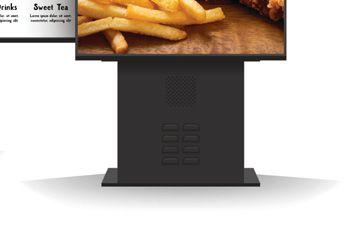

















For more information on these companies, visit www.QSRmagazine.com/connect/




A.B. Data ...............................................9 800-983-6533 | ChickenCommercialSettlement.com

Accurate Box ........................................10 973-345-2000 | accuratebox.com
Atmosphere TV ....................................15 512-729-5133 | atmosphere.tv
Coates Group .......................................33 312-364-1365 | CoatesGroup.com
Delphi Display Systems ........................37 714-825-3495 | DelphiDisplay.com

Ecolab ....................................Back Cover 800-529-5458 | sciencecertified.com
Energy Solut ions ....................................3 714-787-1098 | caenergywise.com/instant-rebates
Ghirardelli ............................Inside Front 800-877-9338 | ghirardelli.com
Intrepid Direct Insurance ........................6 877-249-7181 | intrepiddirect.com


Mike’s Hot Honey .................................27 212-655-0574 | Mike’sHotHoney.com/sample
Mrs. T’s Pierogies Foodservice ..............21 800-743-7649 | mrstsfoodservice.com
National Sign Systems ............Inside Back 800-544-6726 | nationalsignsystems.com
NorthAmerican Bancard .......................39 866-481-4604 | NYNAB.com

Restaurant Technologies ......................23 888-796-4997 | rti-inc.com

RF Technologies ...............................5, 80 800-598-2370 | rfdrivethru.com

Simplot ...............................................13 800-572-7783 | https://go.simplotfoods.com/delivery
Texas Pete ............................................17 TexasPeteFoodservice/FlavorsForTheRoad
Vito Fryfilter ........................................29 847-859-0398 | vitofryfilter.com
Worcester ...........................................44 800-533-5711 | Shortening-Shuttle.com

RESTAURANT EQUIPMENT & TECHNOLOGY ......49-79 Acrelec..........................................50-51 877-337-9737 | acrelec.com/kiosk
Bite Kiosk .....................................52-53 getbite.com
Botrista .......................................54-55 800-542-6190 | Botrista.io
ChargeNet ....................................56-57 858-381-0458 | chargenetstations.com
EcoTrak ........................................58-59 888-219-0000 | ecotrak.com/qsr

Envysion ......................................60-61 877-258-9441 | envysion.com
Frontline International .................62-63 877-776-1100 | frontline.com
Hellometer ...................................64-65 hellometer.io/20
Intellihot ......................................66-67 866-447-0209 | intellihot.com

Loomis ........................................68-69 713-435-6700 opt.2 | loomis.us/restaurants
Peerless ........................................70-71 peerless-av.com
RF Technologies ............................72-73 800-598-2370 | rfdrivethru.com



Science Retail ...............................74-75 312-521-0016 | scienceoncall.com
Welbilt .........................................76-77 877-375-9300 | welbilt.com/KitchenConnect/About
Xenial ...........................................78-79 855-936-4251 | xenial.com/solutions/drive-thru


